
Ingalill Wahlroos-Ritter, FAIA
Teaching Manifesto
I believe that education is an act of social justice and the most profound transformational power in our society. Education empowers students to exercise their unique voices and provides them with the most direct path of upward mobility to creative professional lives. Fundamental to this vision is the crafting of learning environments that are accessible to all. This means identifying and breaking each barrier our students face in their educational pathways.
Excitingly, architectural education provides students with tools to amplify their diverse voices in service to a greater good, as well as unparalleled opportunities to act. This is the beauty of the discipline: that the education of an architect opens doors to careers we cannot even begin to imagine. Investing in architectural practice suggests a commitment to the profession as well as a method of applying knowledge. The word ‘practice’ is, of course, both noun and verb. It is about action. It implies doing something, not just dreaming something. Speculation must be underpinned by an ability to execute. To be a leader requires more than skill and knowledge. It also requires directed vision and the belief that architecture can improve the human condition.
Throughout my academic career I have fostered learning environments focused on student success. In all of my teaching - design studios, building technology courses, history & theory lectures and professional practice seminars - I seek to inspire my students to leverage the power of architecture to make the world a better place.
Woodbury Student Folio
This first folio of student work includes work from a range of studios I have taught at Woodbury, from 2nd year through capstone. The variety of projects reflect the unique backgrounds, skills, design methods, ideas and perspectives of the students who have chosen to address radically different problems: homelessness, affordable housing, climate change, gender inequity, renewable energy, the plight of refugees. What these students clearly share, however, is the desire to make a difference.
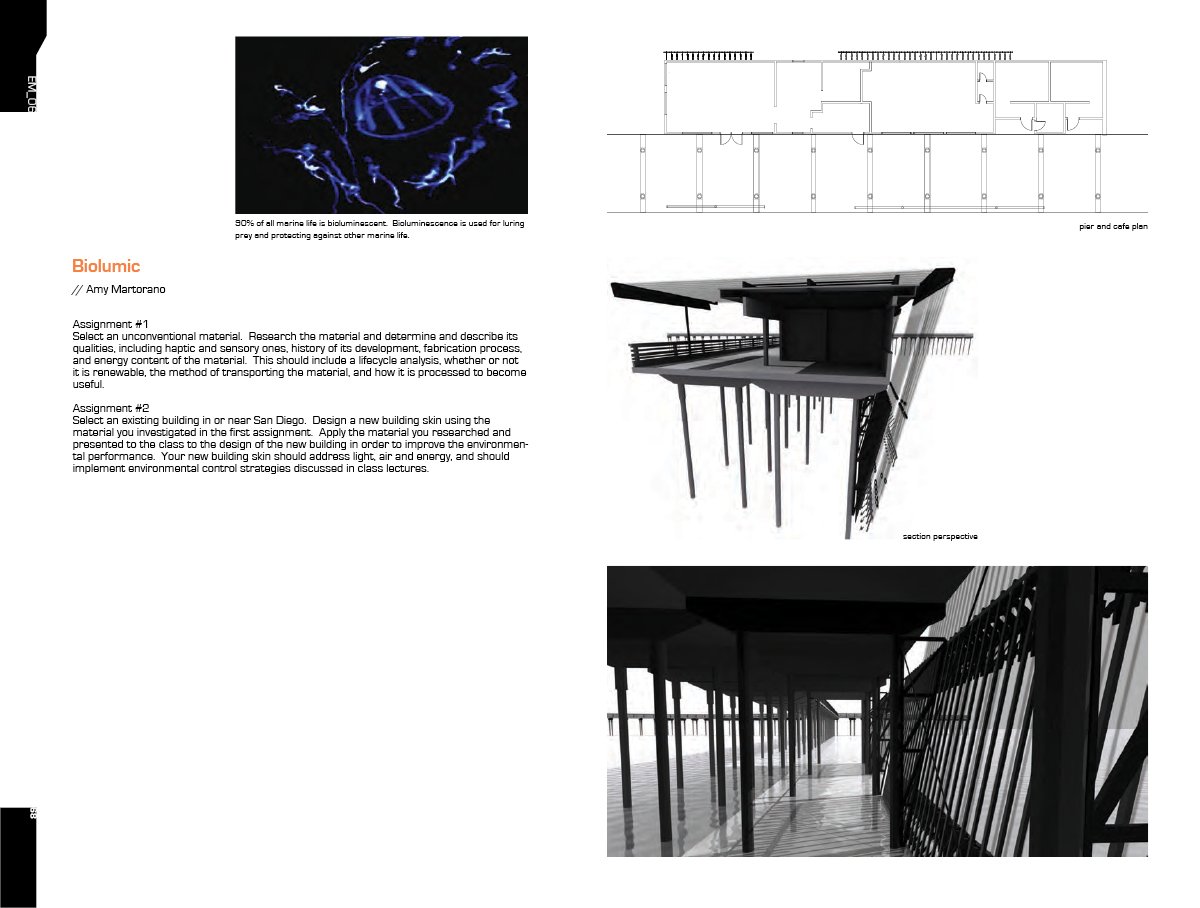
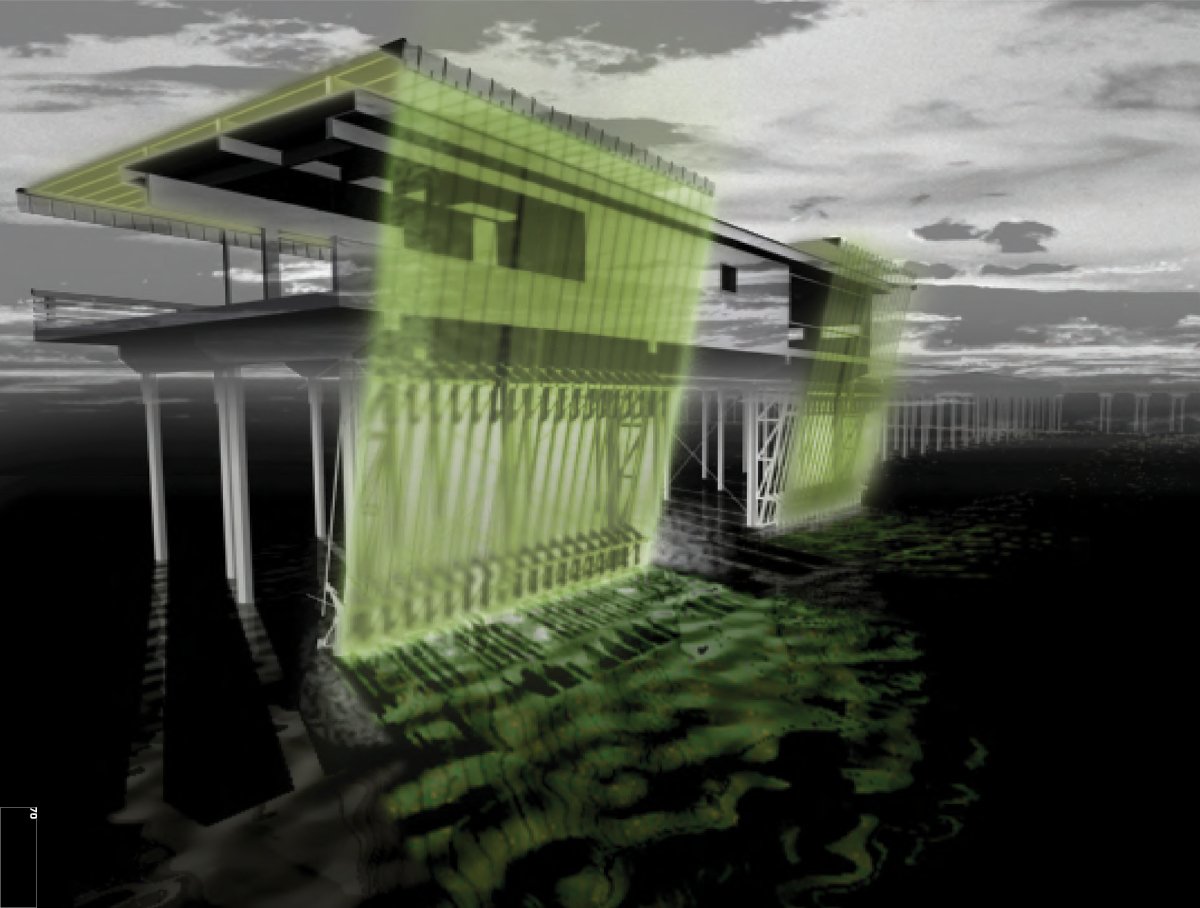

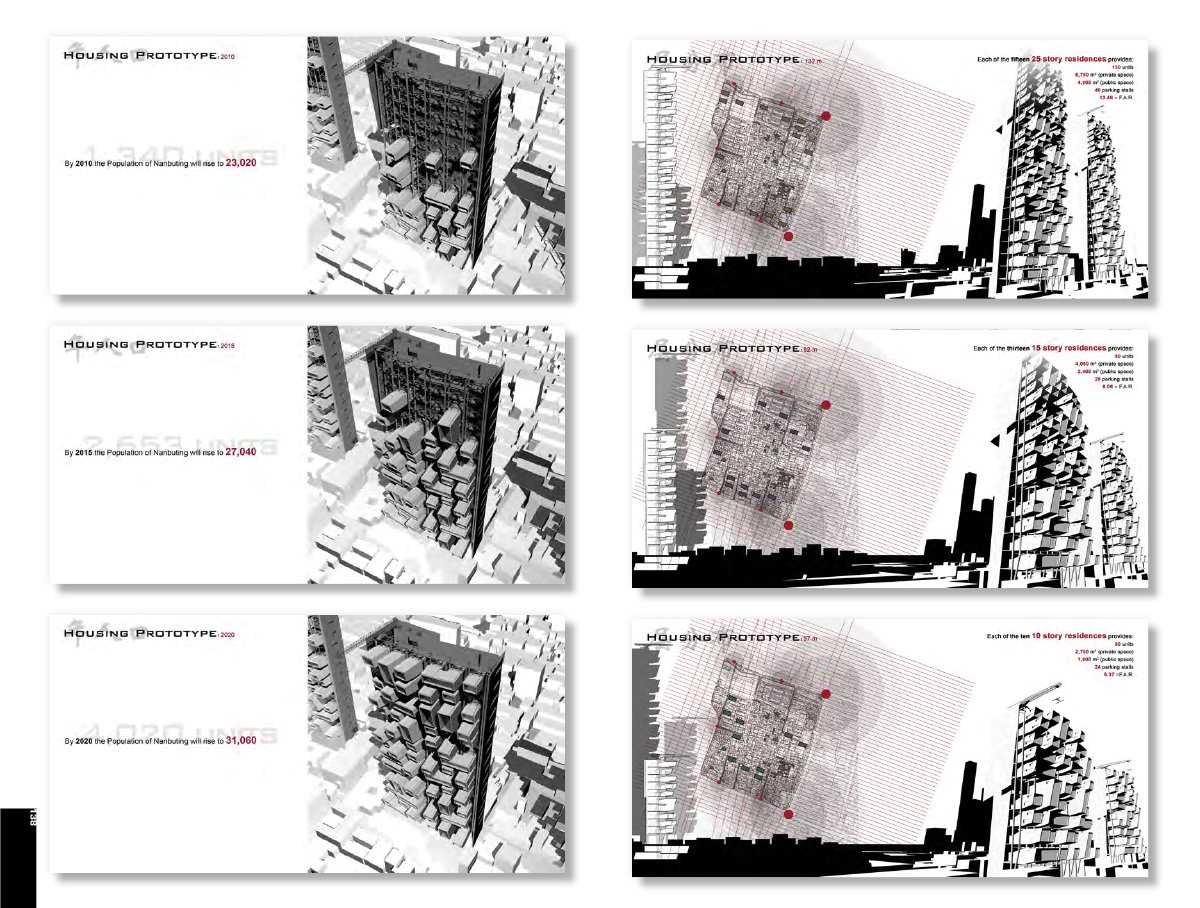
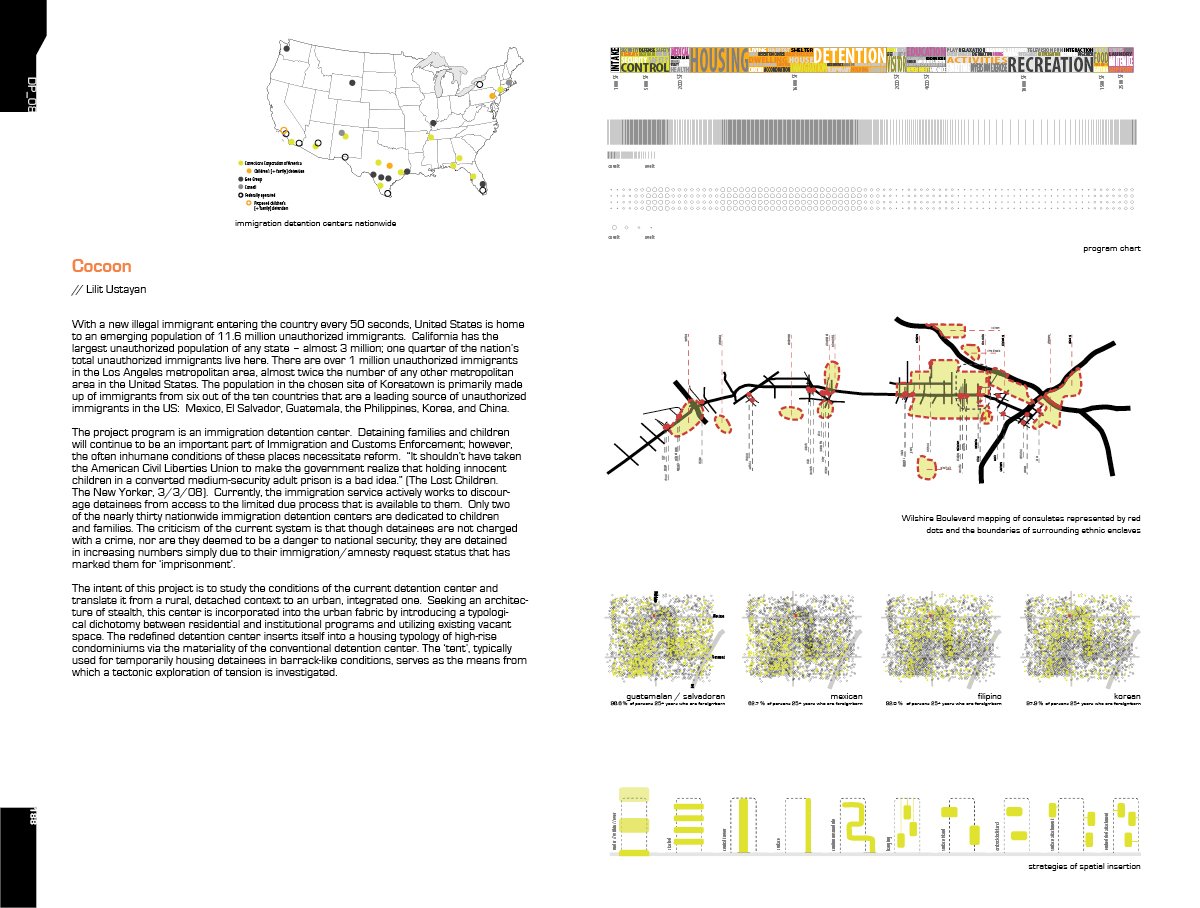

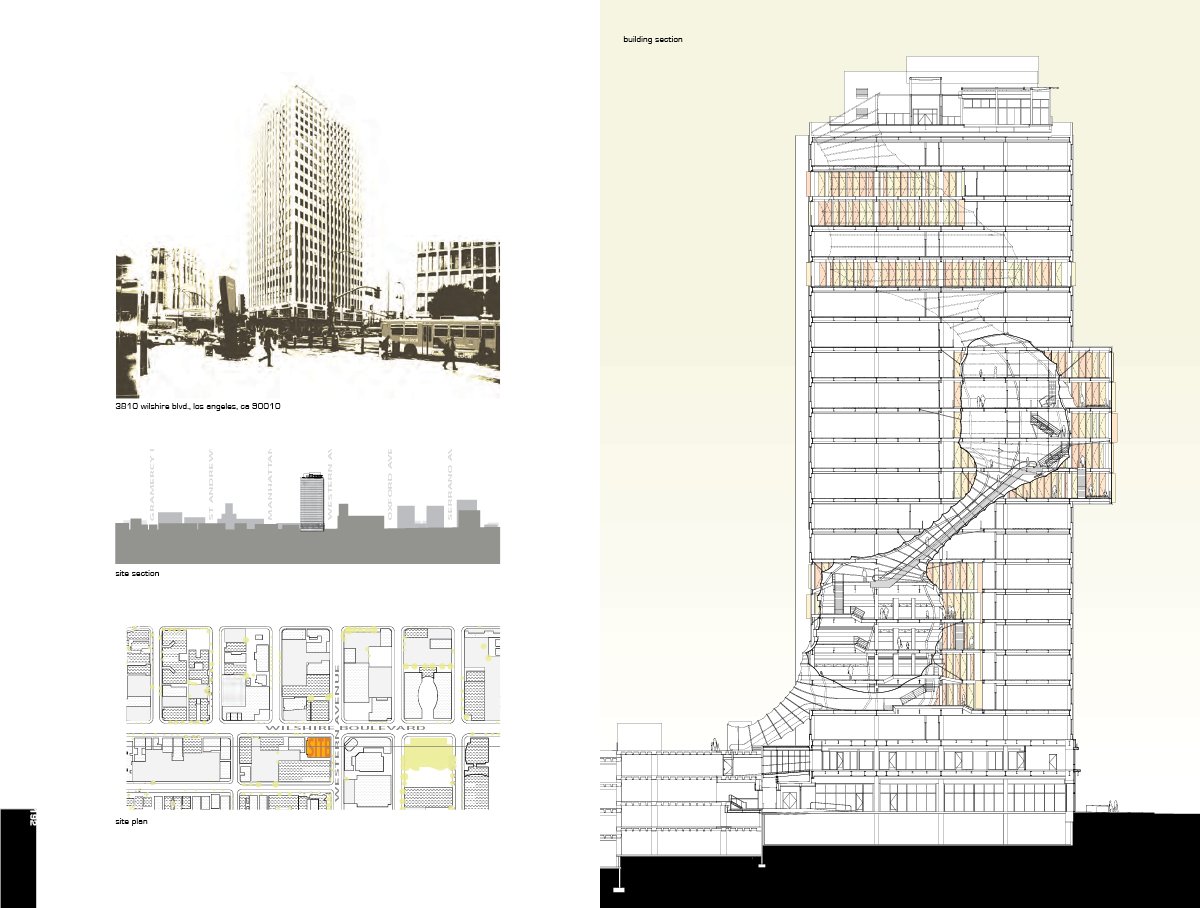
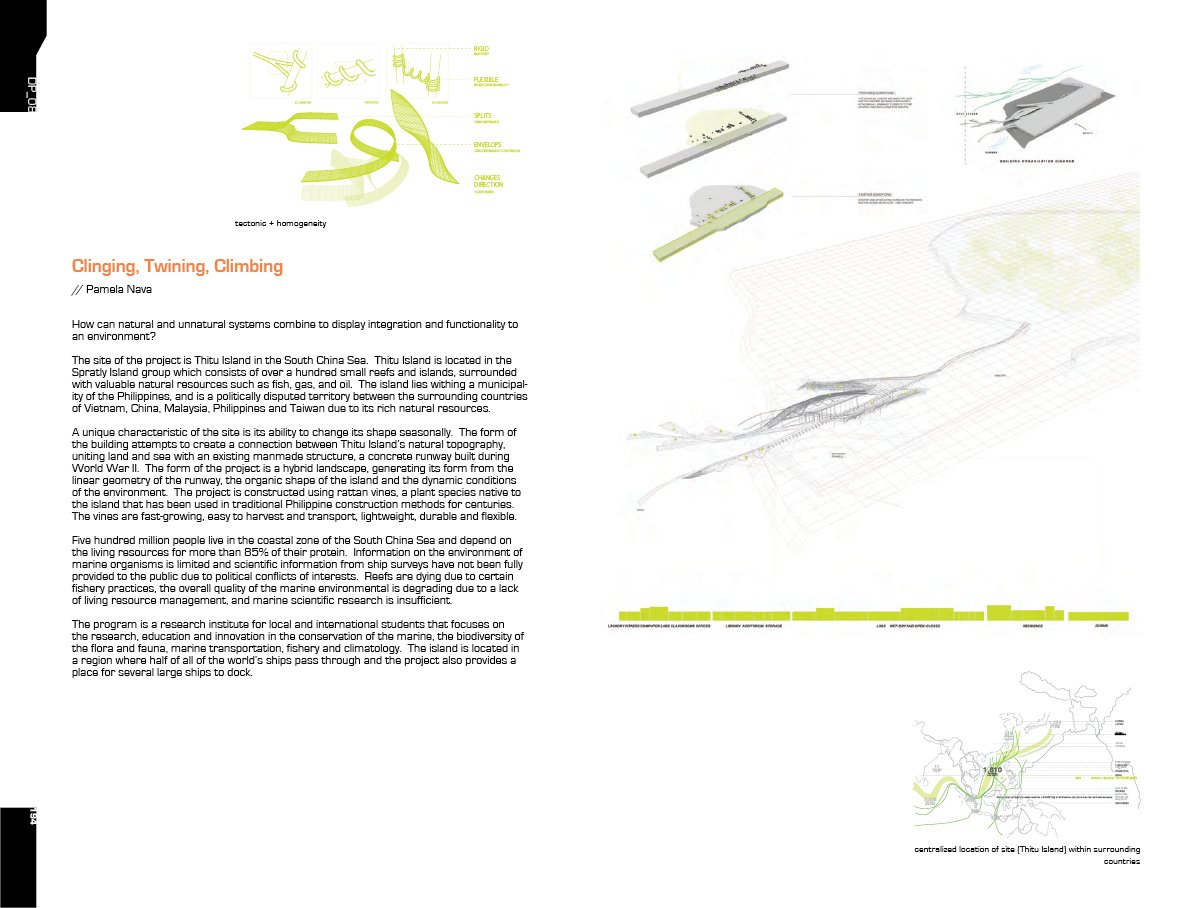
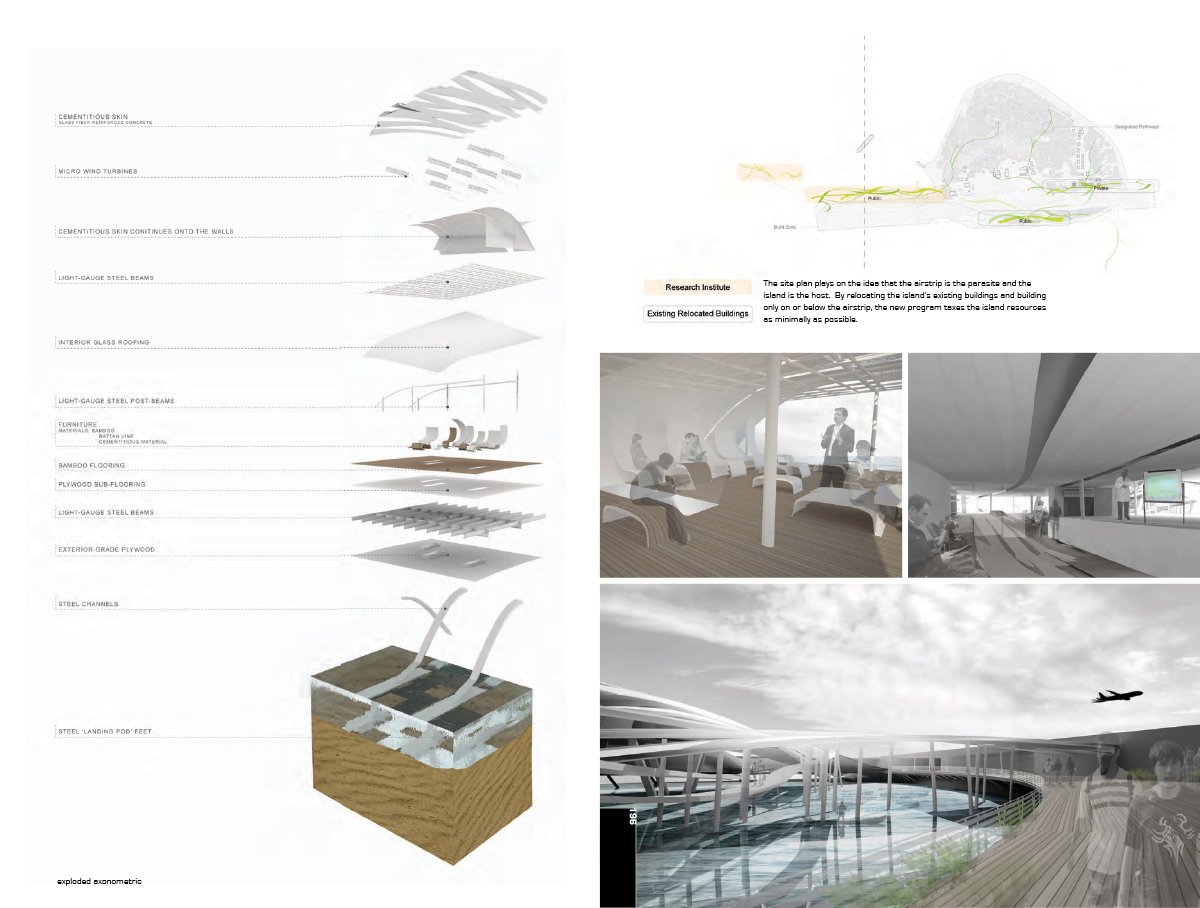
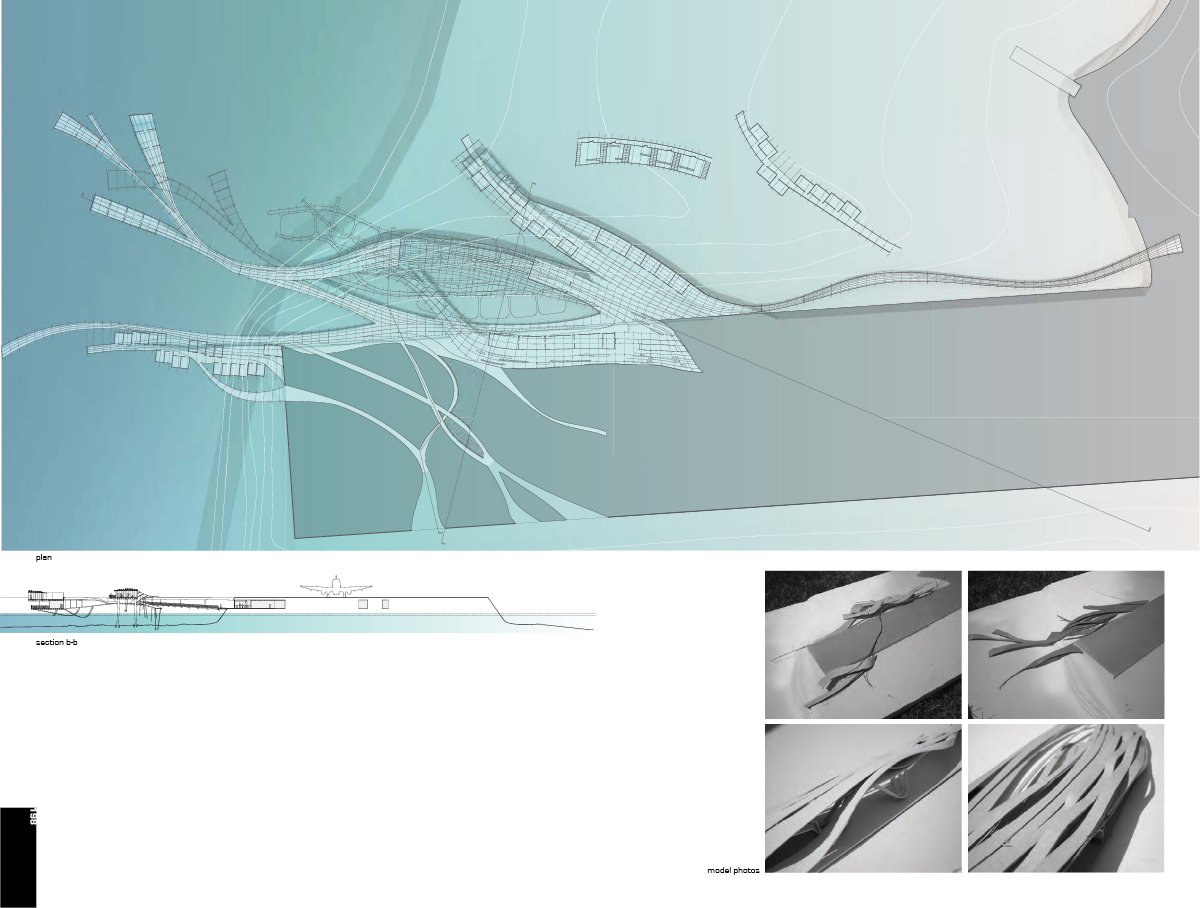
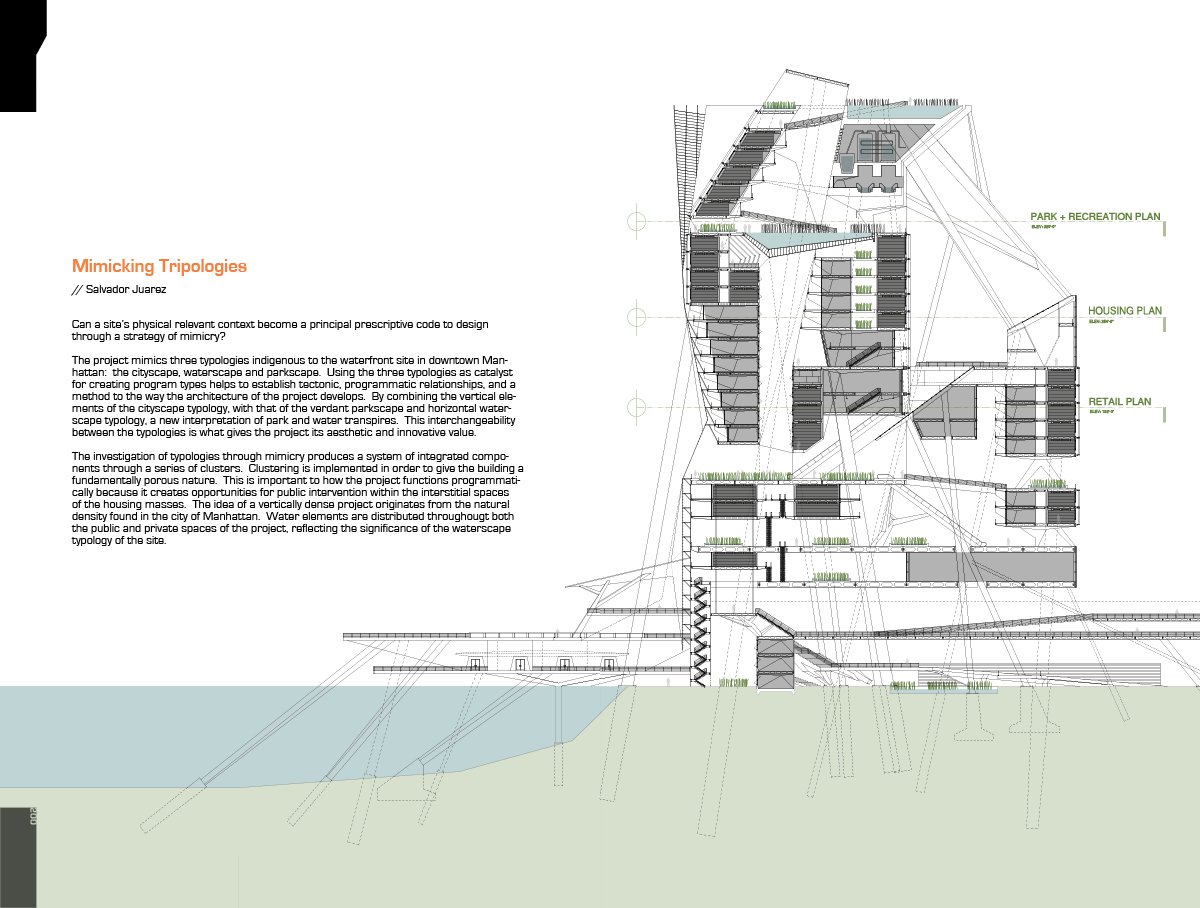

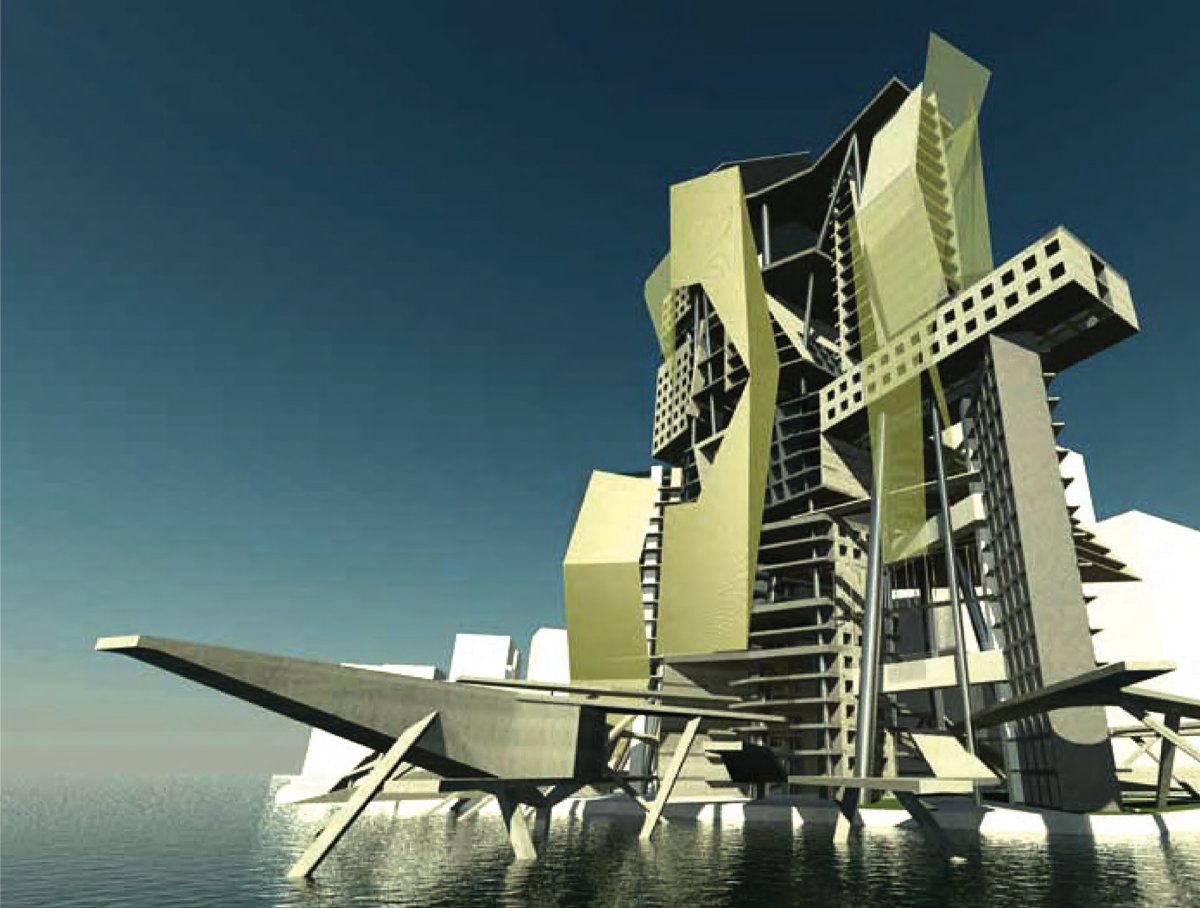
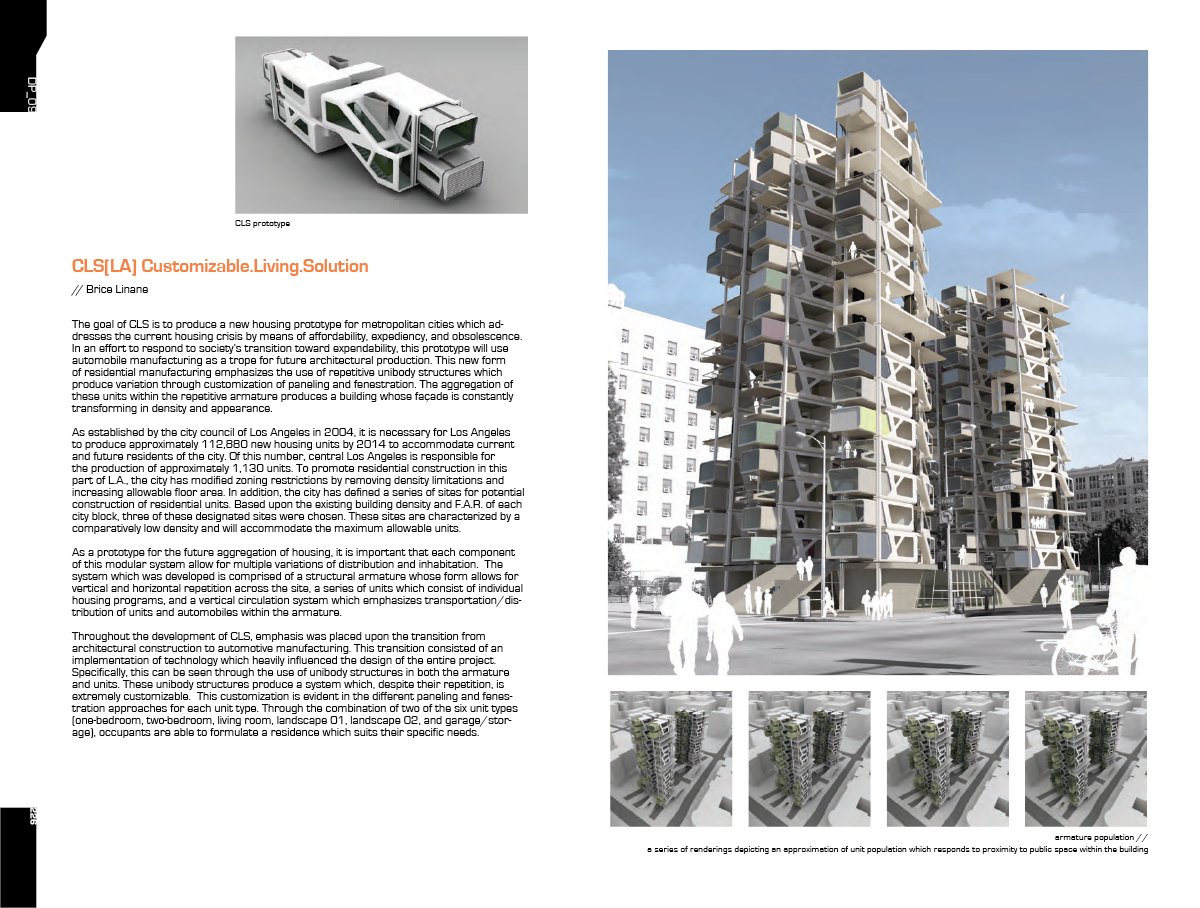


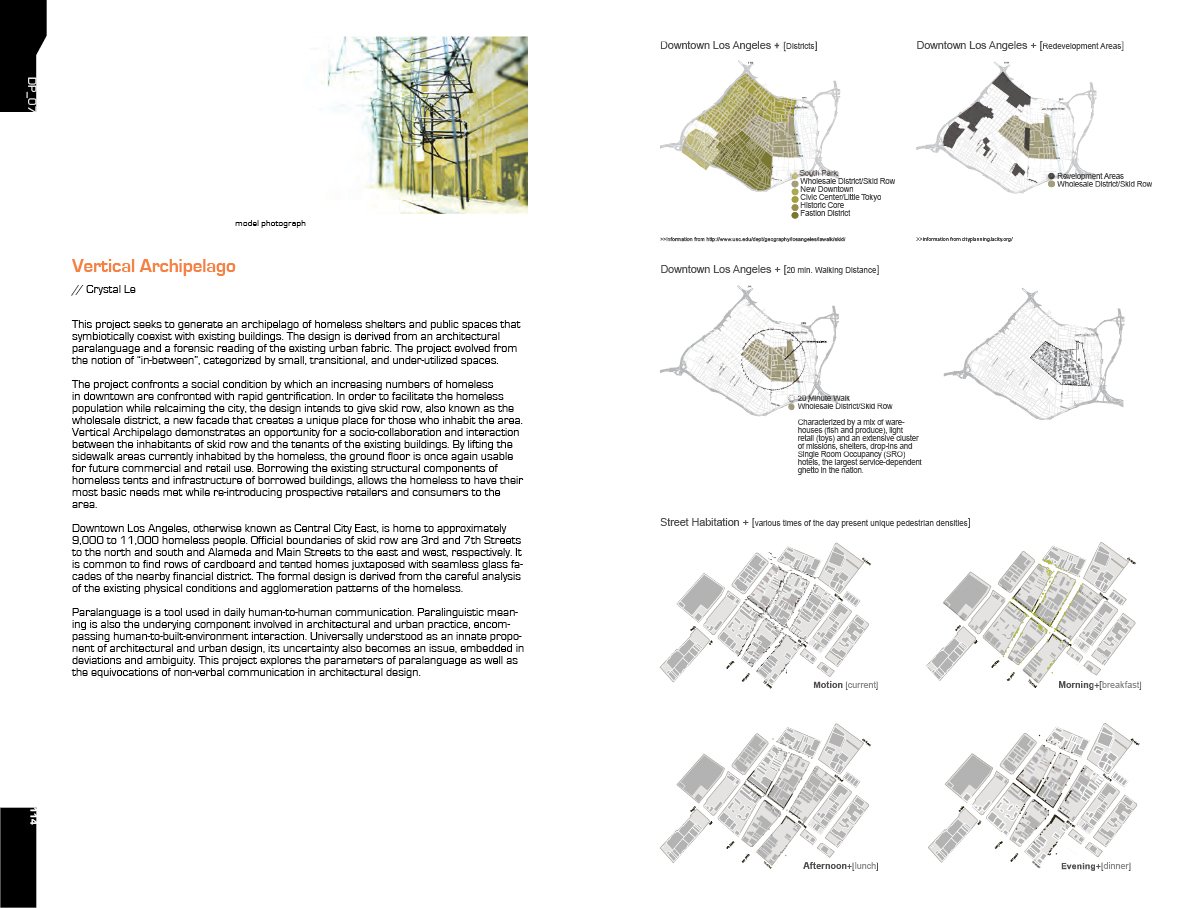
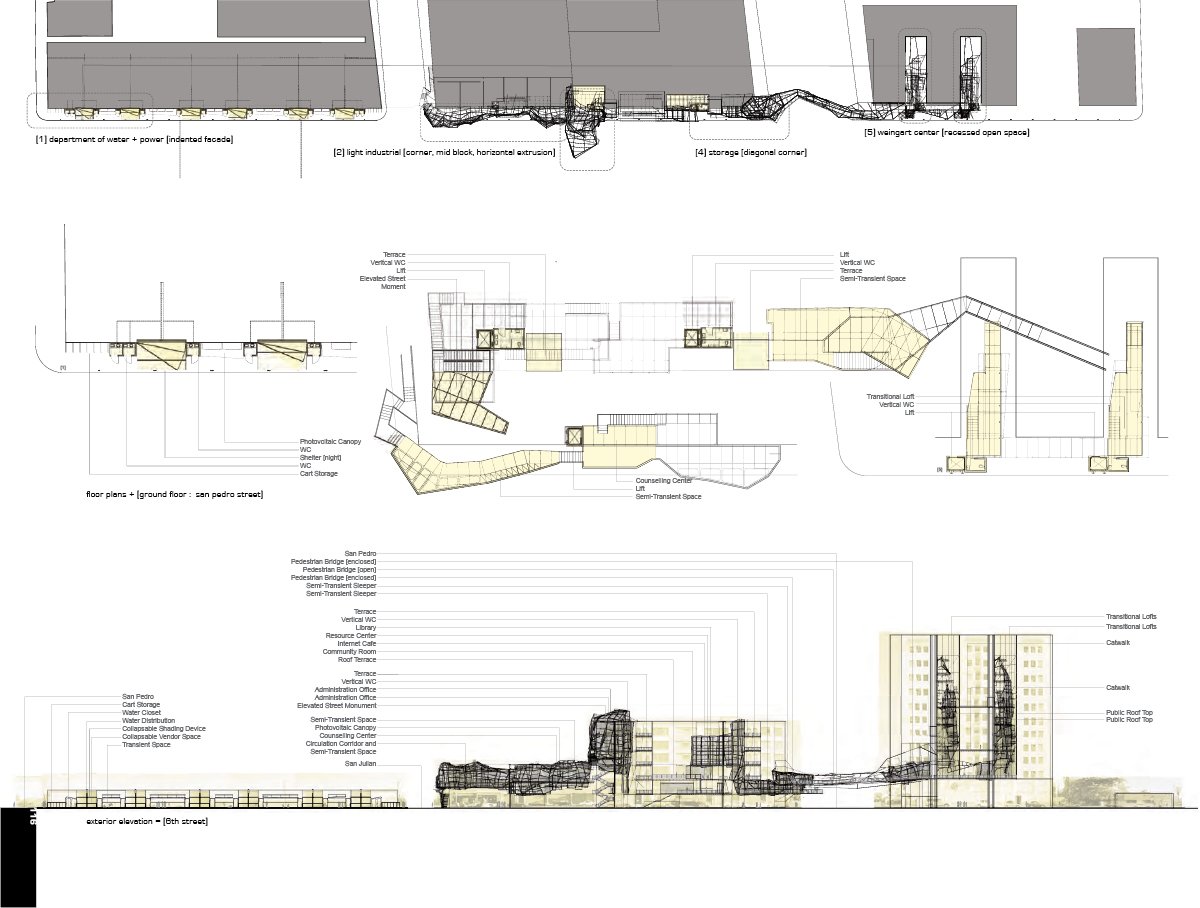
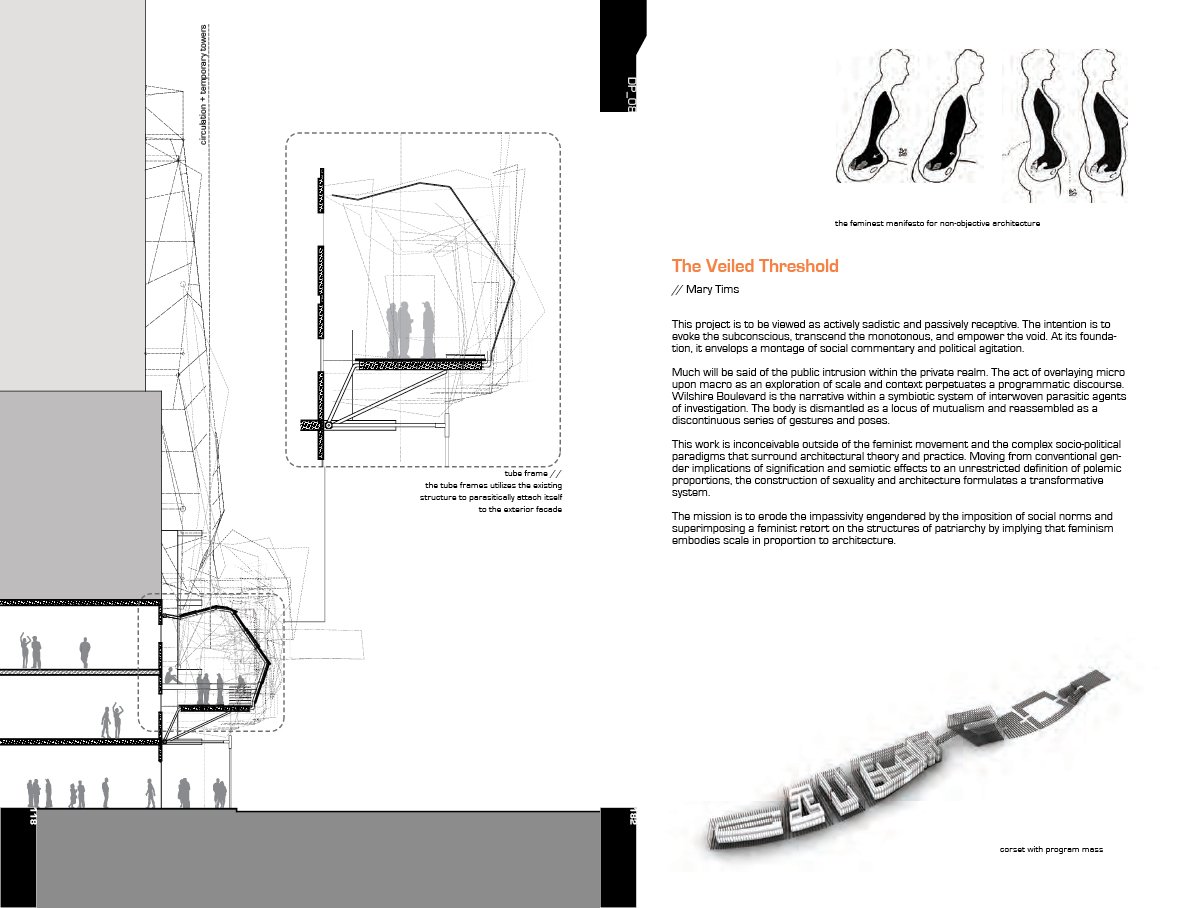
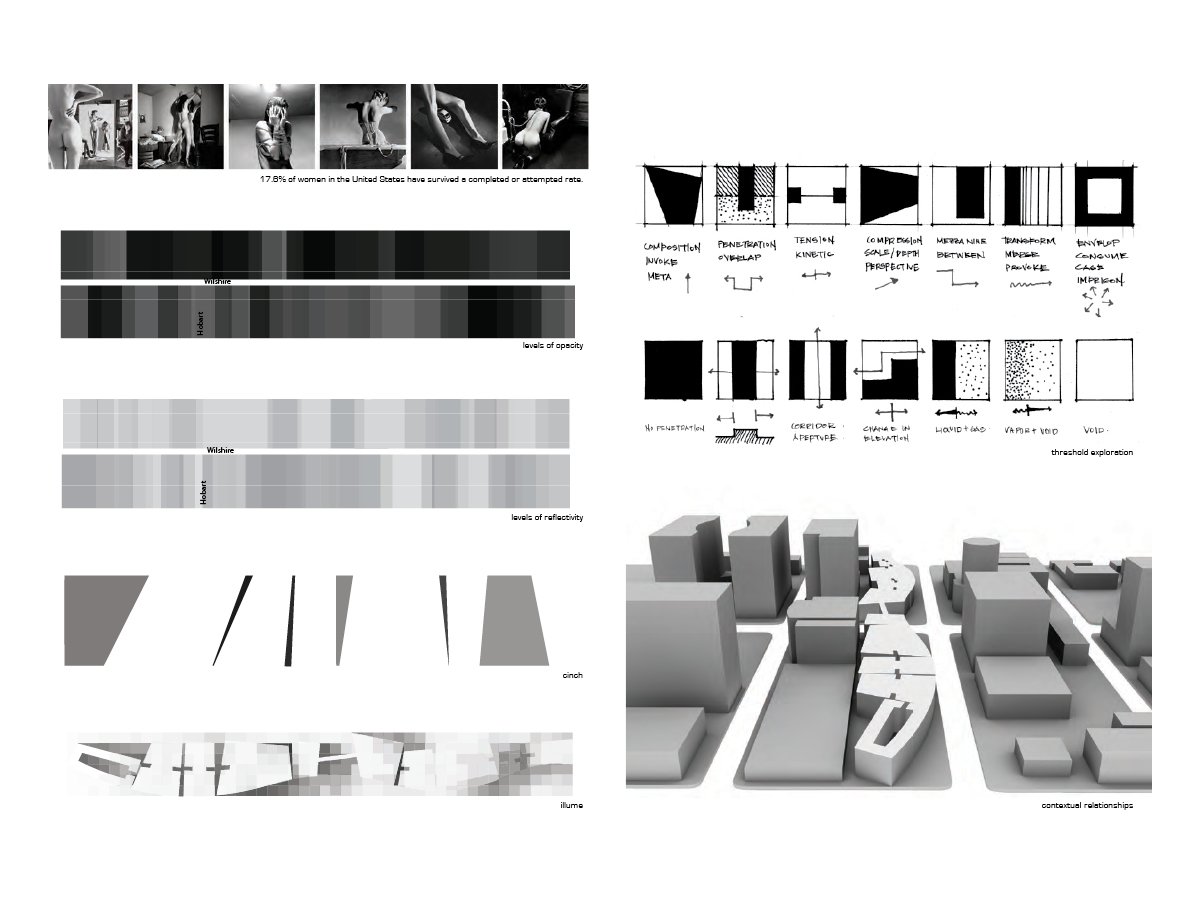
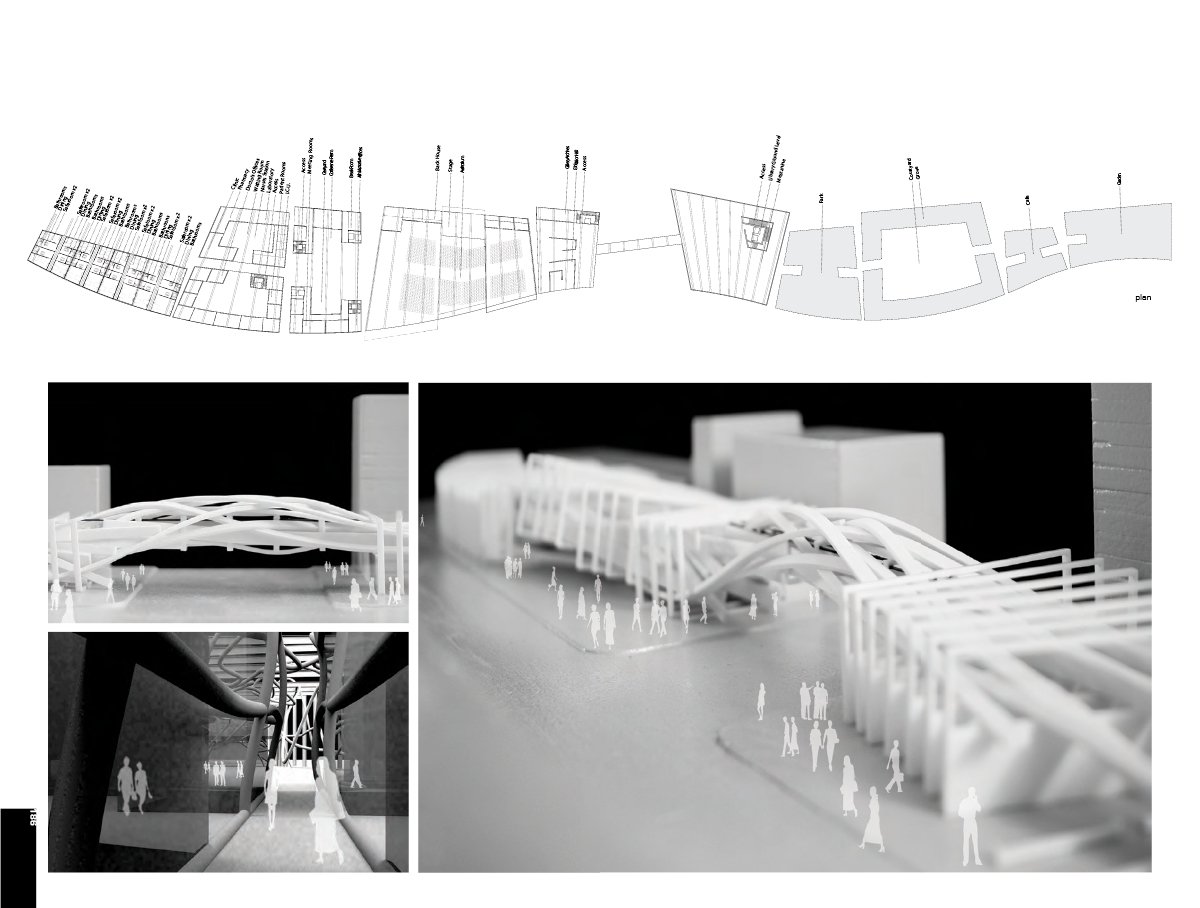
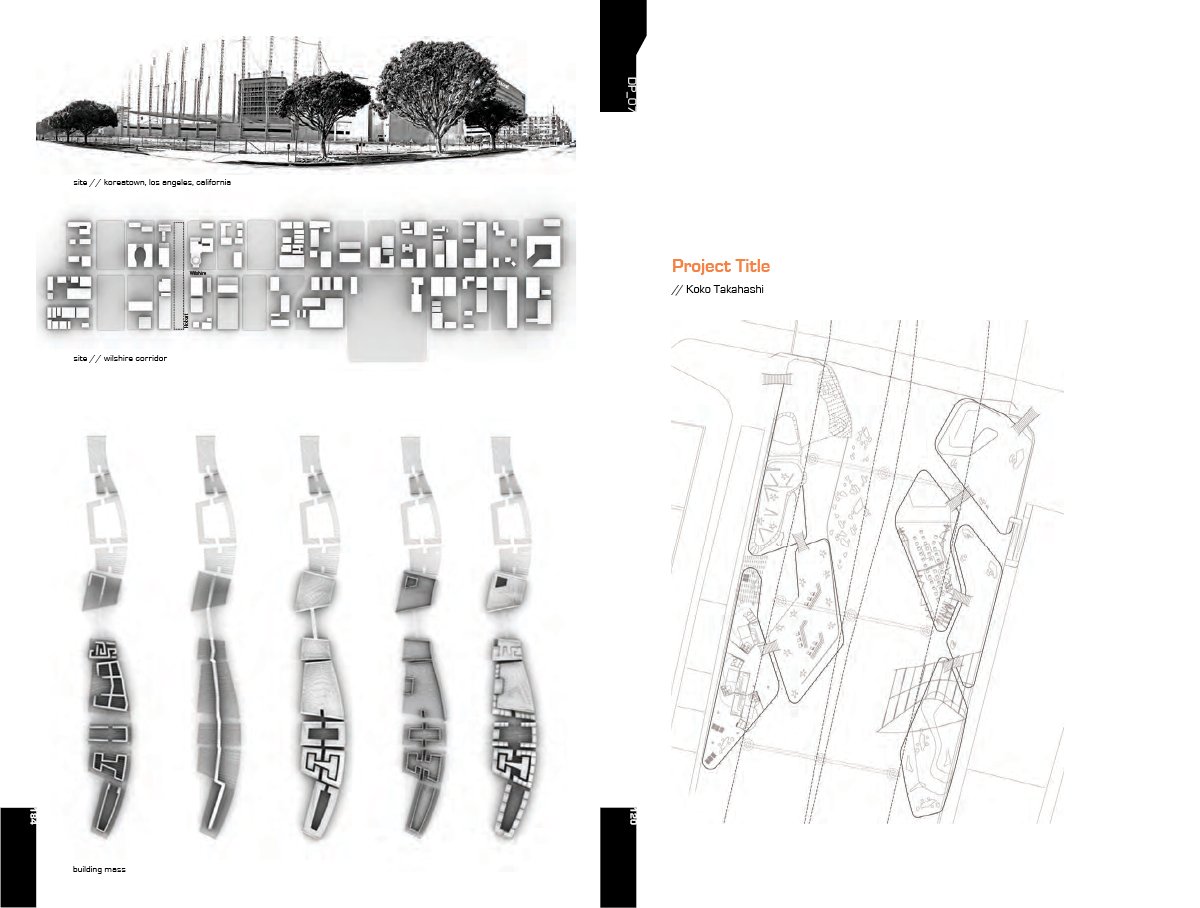

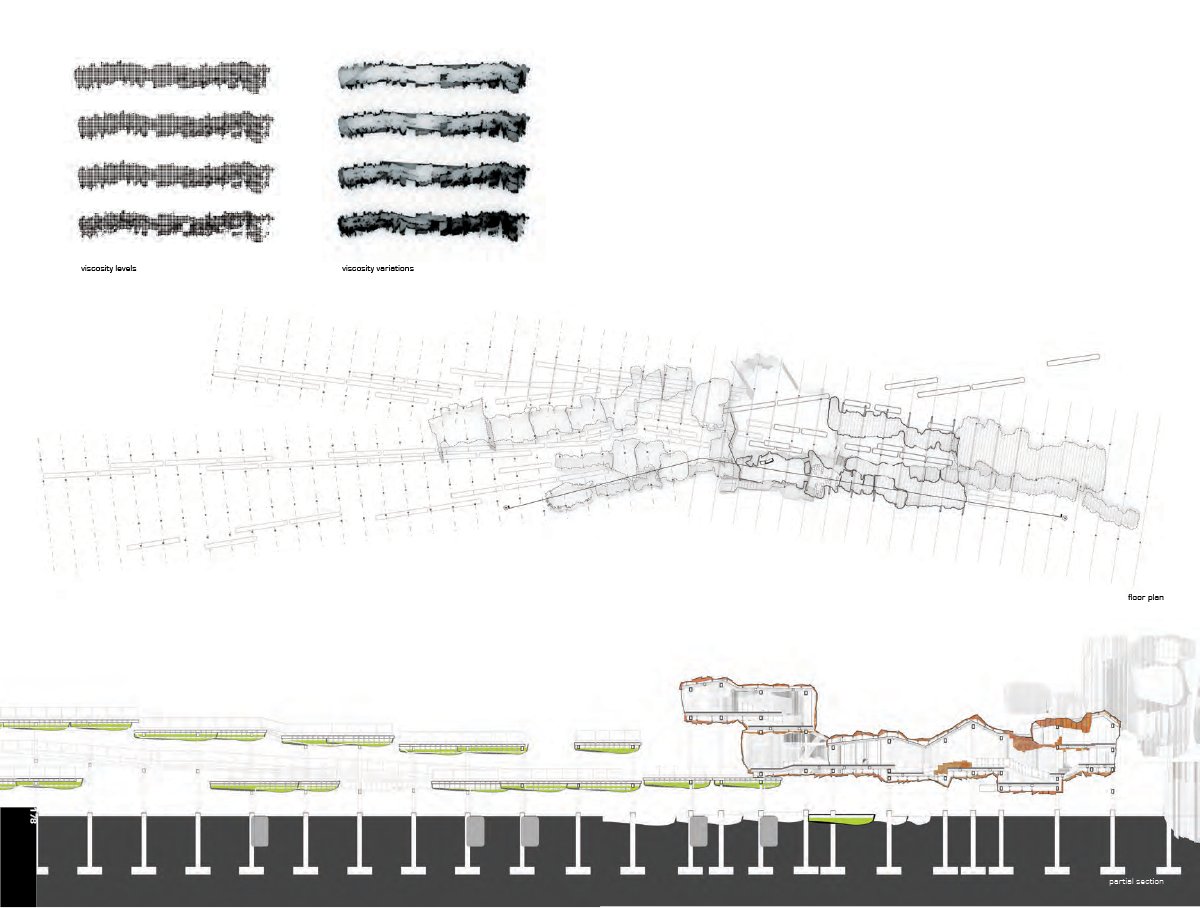
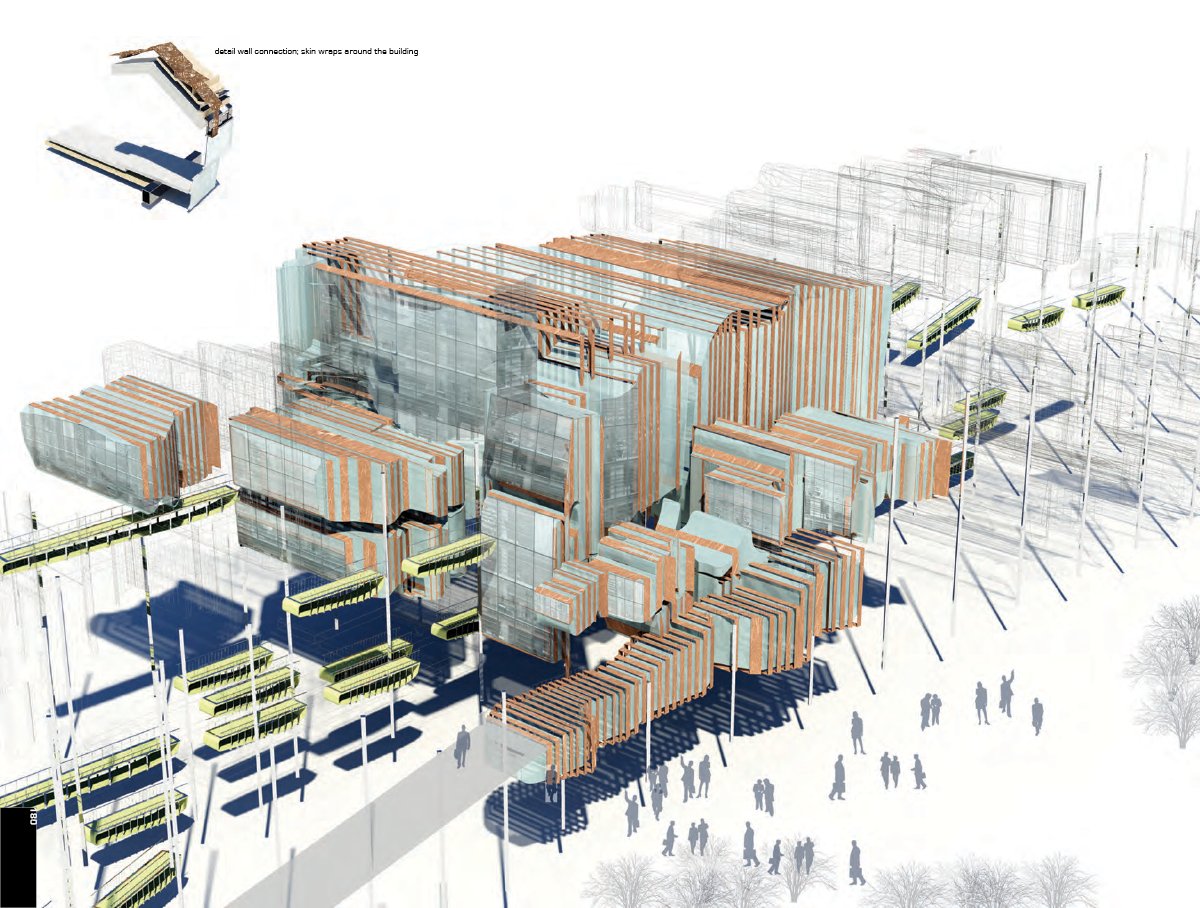

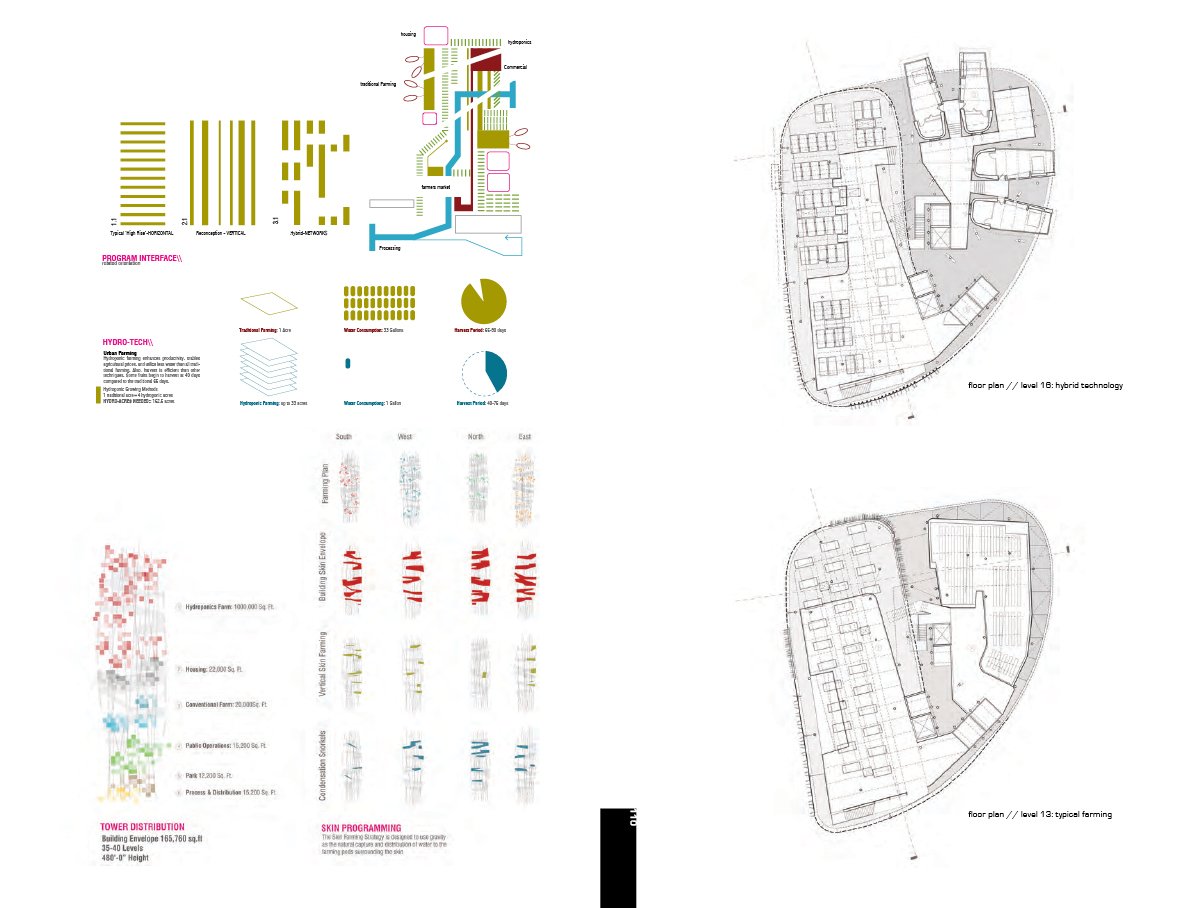

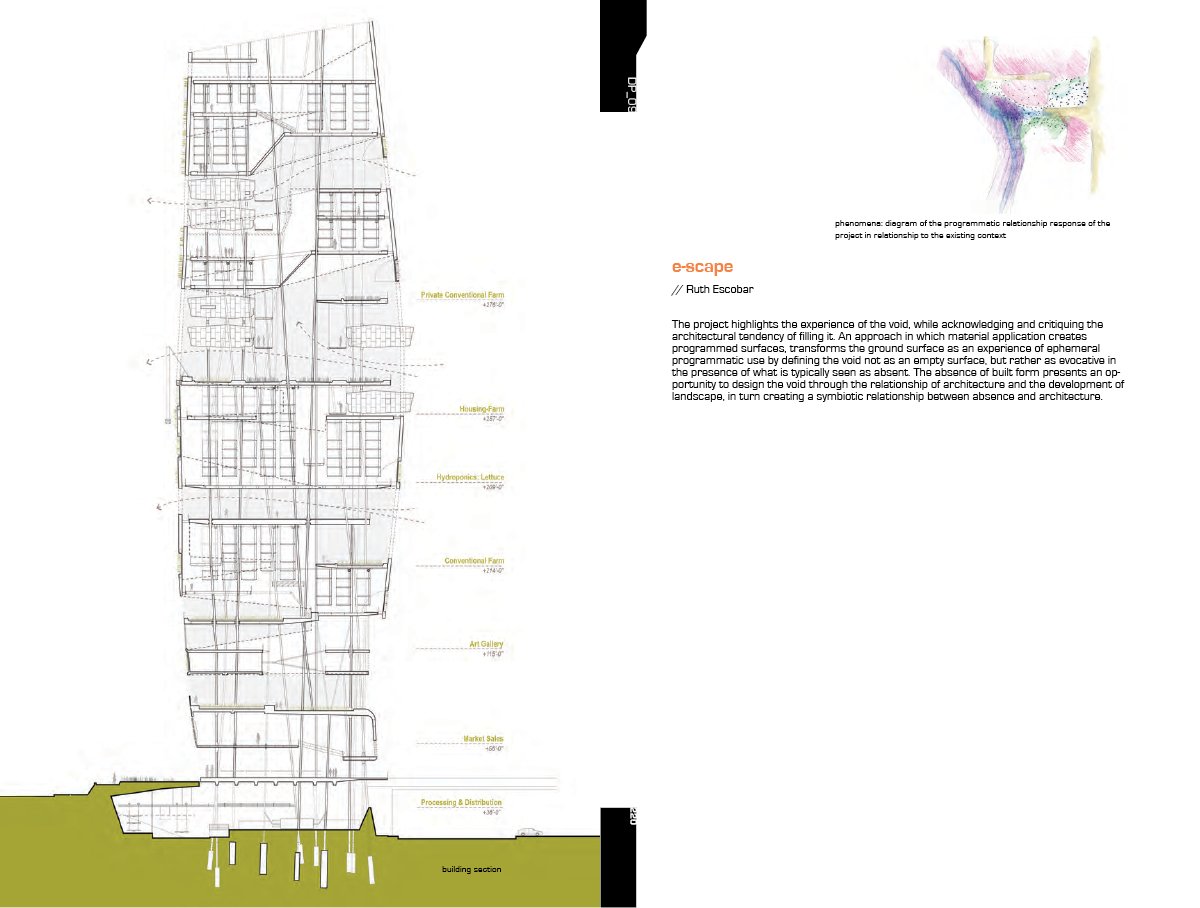


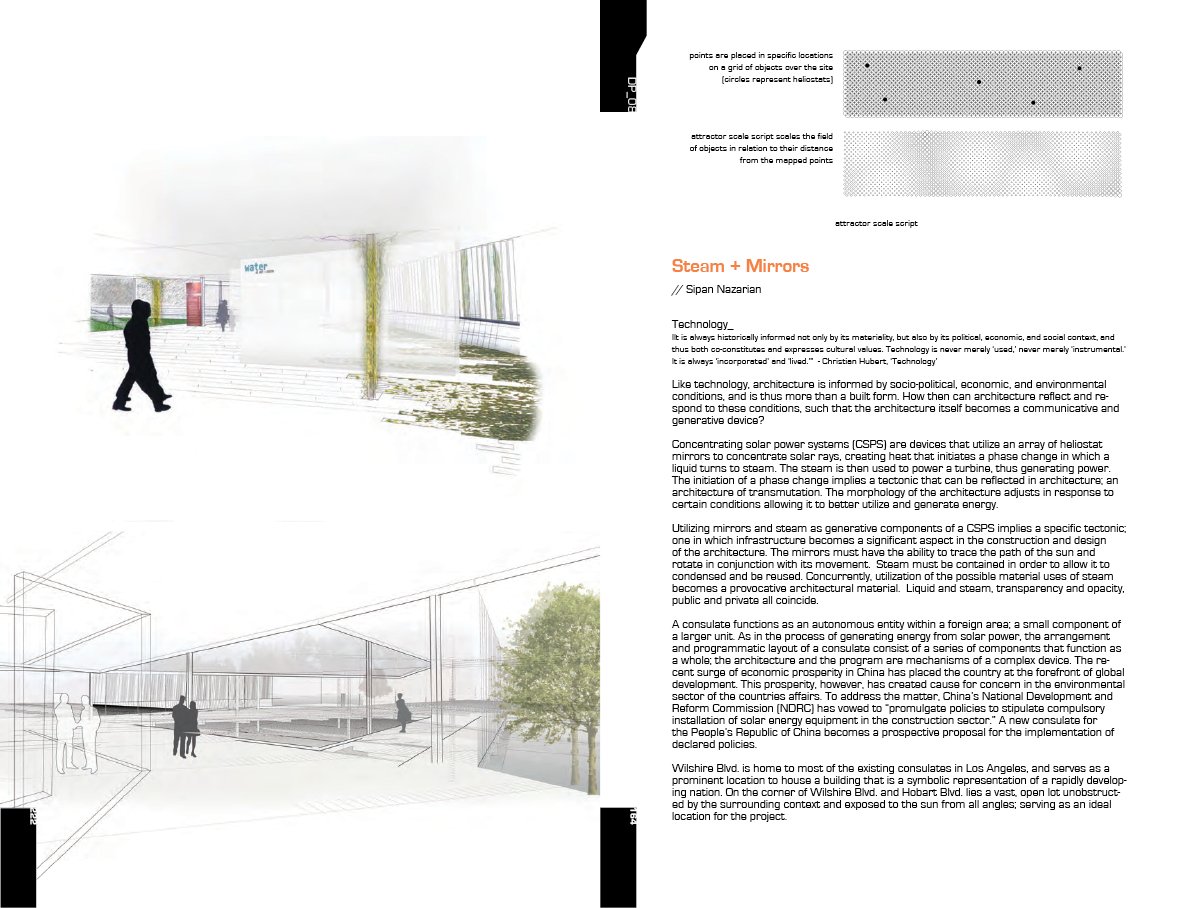

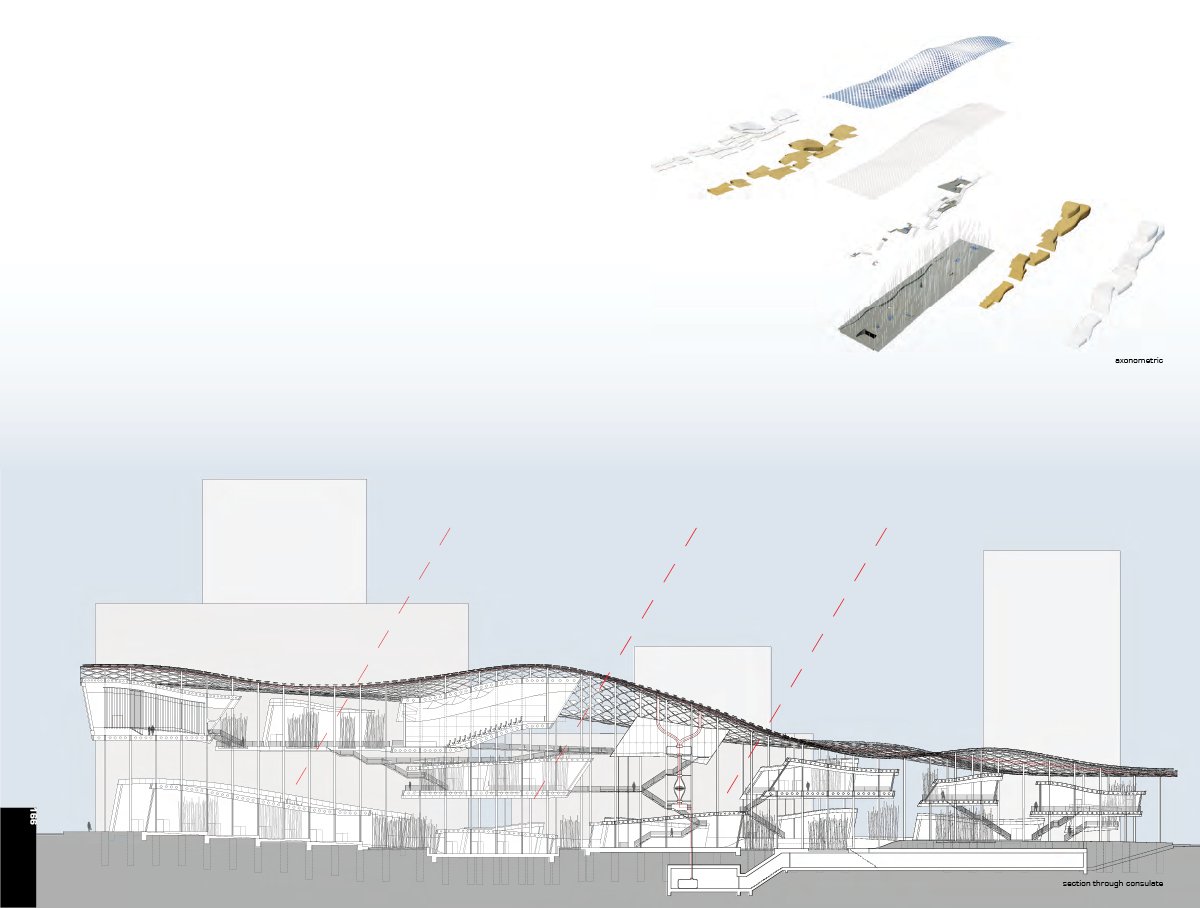

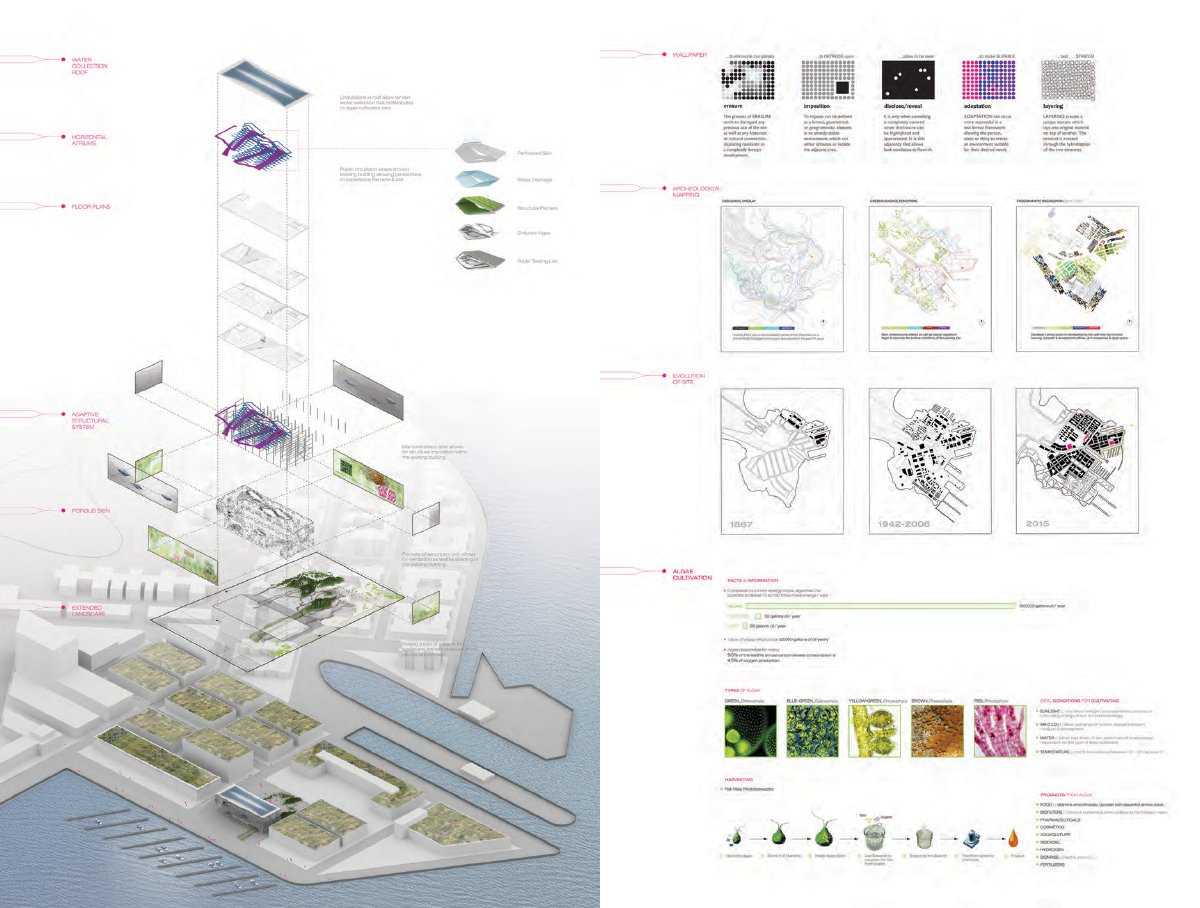

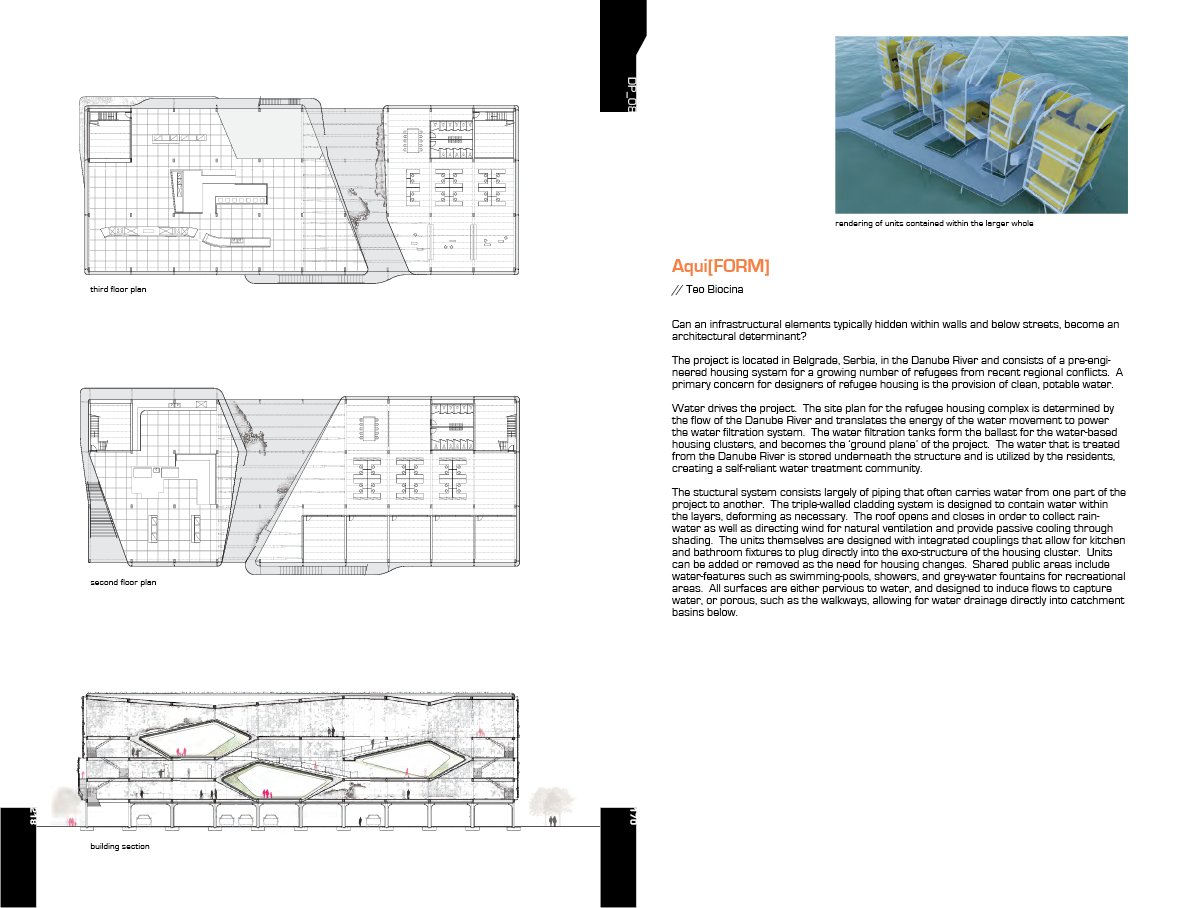



Material Explorations
The slides below show work of 1st and 2nd year undergraduate students from courses I taught at The Bartlett and SCI-Arc. The prompt was for each student to investigate an everyday material that is uncommon to architecture - sponge, condensation, latex, wax, oil, for example - and develop architectural projects and construction details celebrating its latent possibilities. Students experiment with model making techniques and explore different representational methods: analog, digital and hybrid.
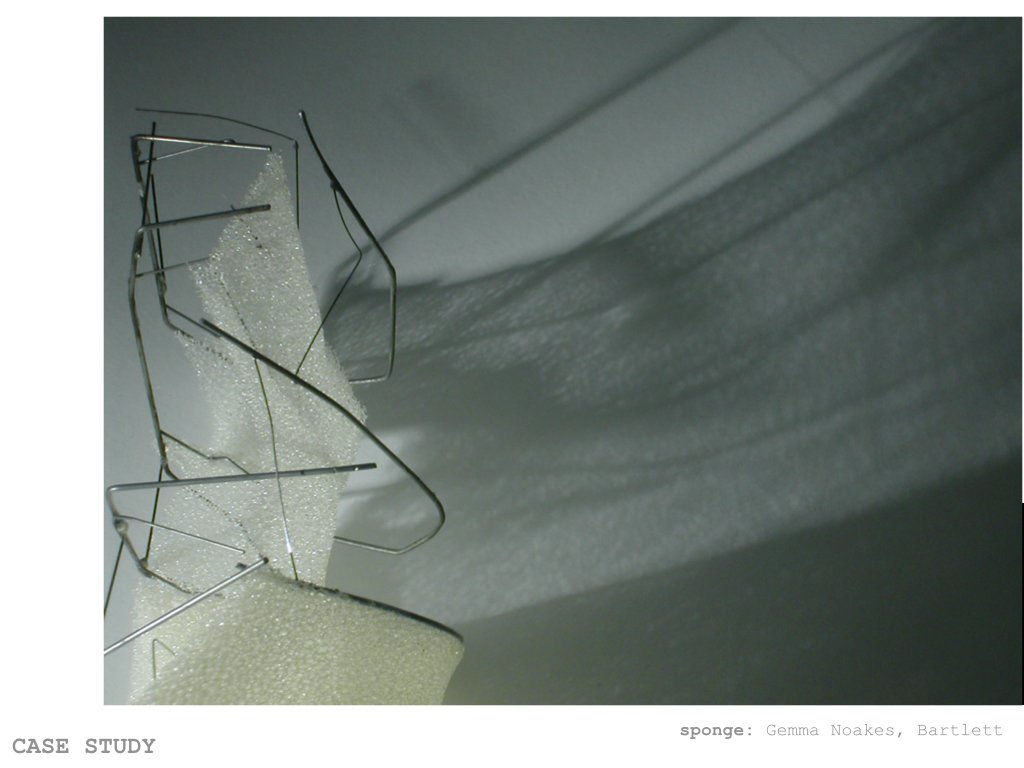
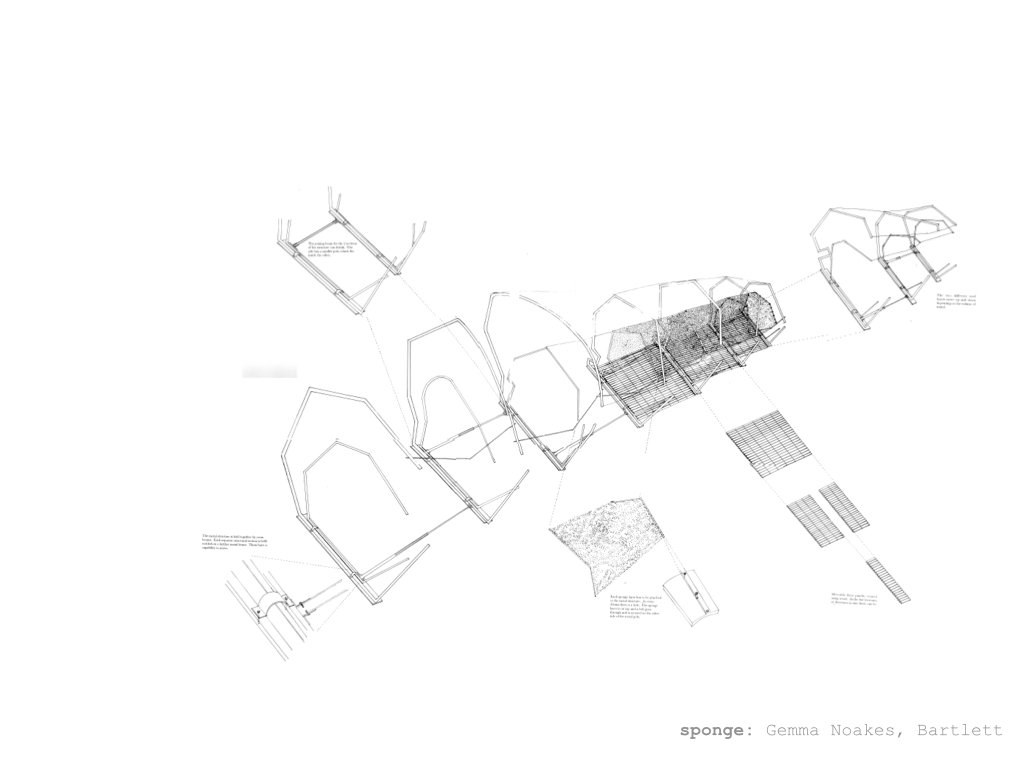
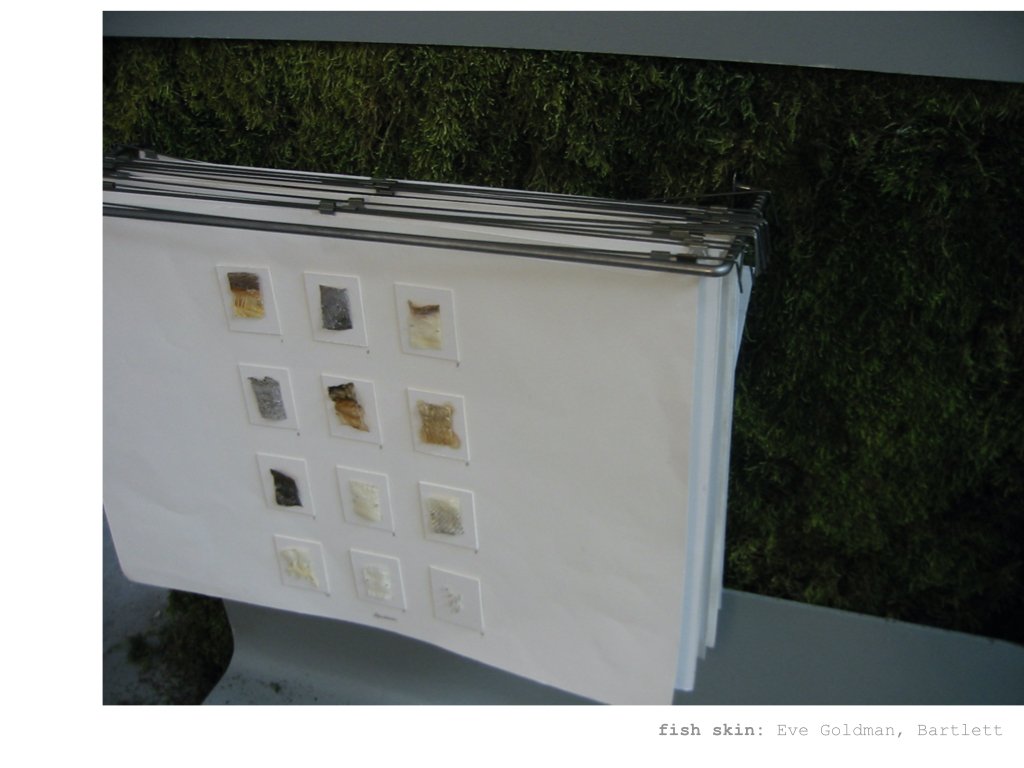
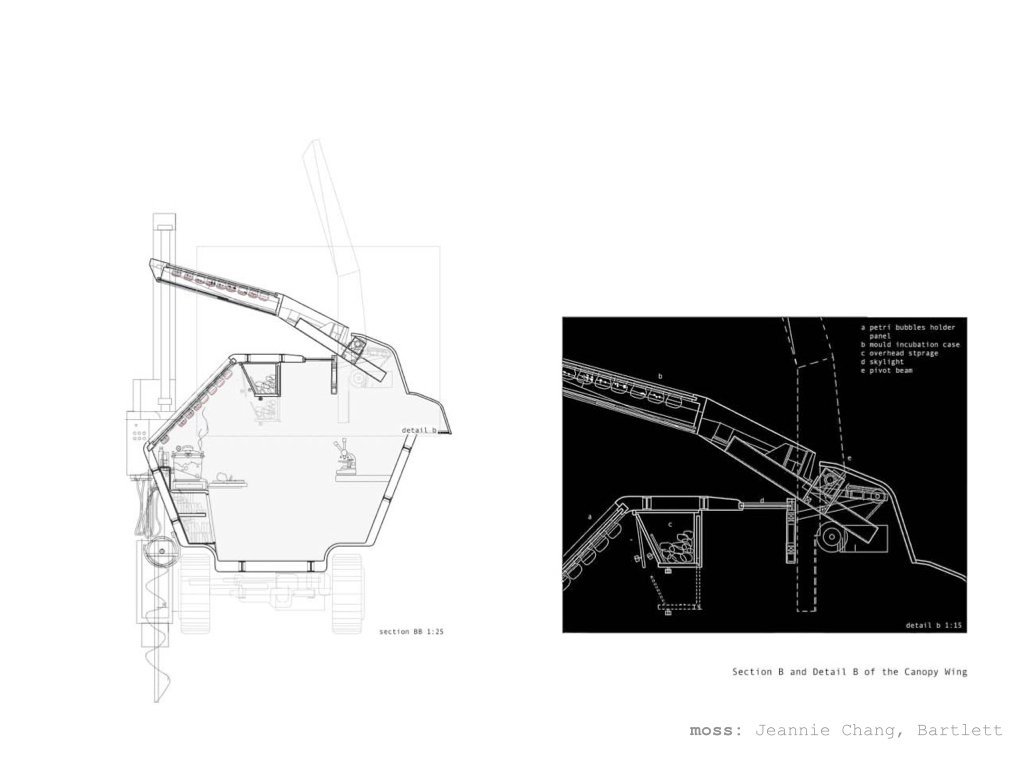
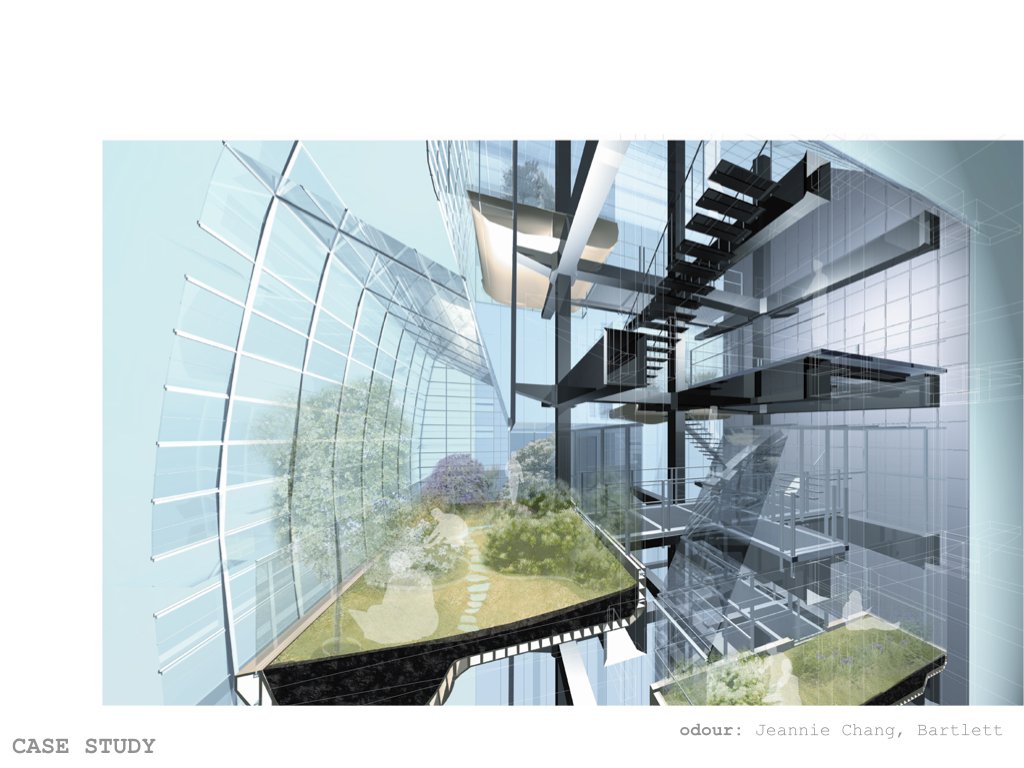
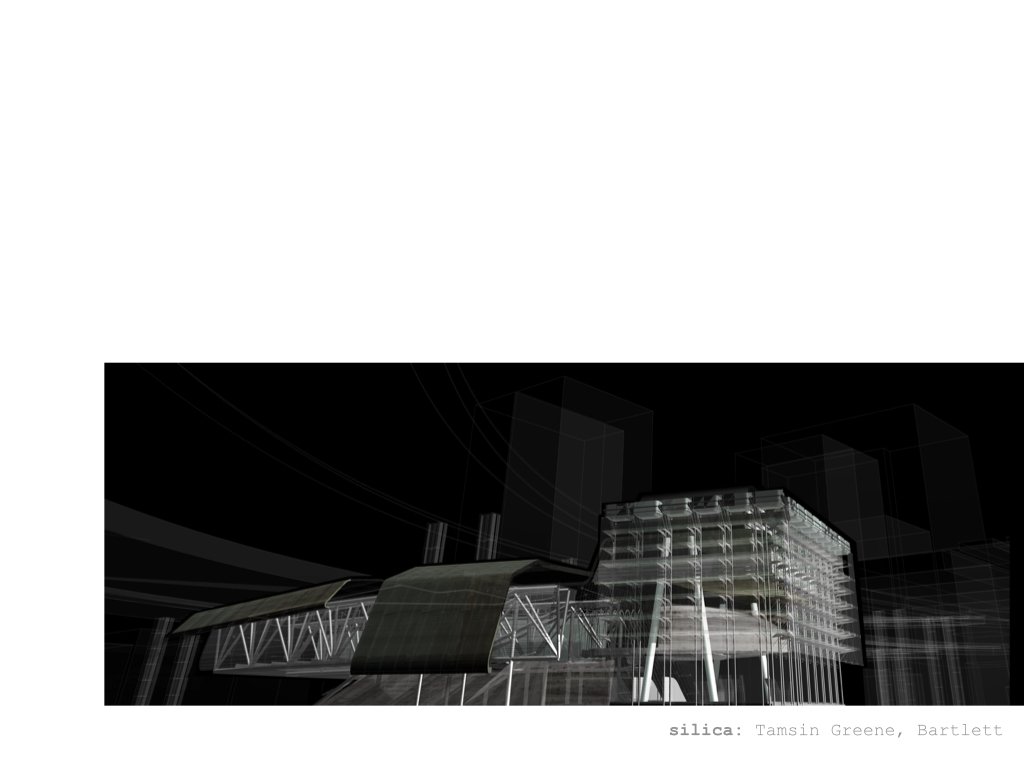
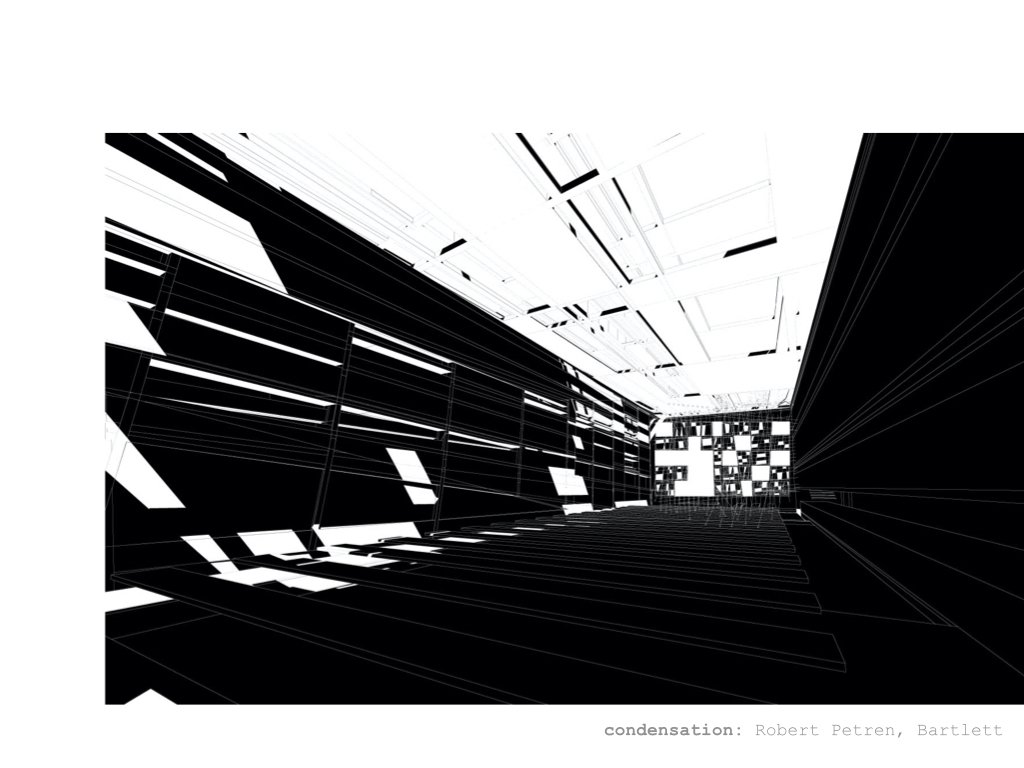
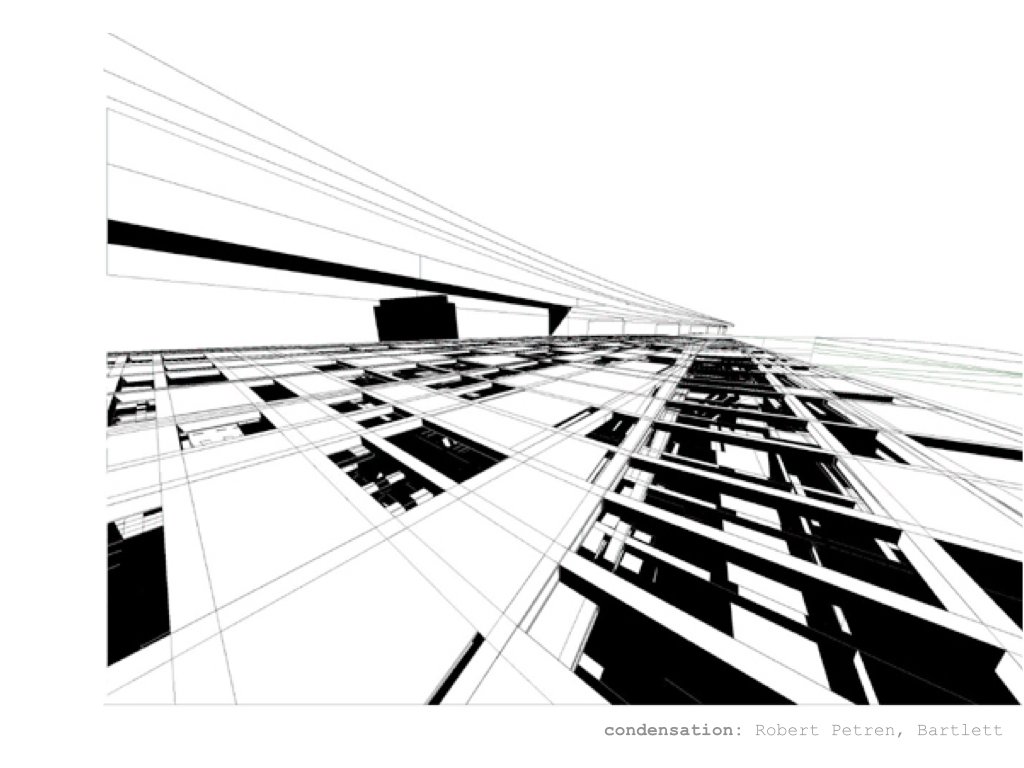
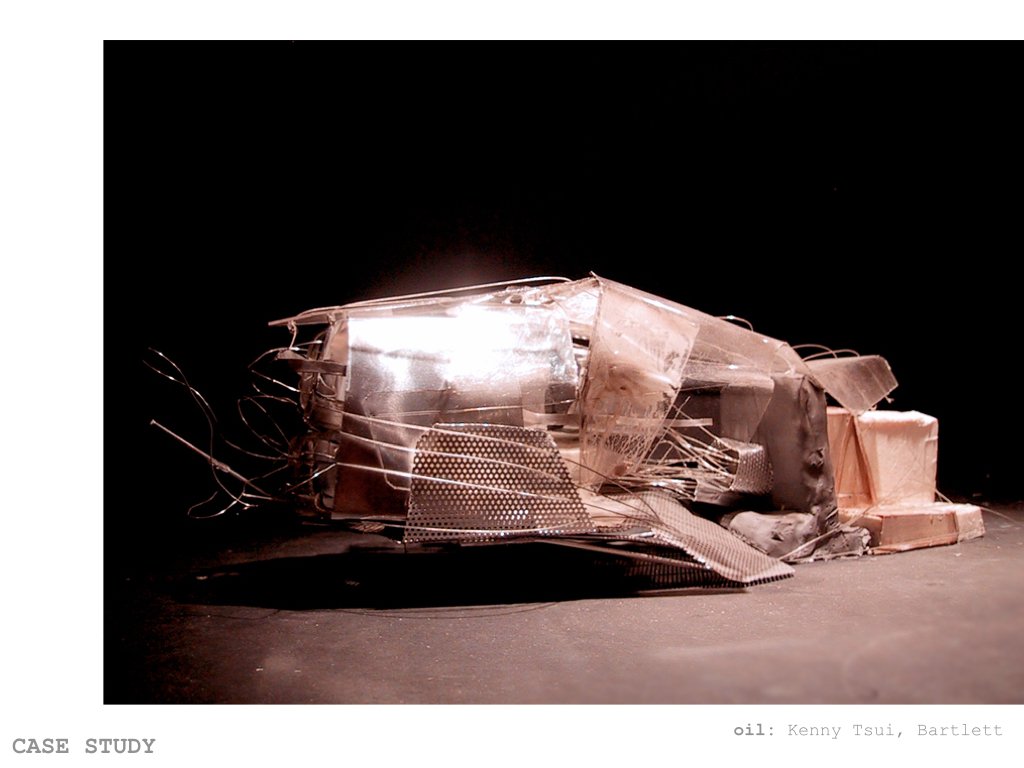
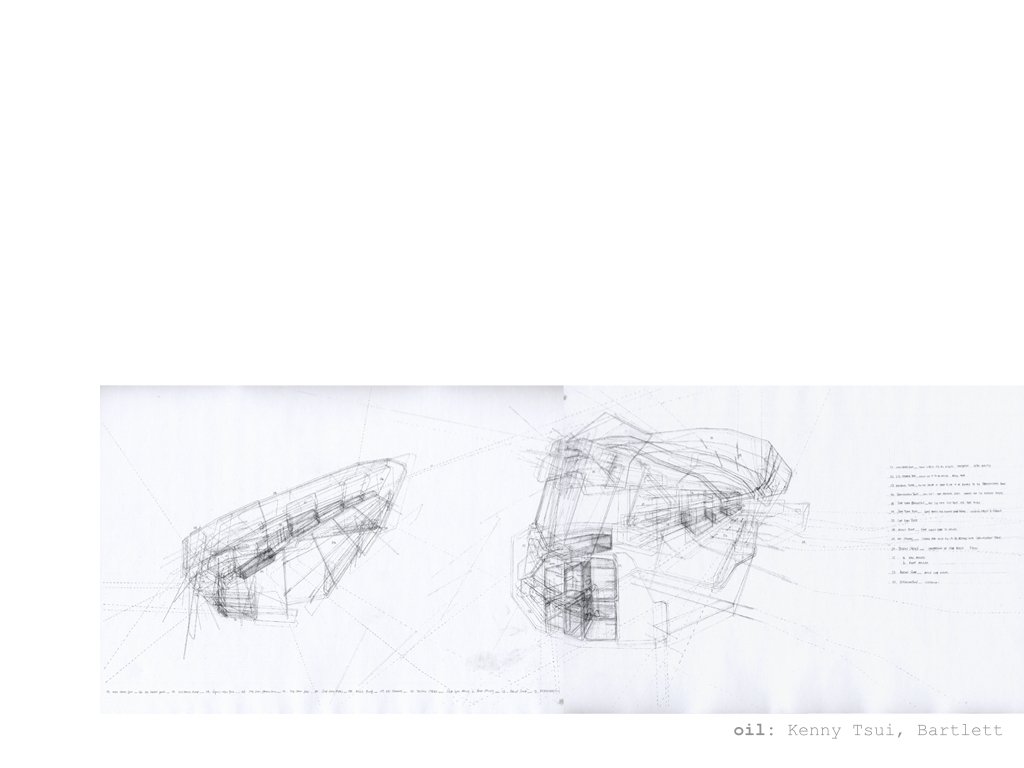
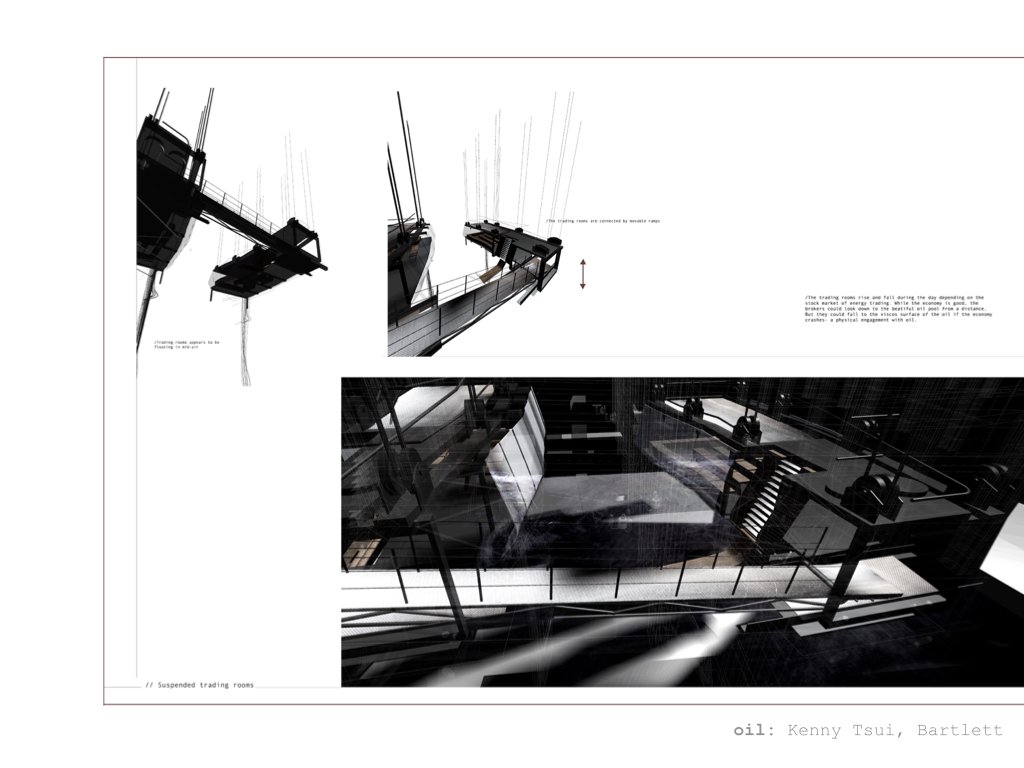
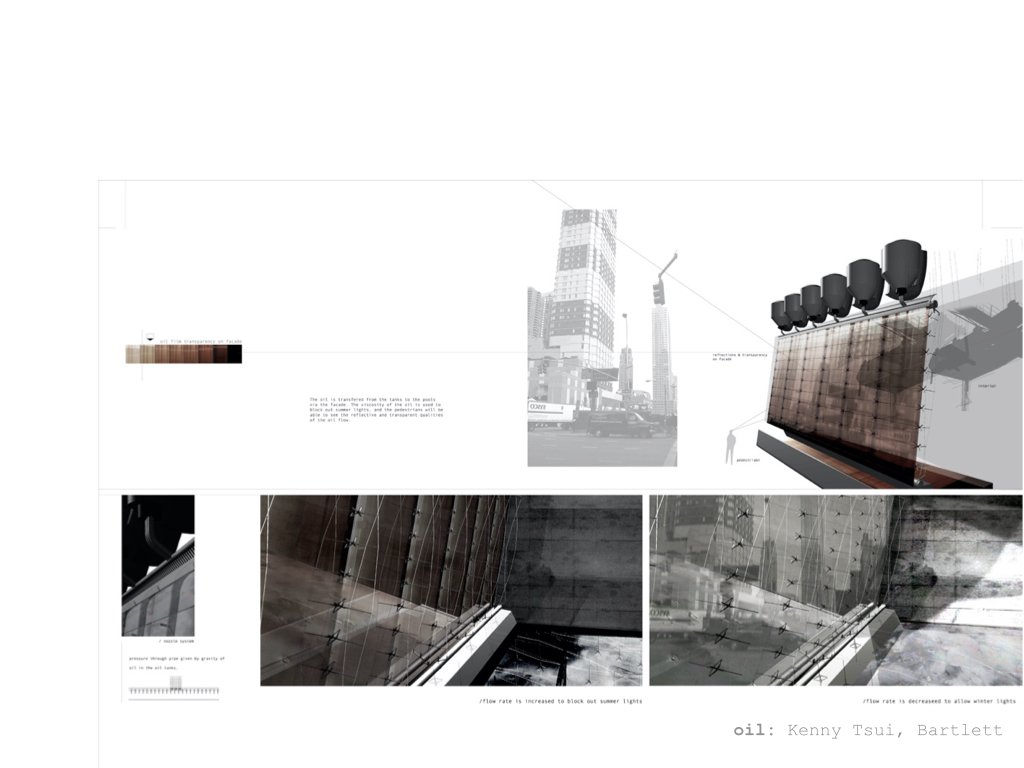
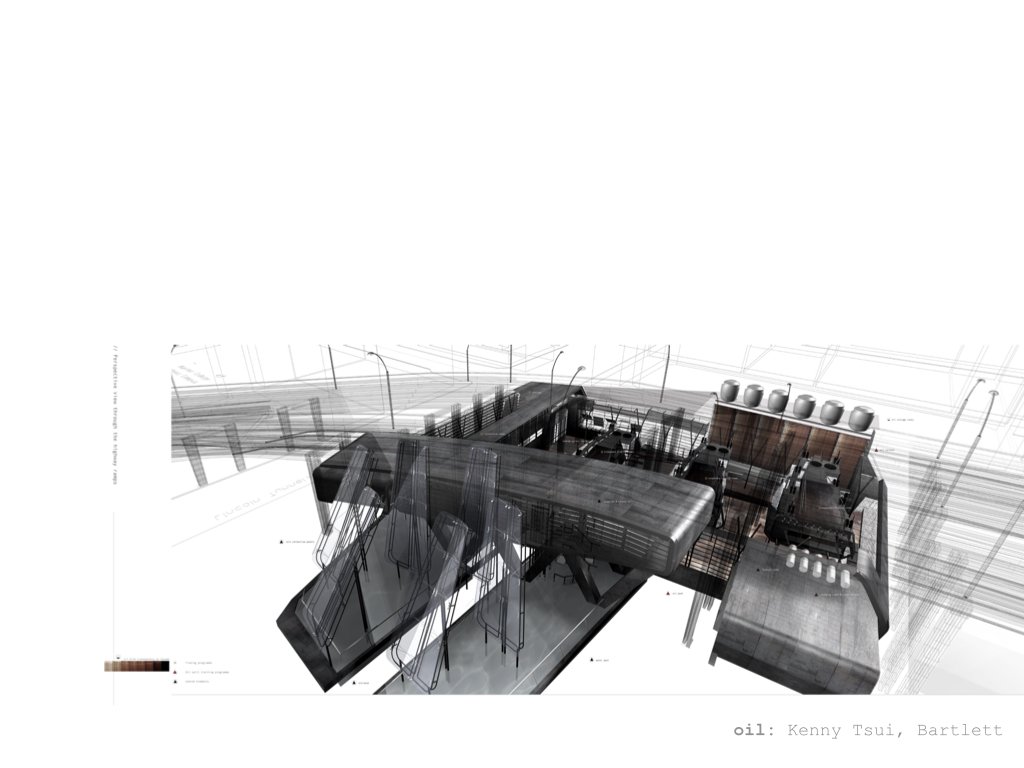
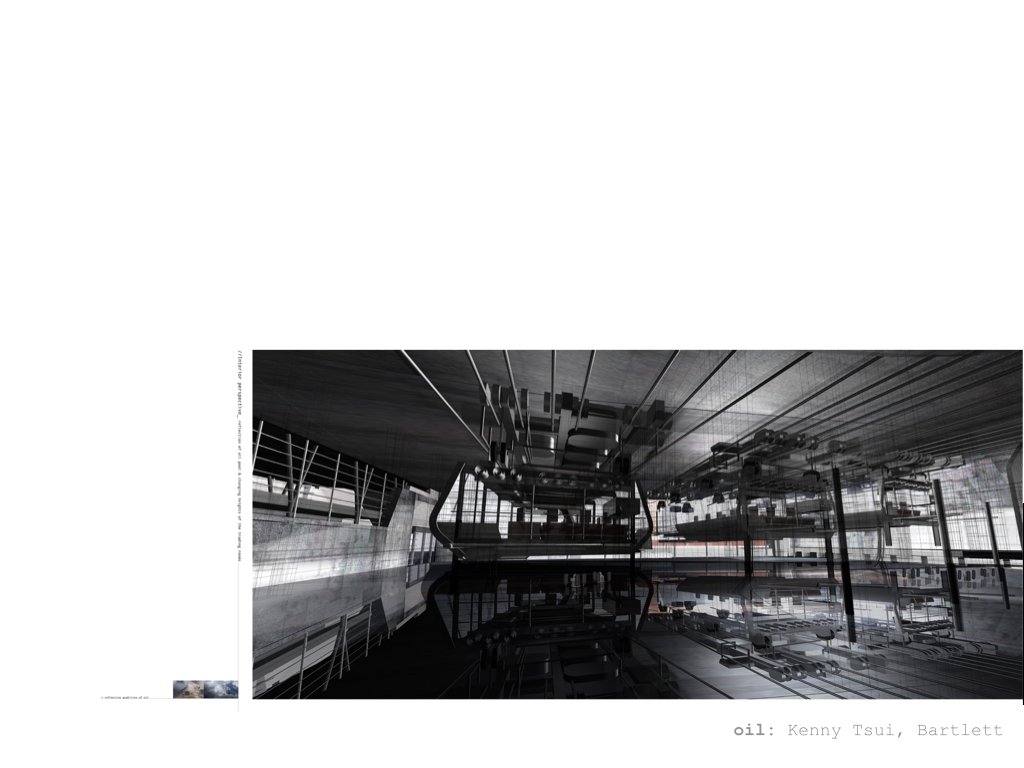
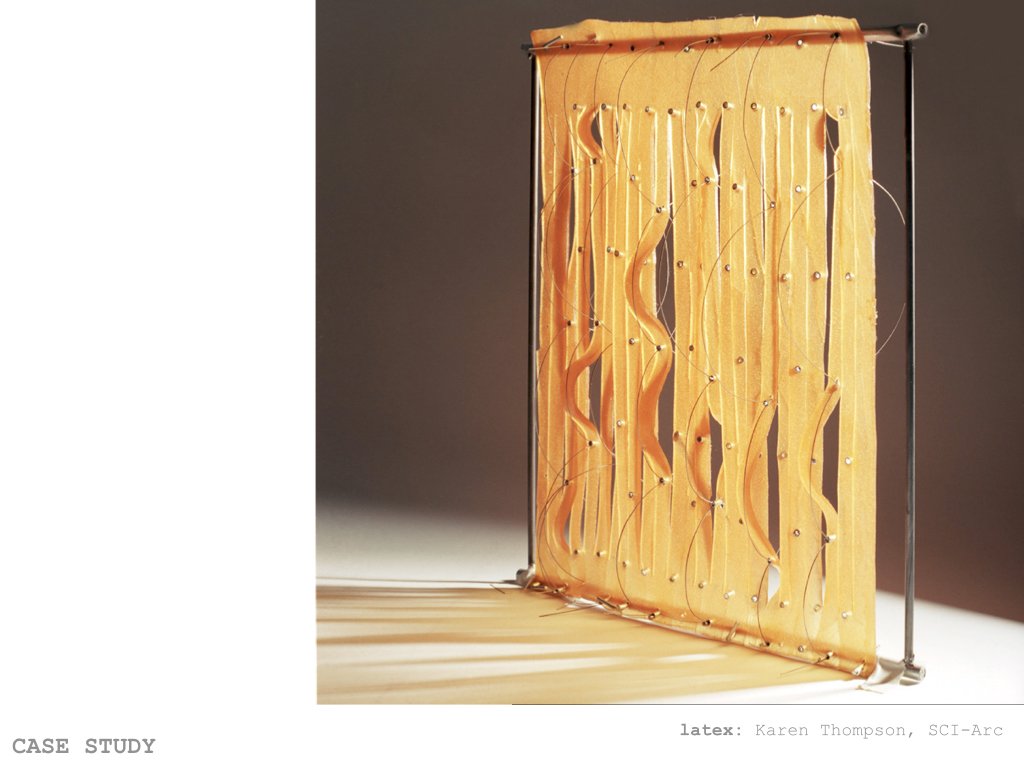
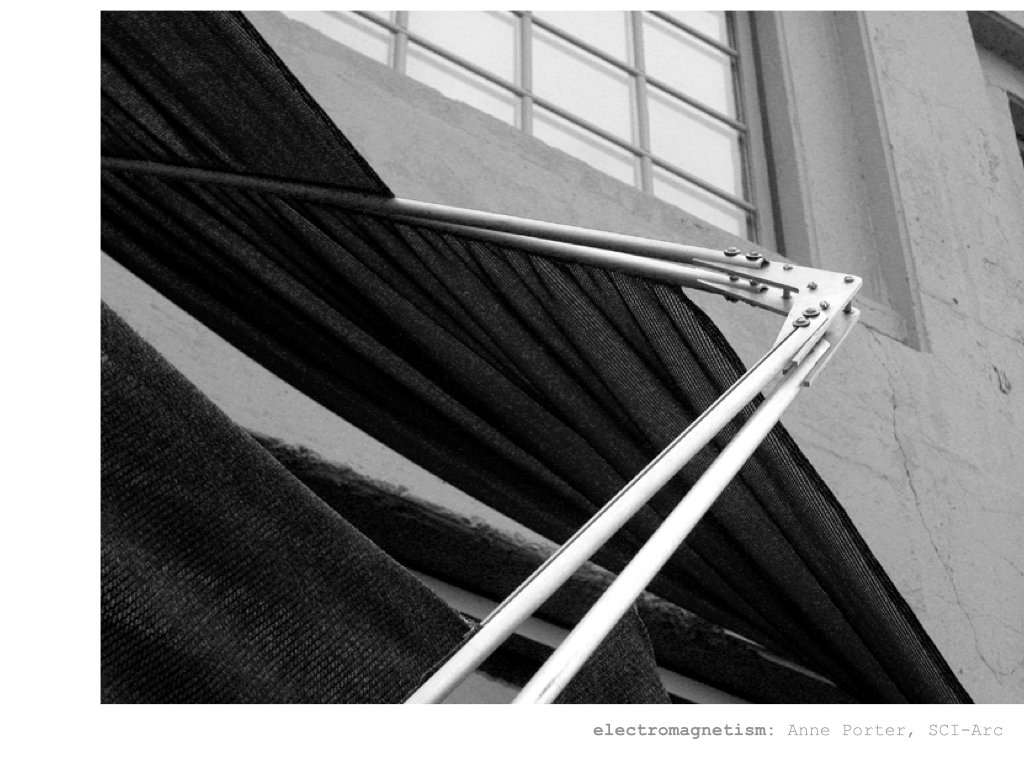
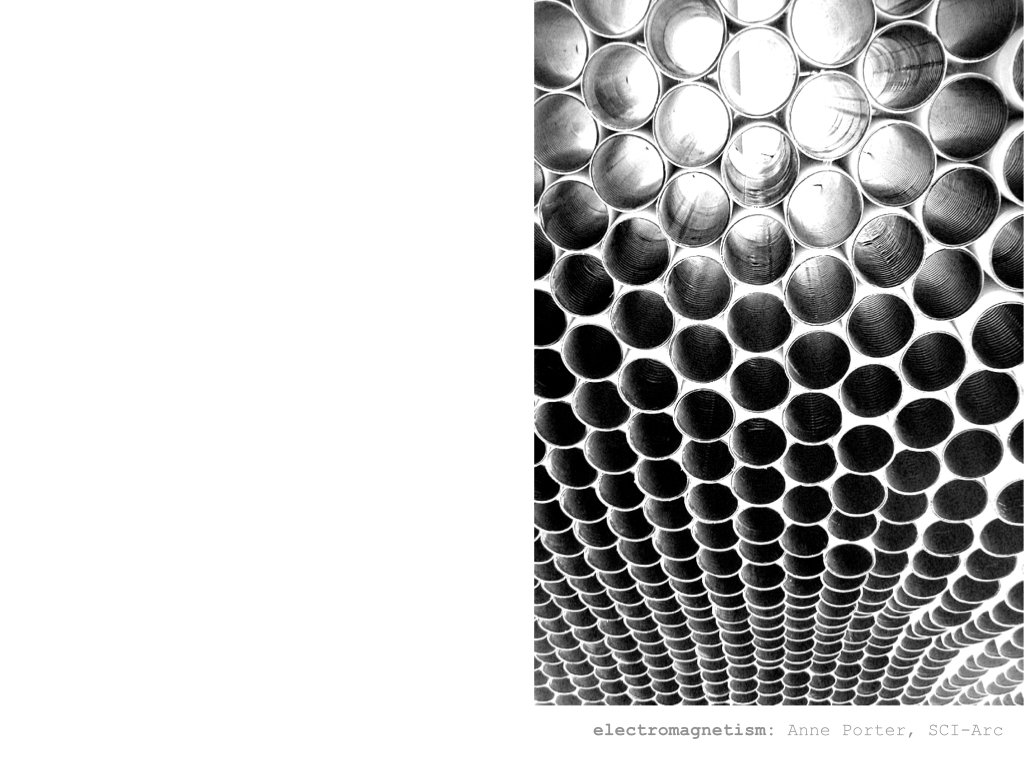
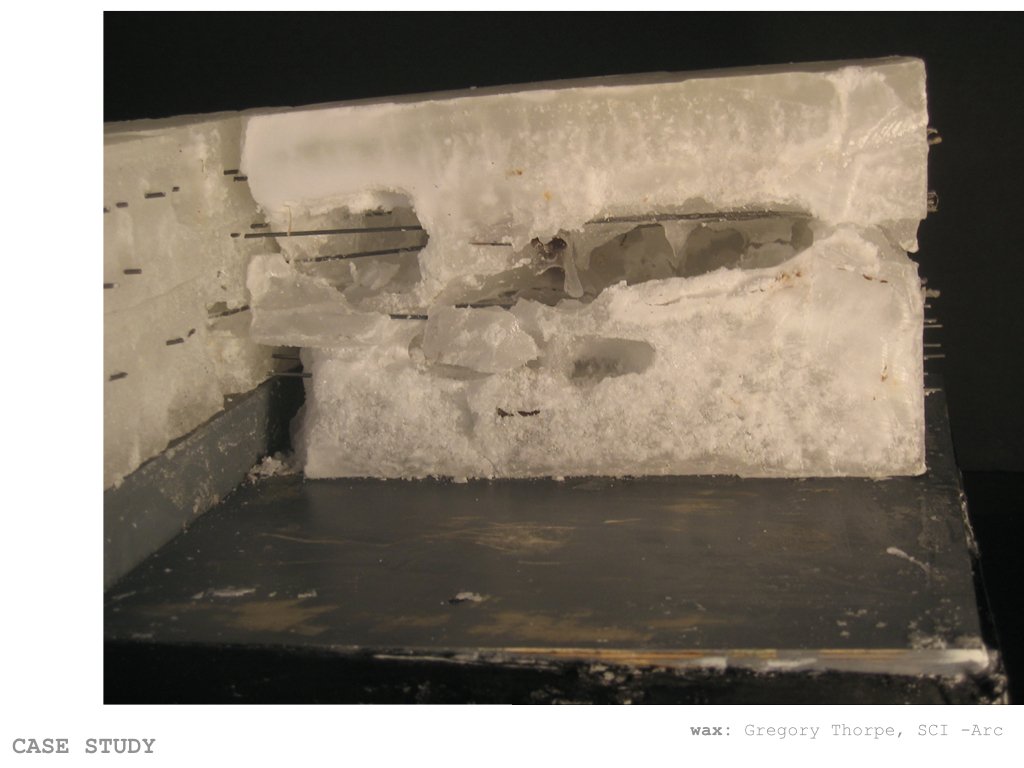
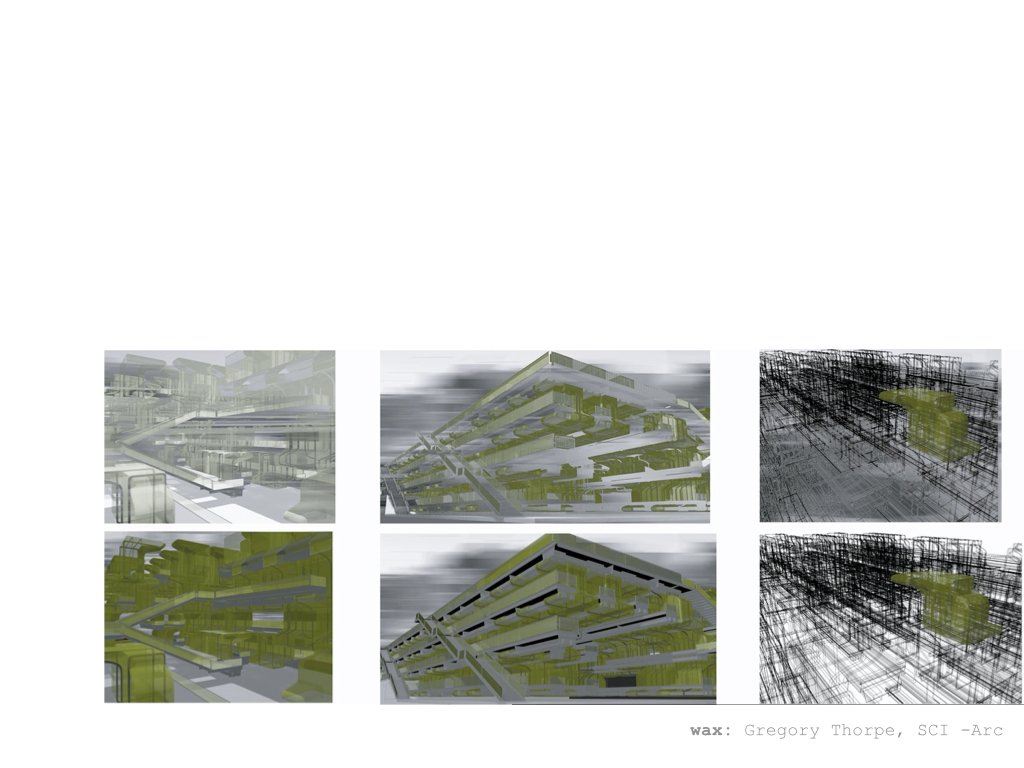
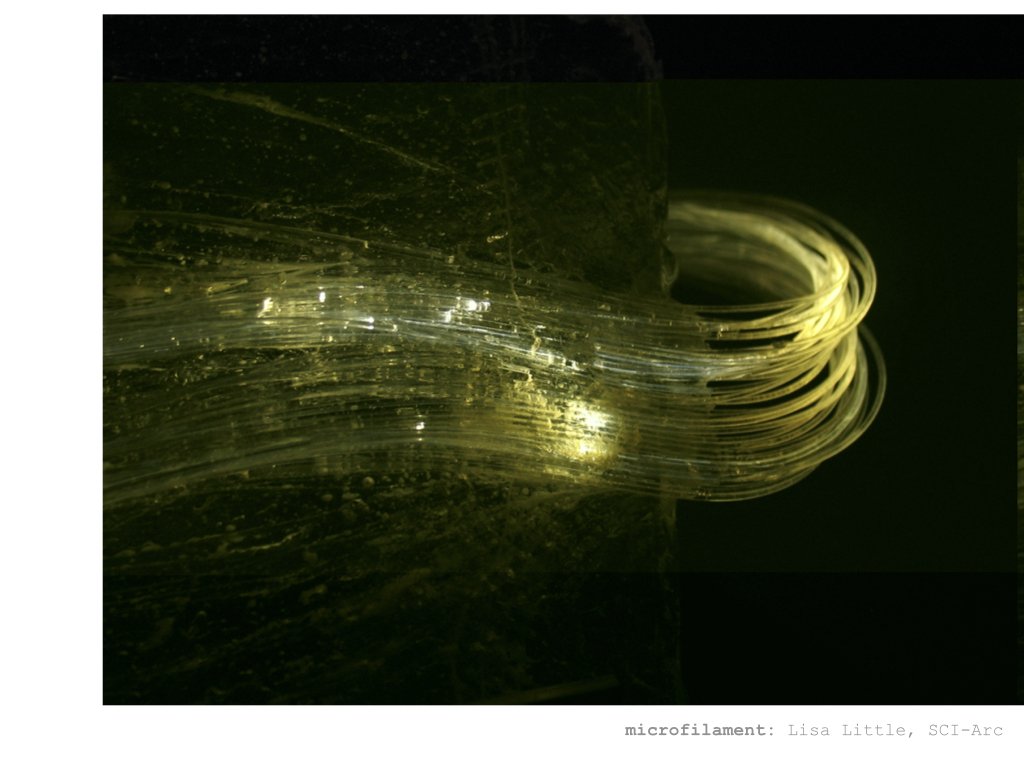

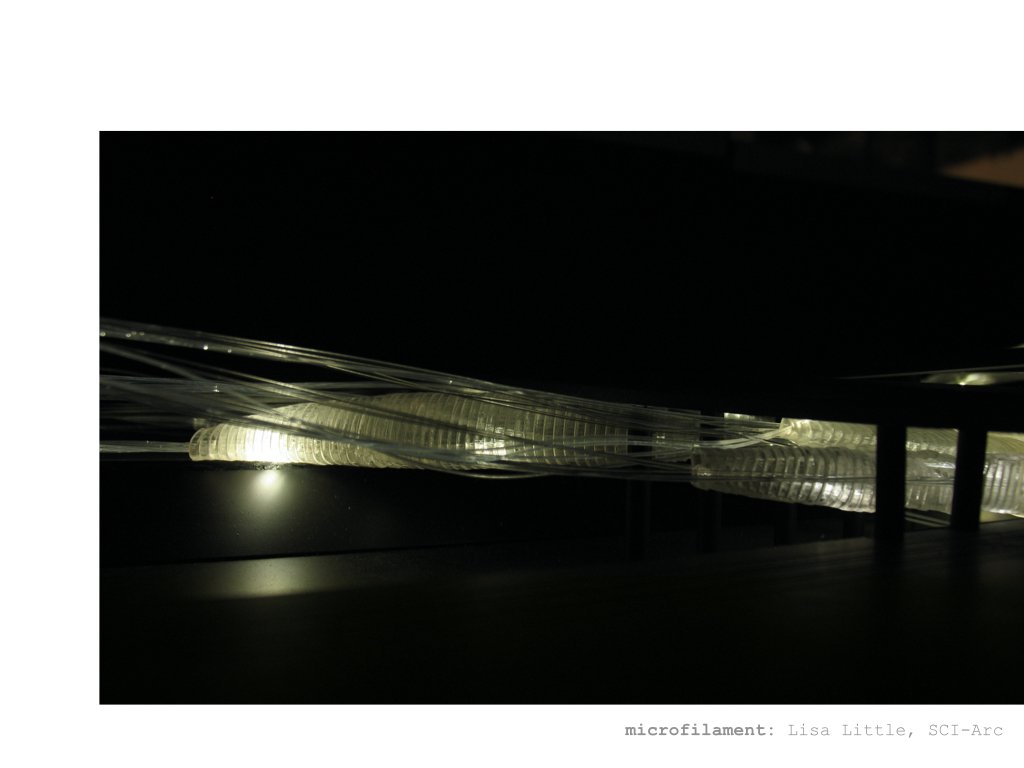
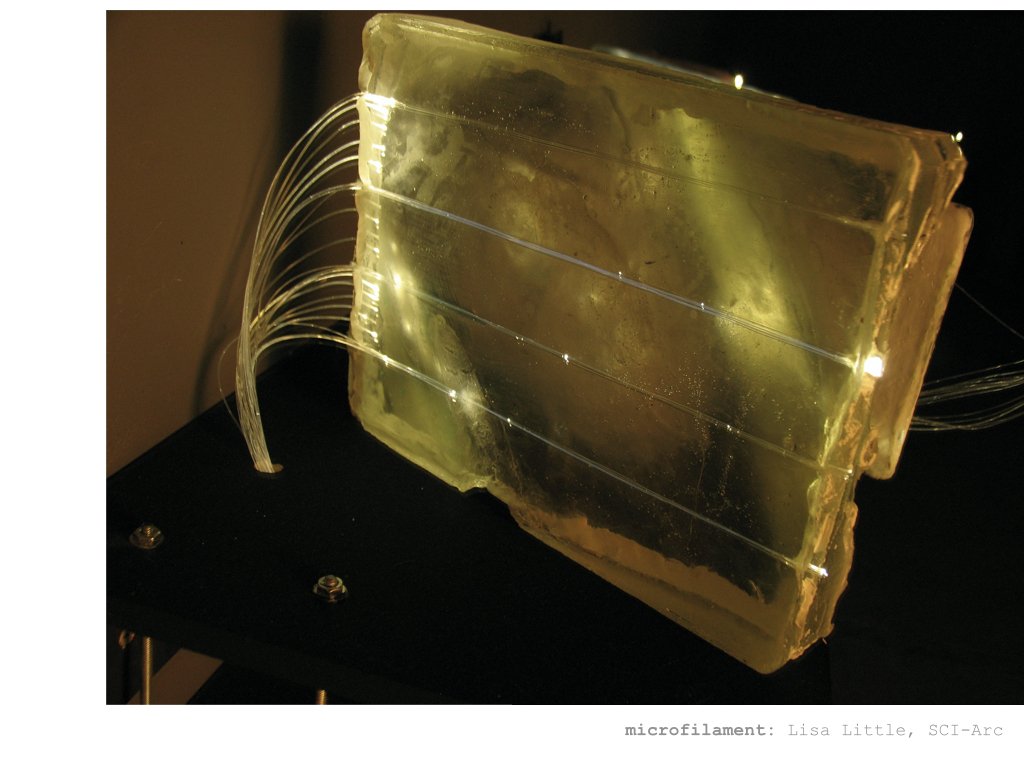
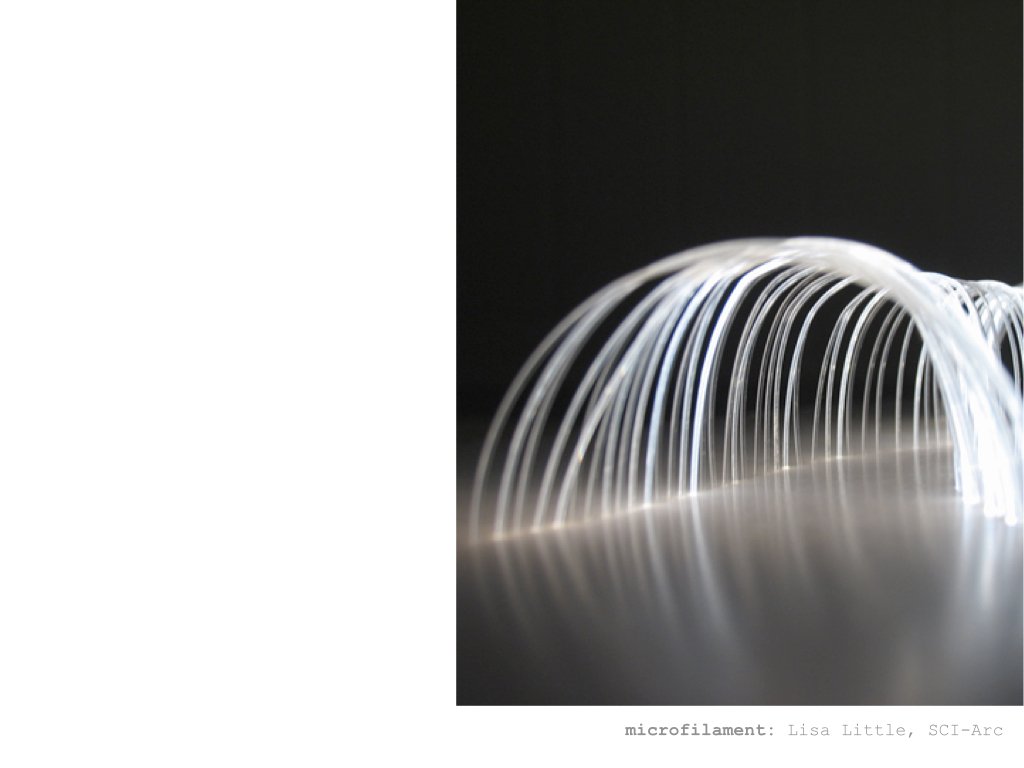
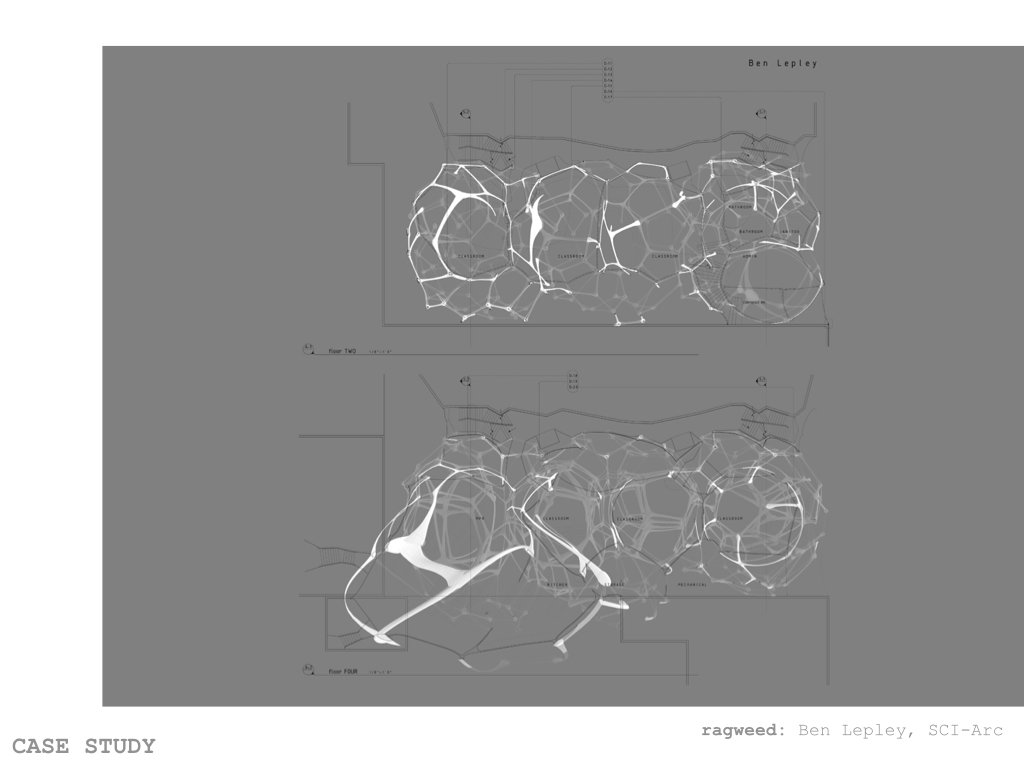
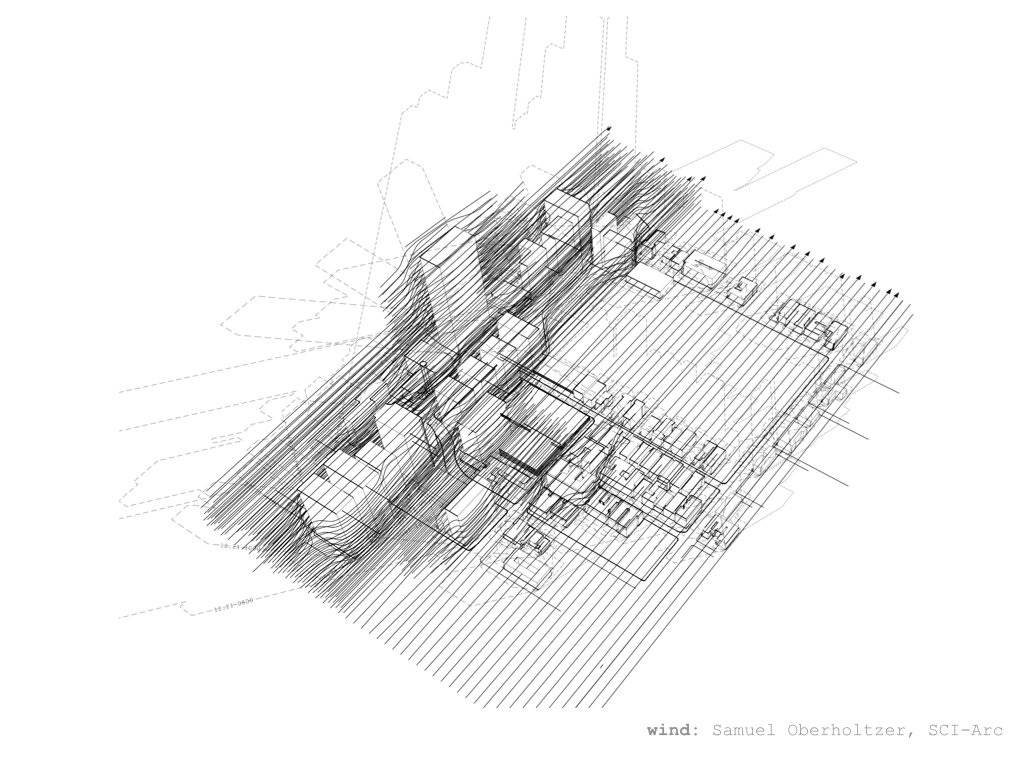
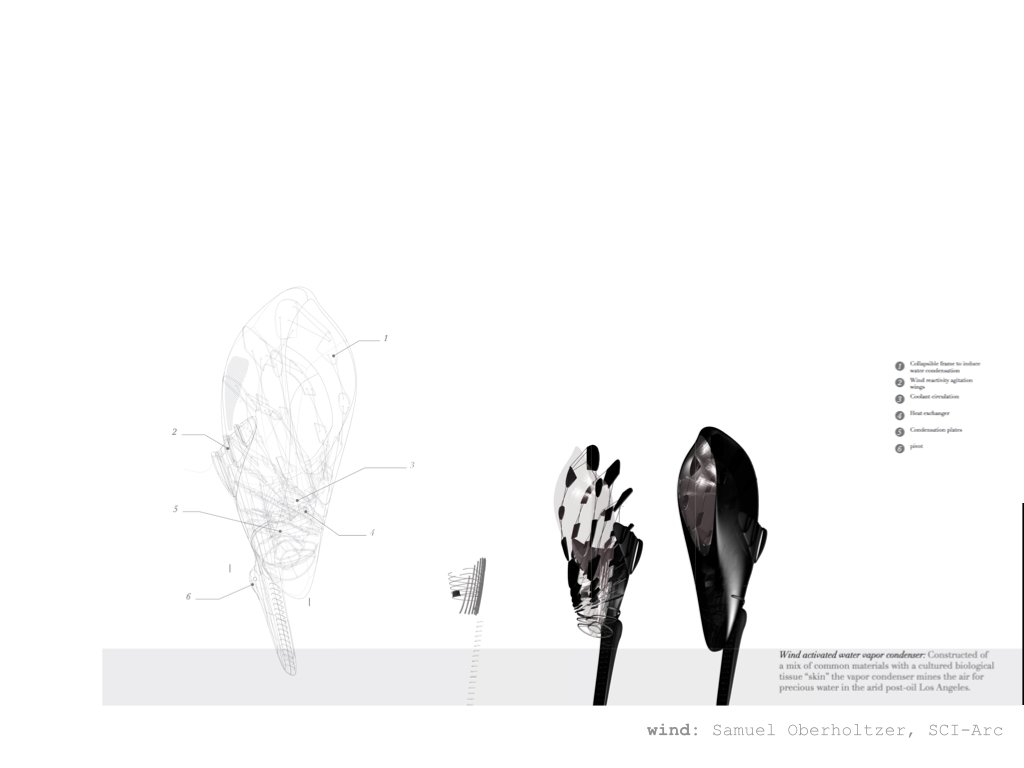
Comprehensive Studio
Most recently, I have taught several comprehensive studios and corequisite building systems seminars. Below you will see the portfolio of one student. The first portfolio shows work from the design studio. The second portfolio includes work from the same student and project for the corequisite seminar. In the seminar, students developed, step-by-step, the building systems of the studio project. The process consisted of weekly assignments over the course of the semester, including site analysis, structural development, mechanical and plumbing systems, circulation, egress, ADA, sustainable systems, building envelope and construction details. Students used CAD, Revit and Ecotect (now integrated into Revit) for the environmental analysis.
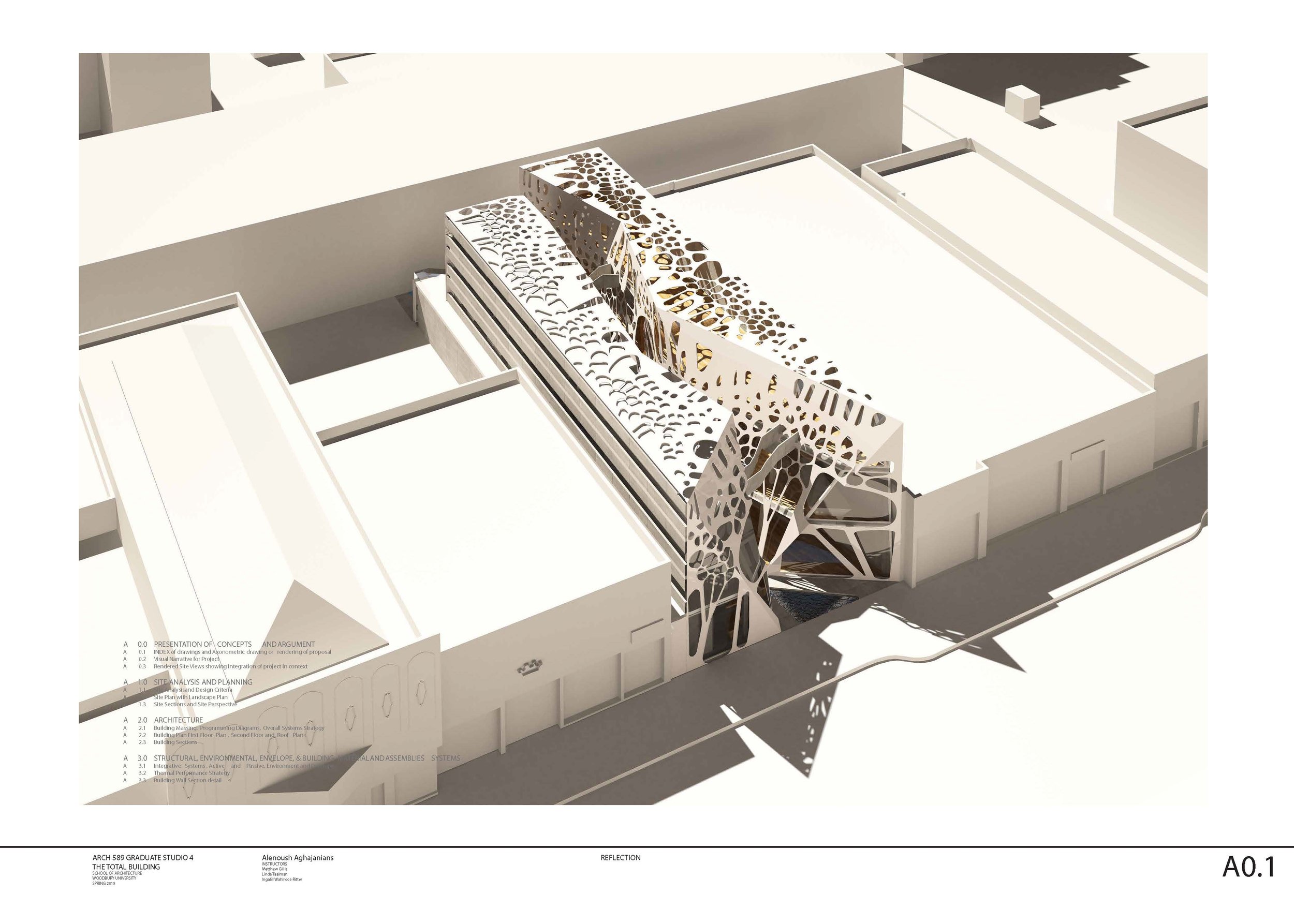
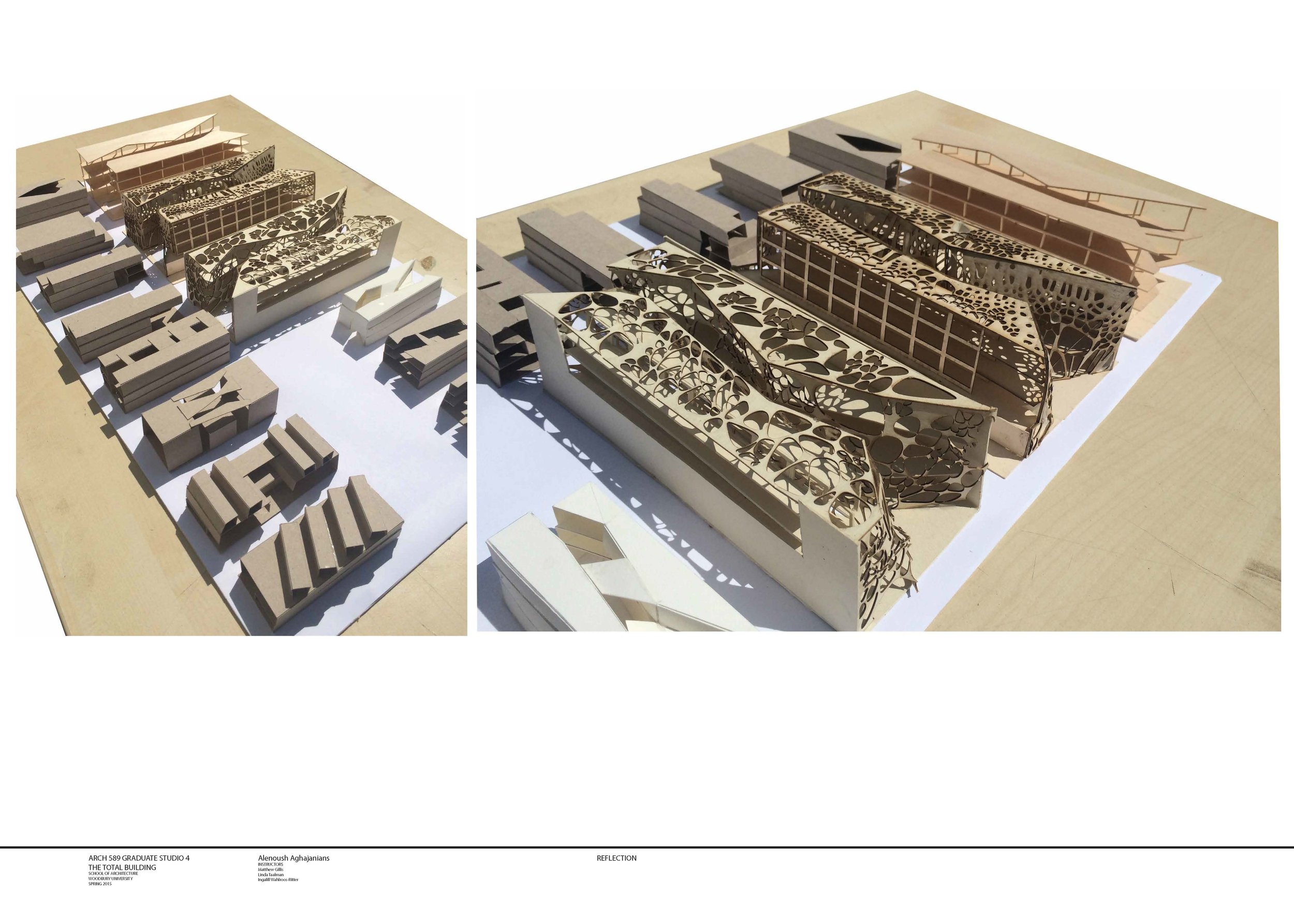
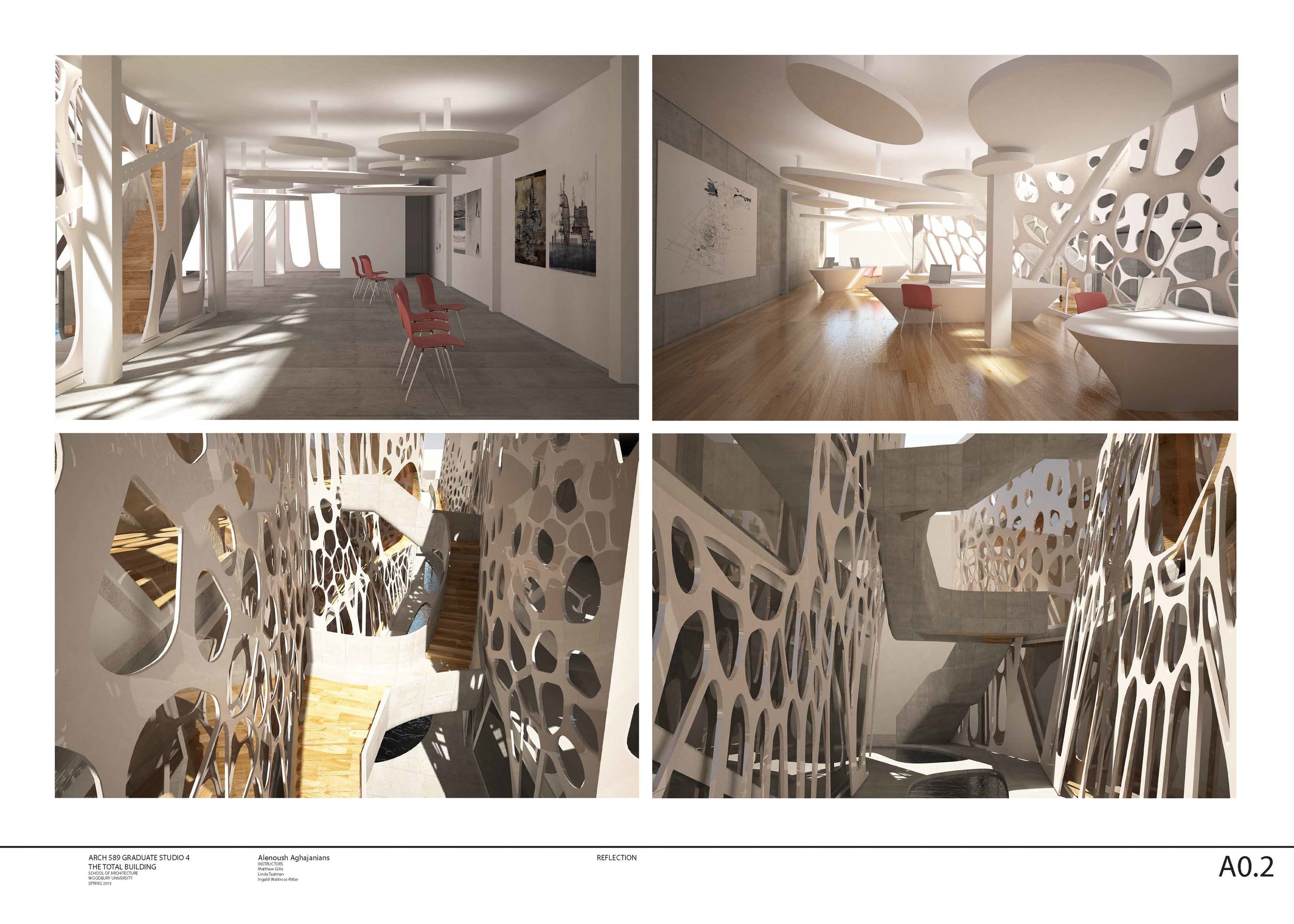
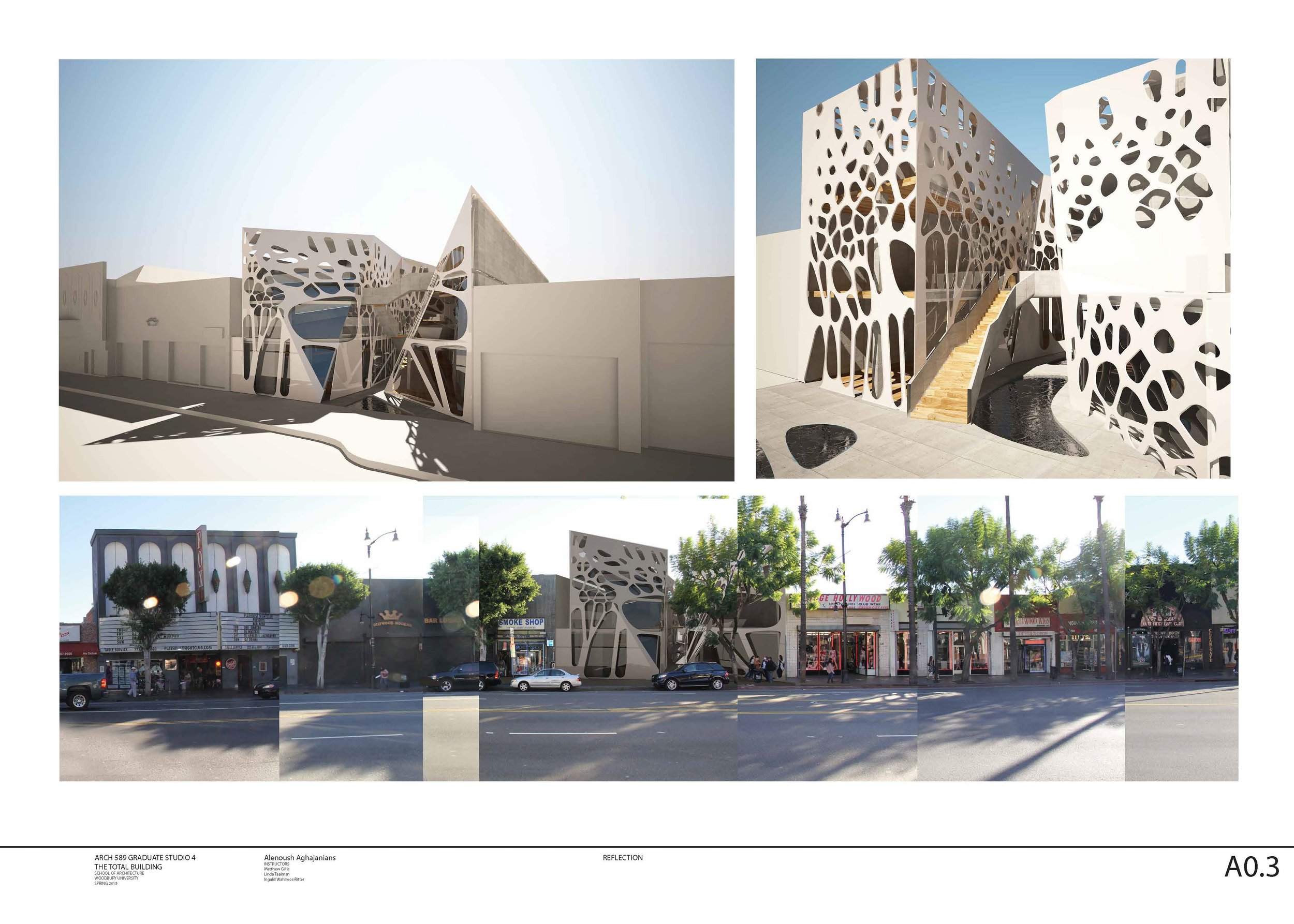
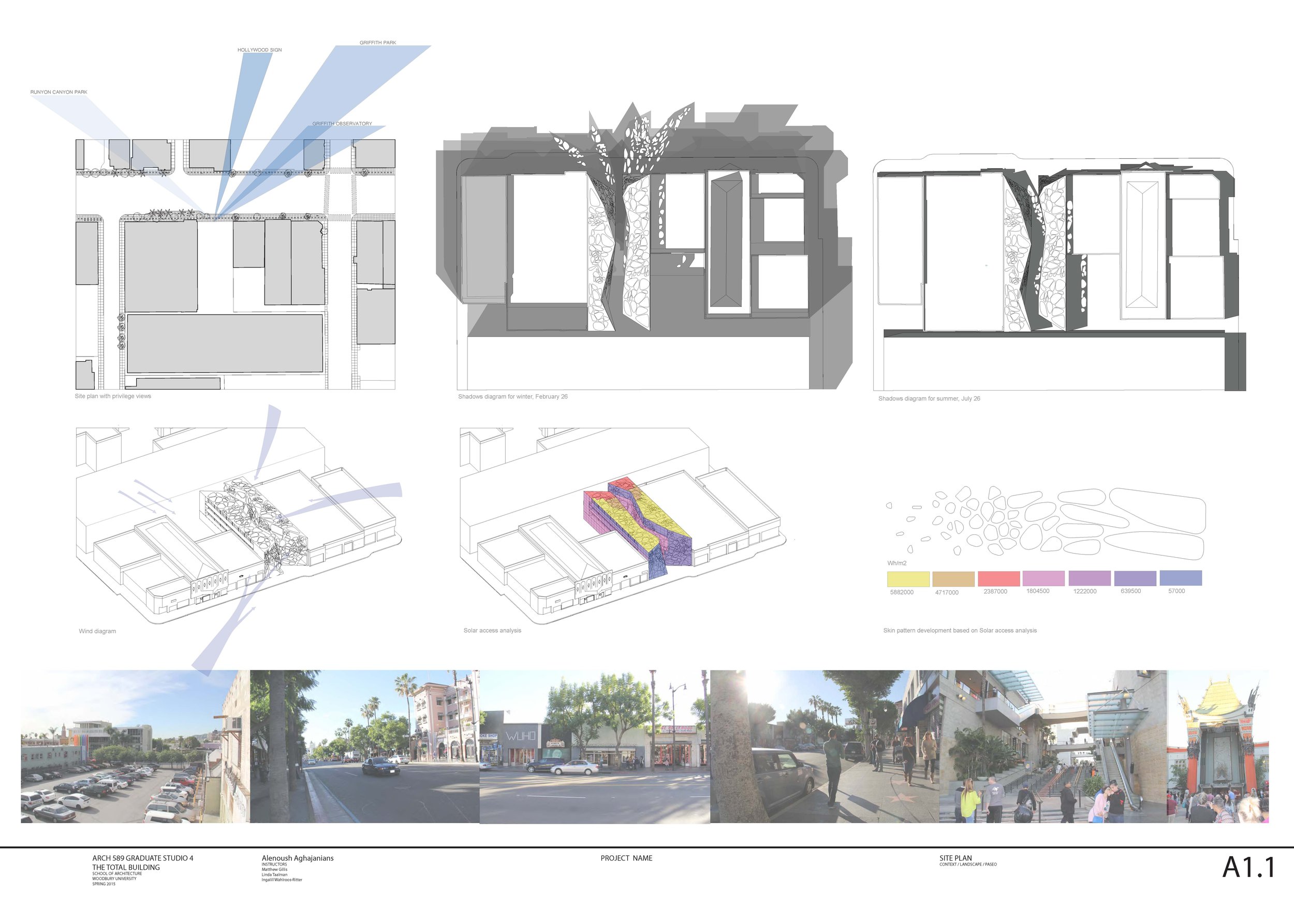
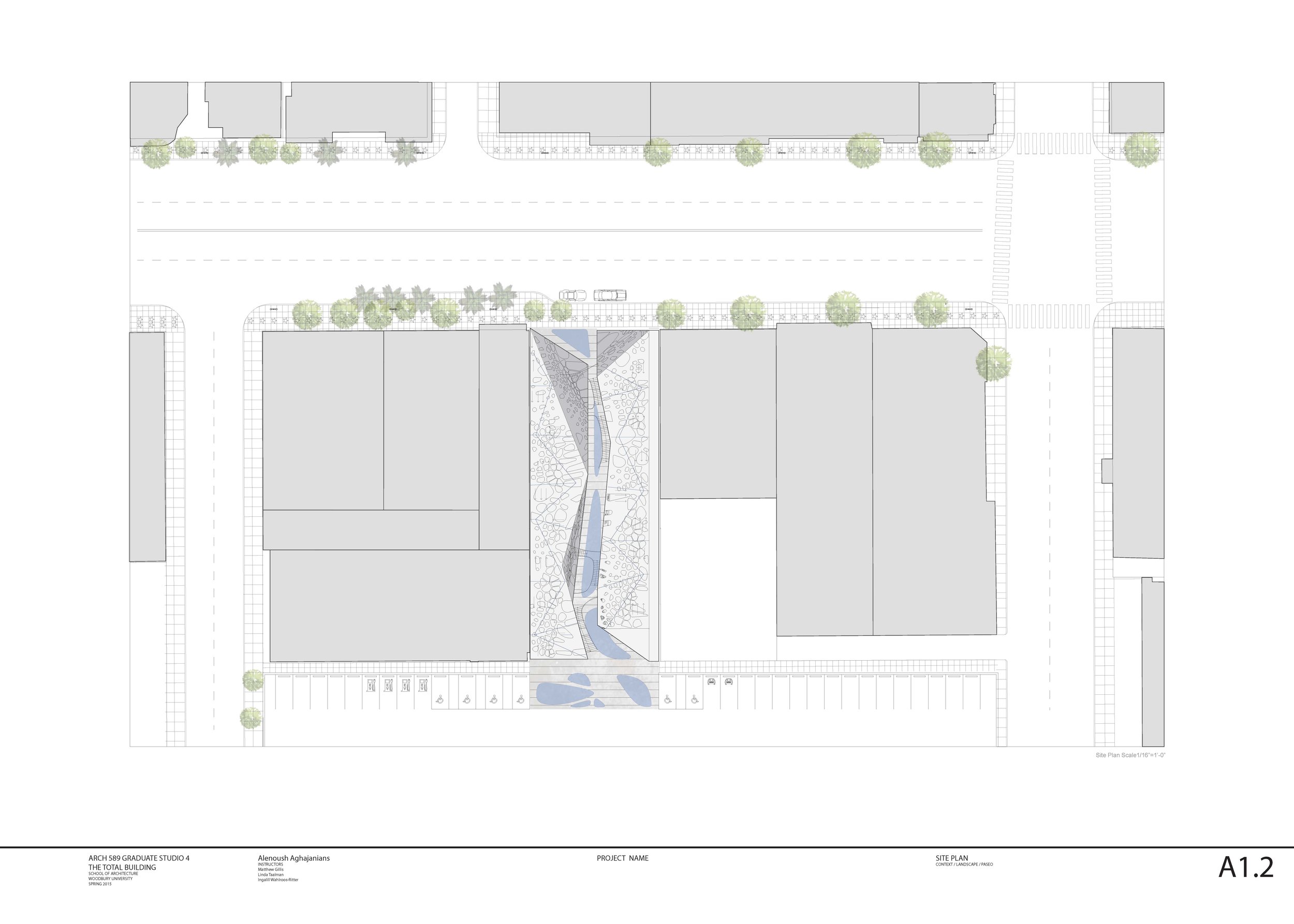
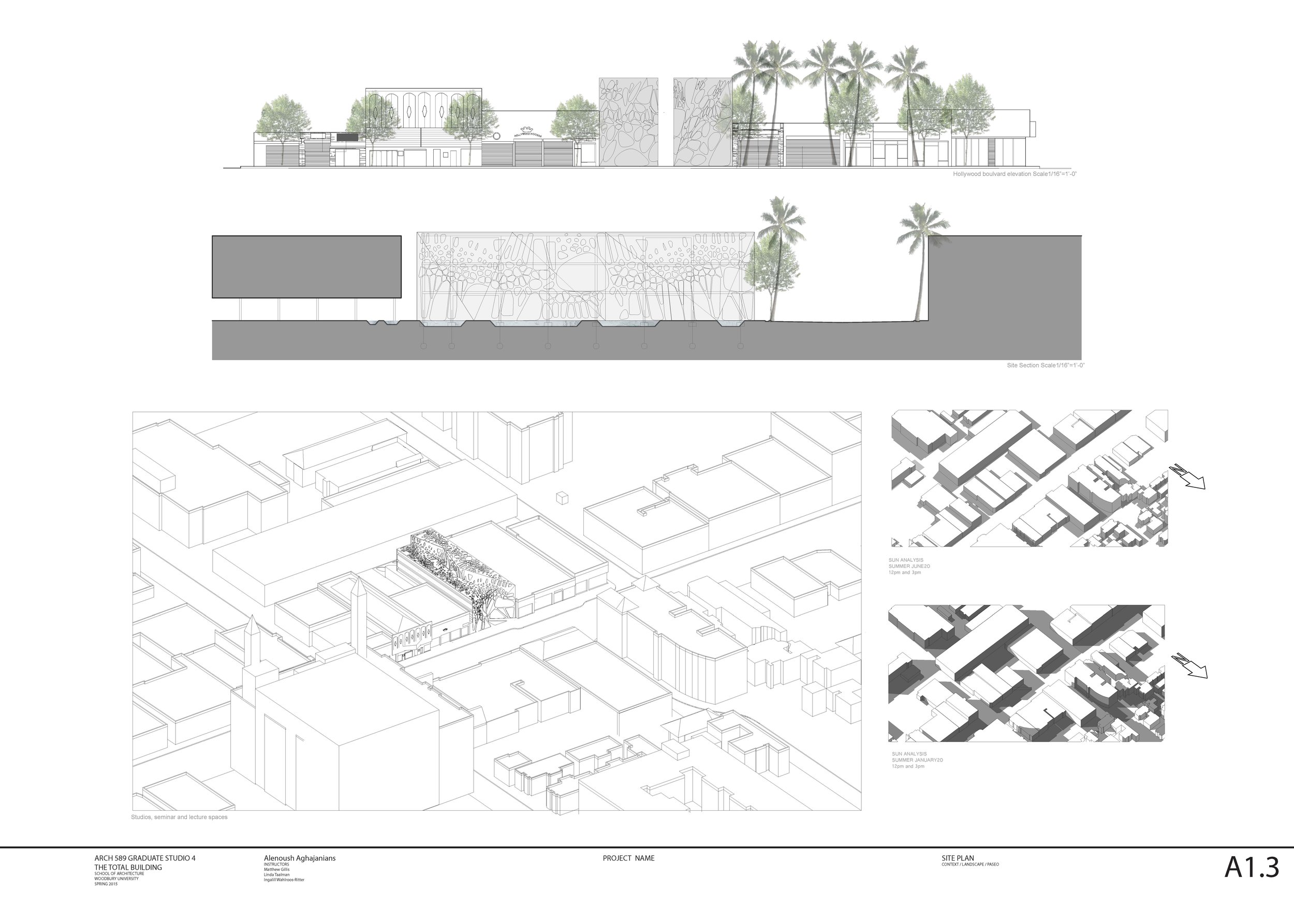
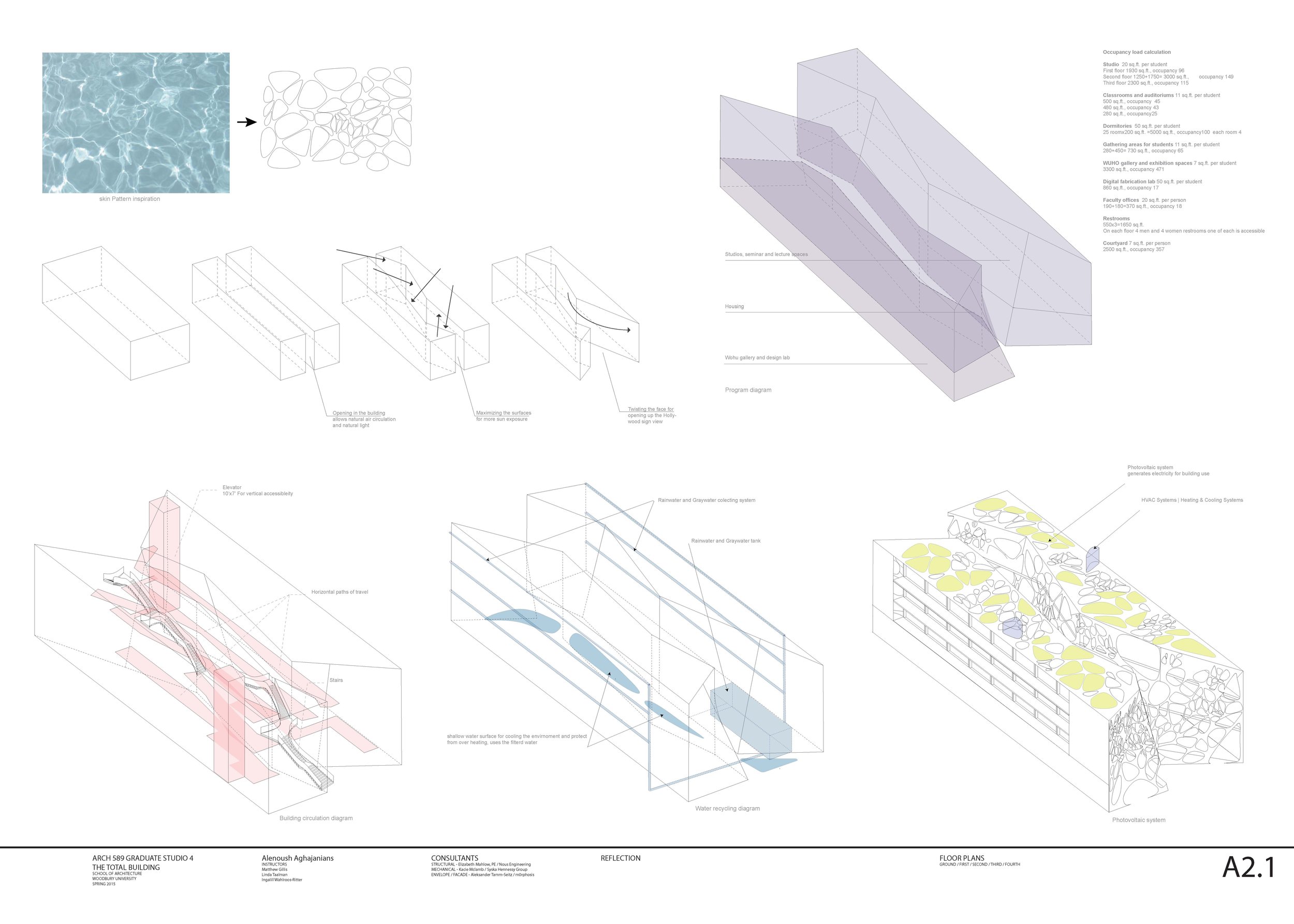

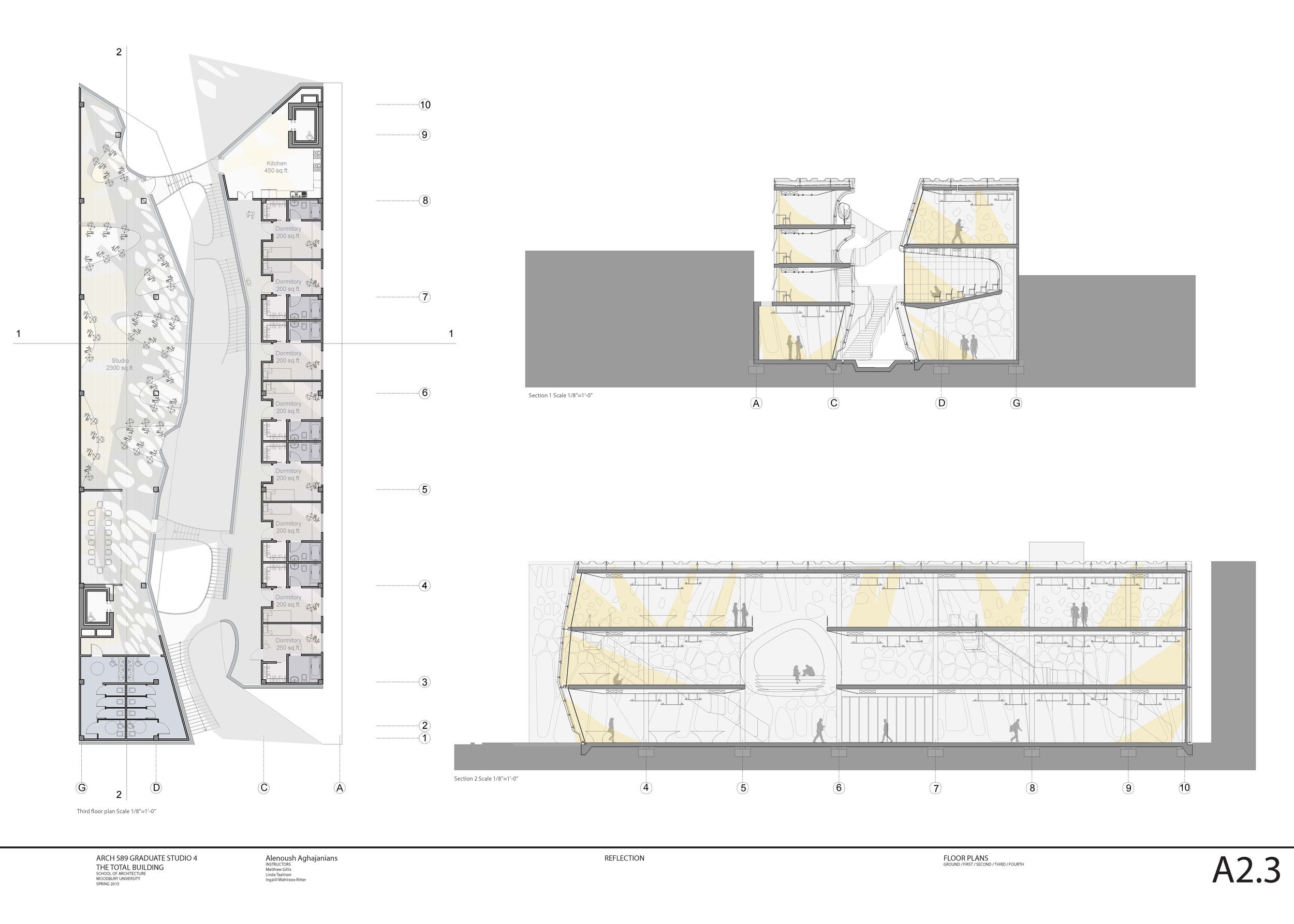
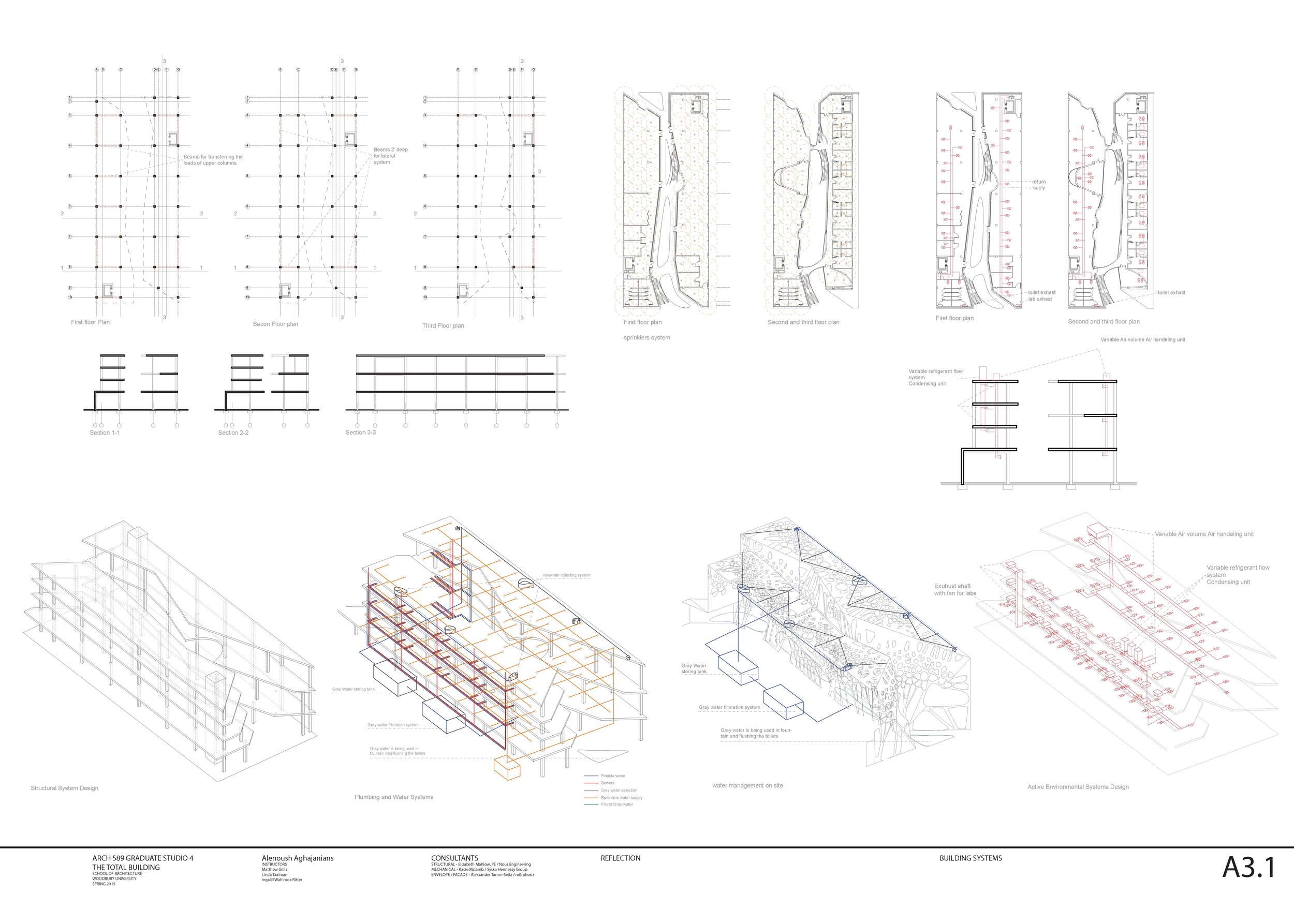
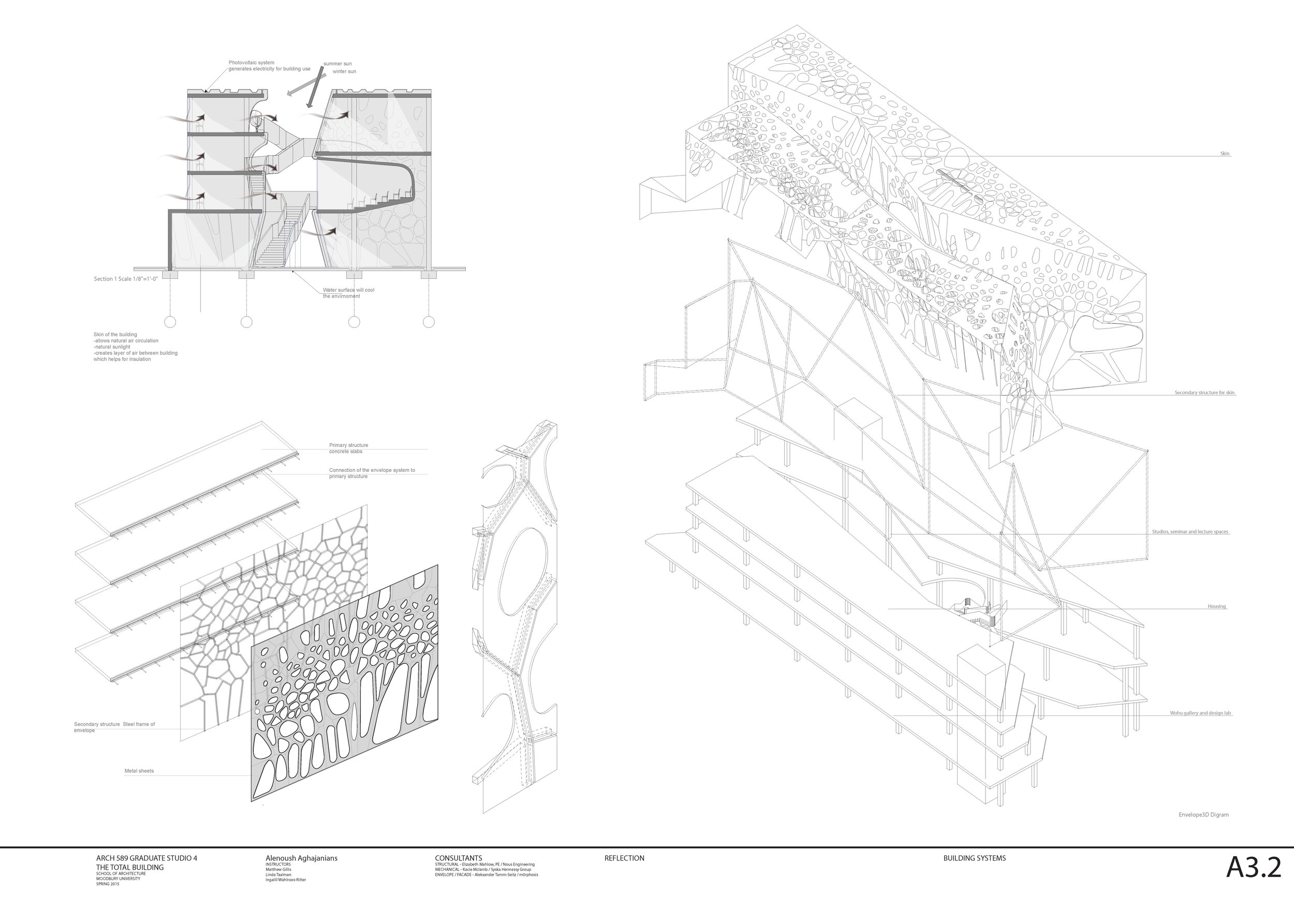
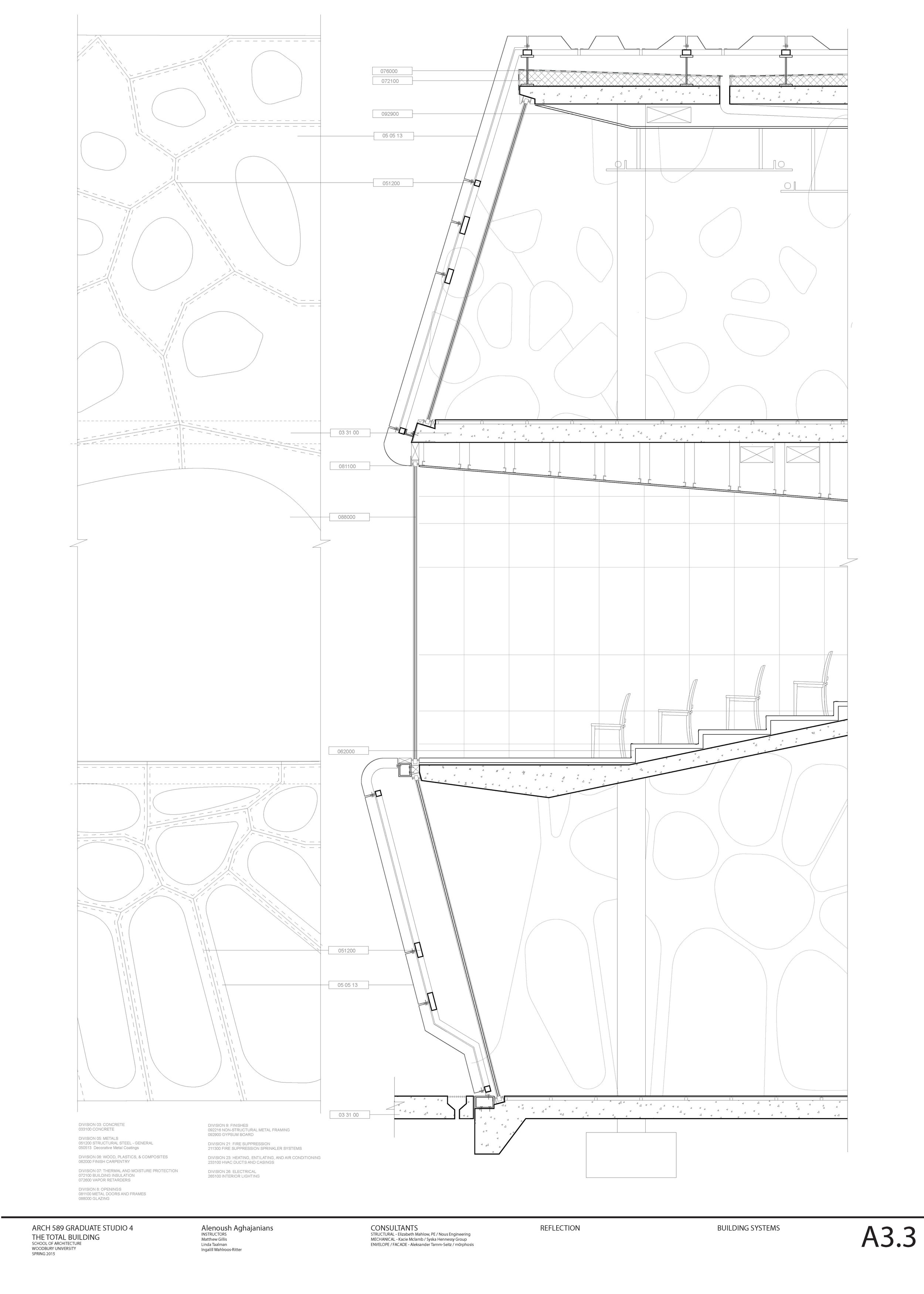


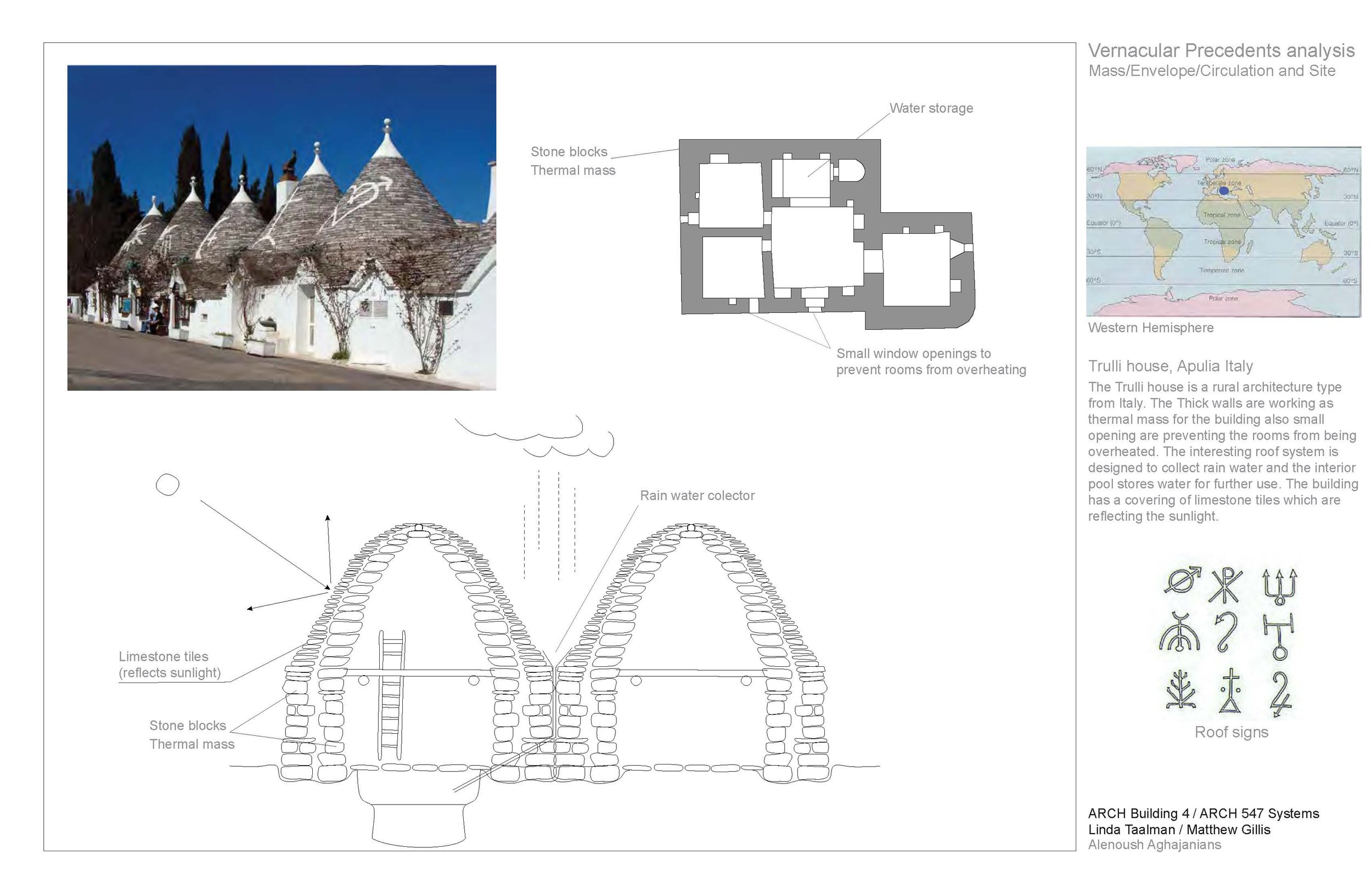
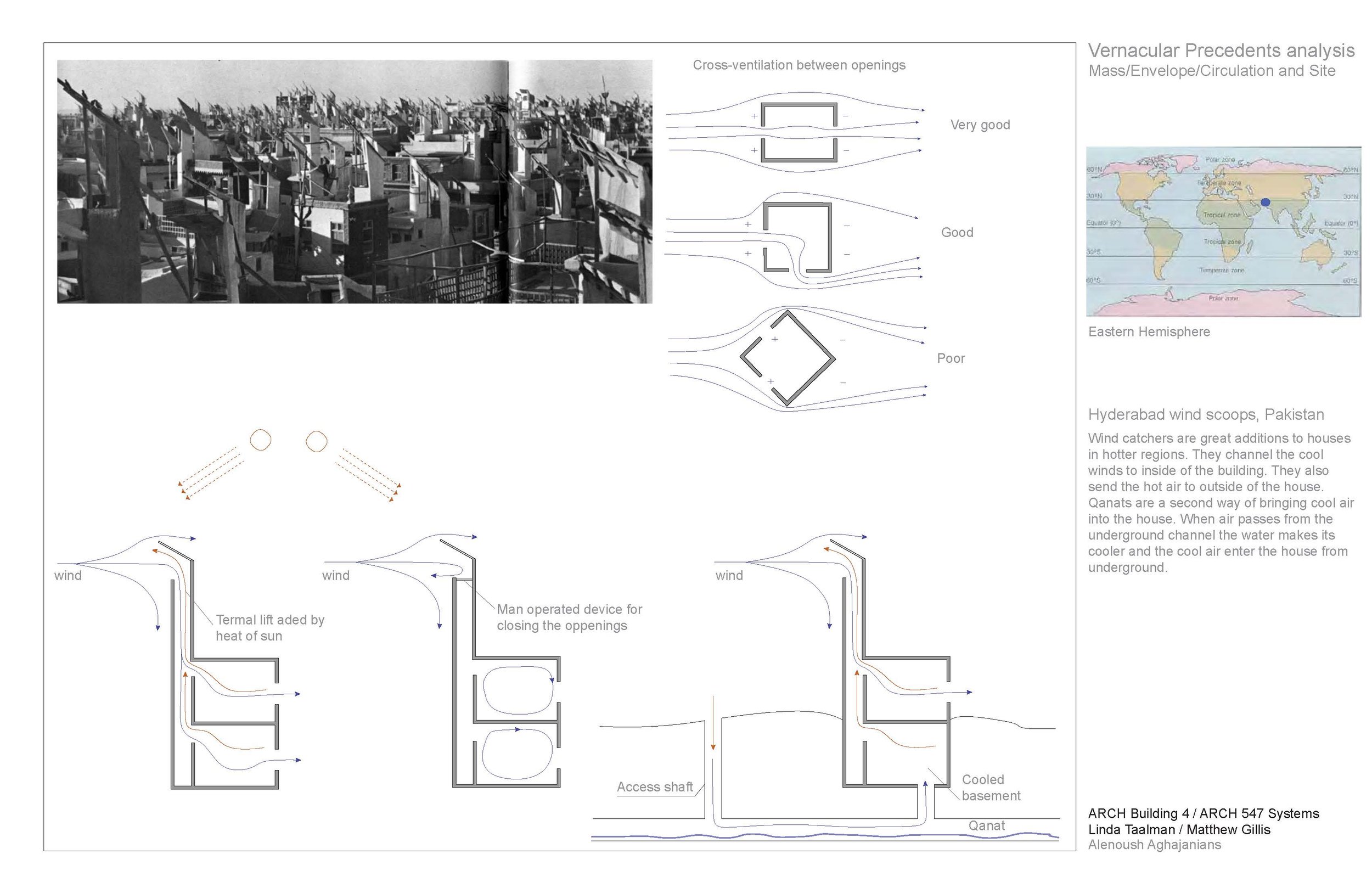
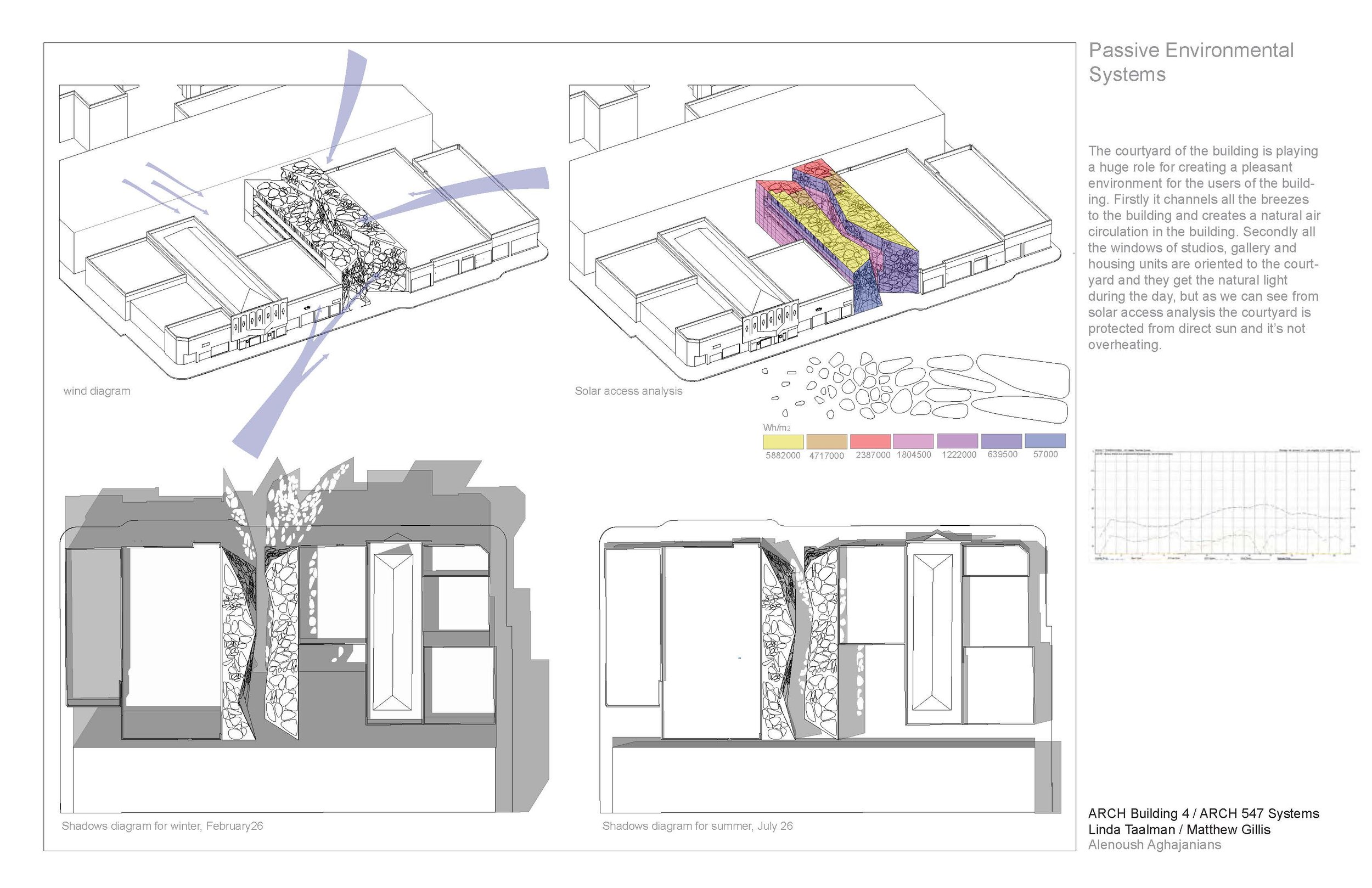


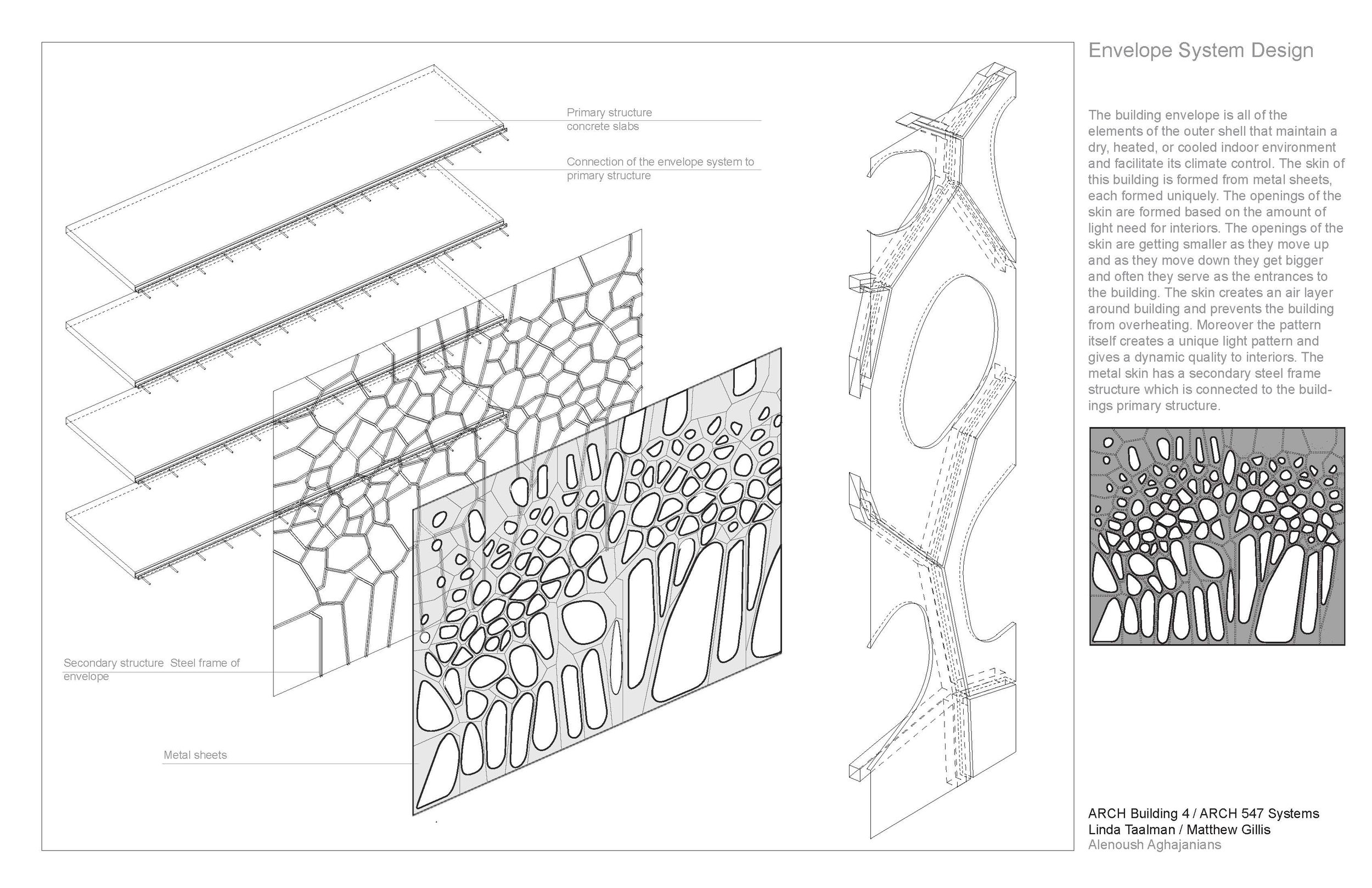



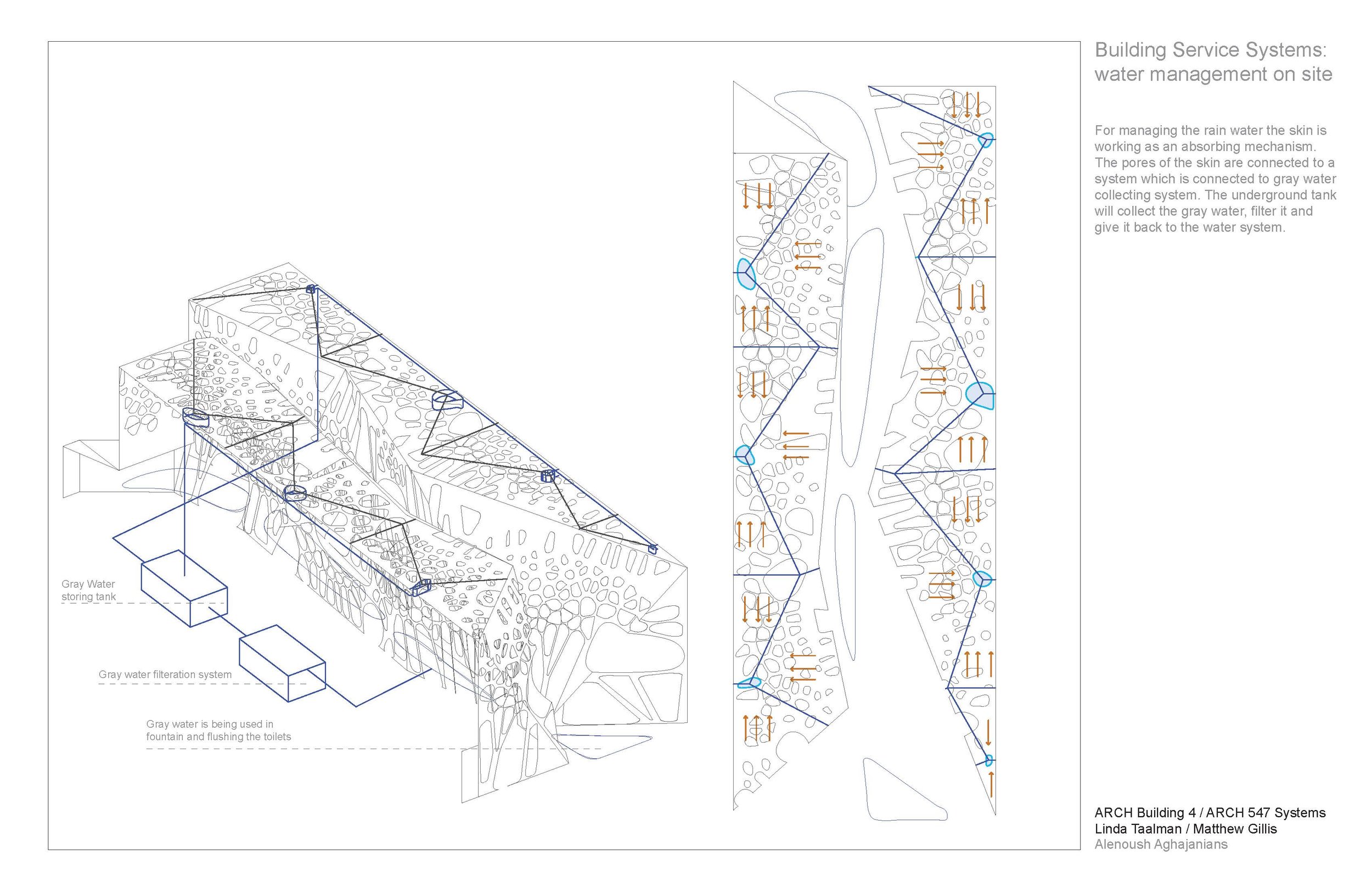

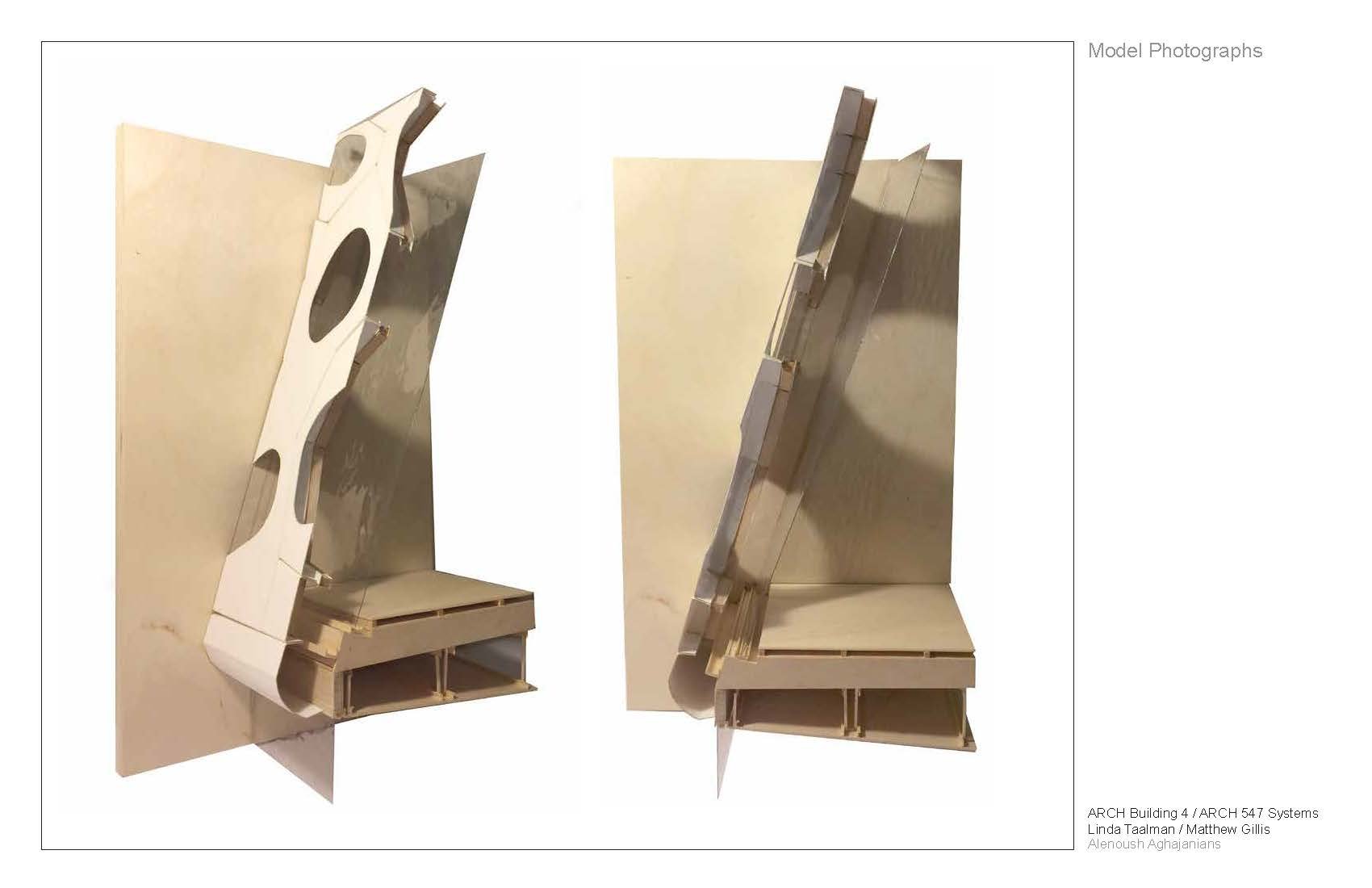
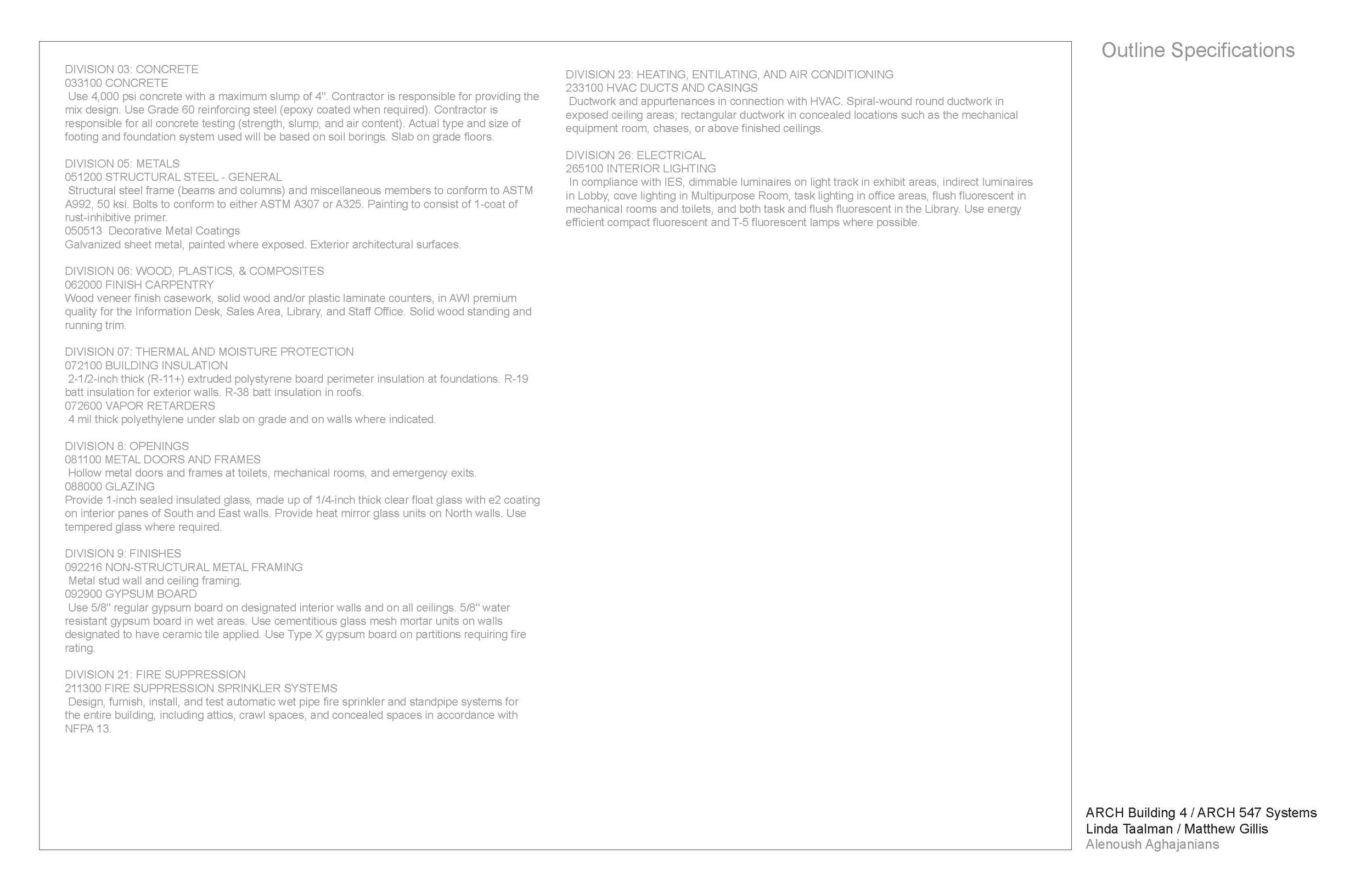
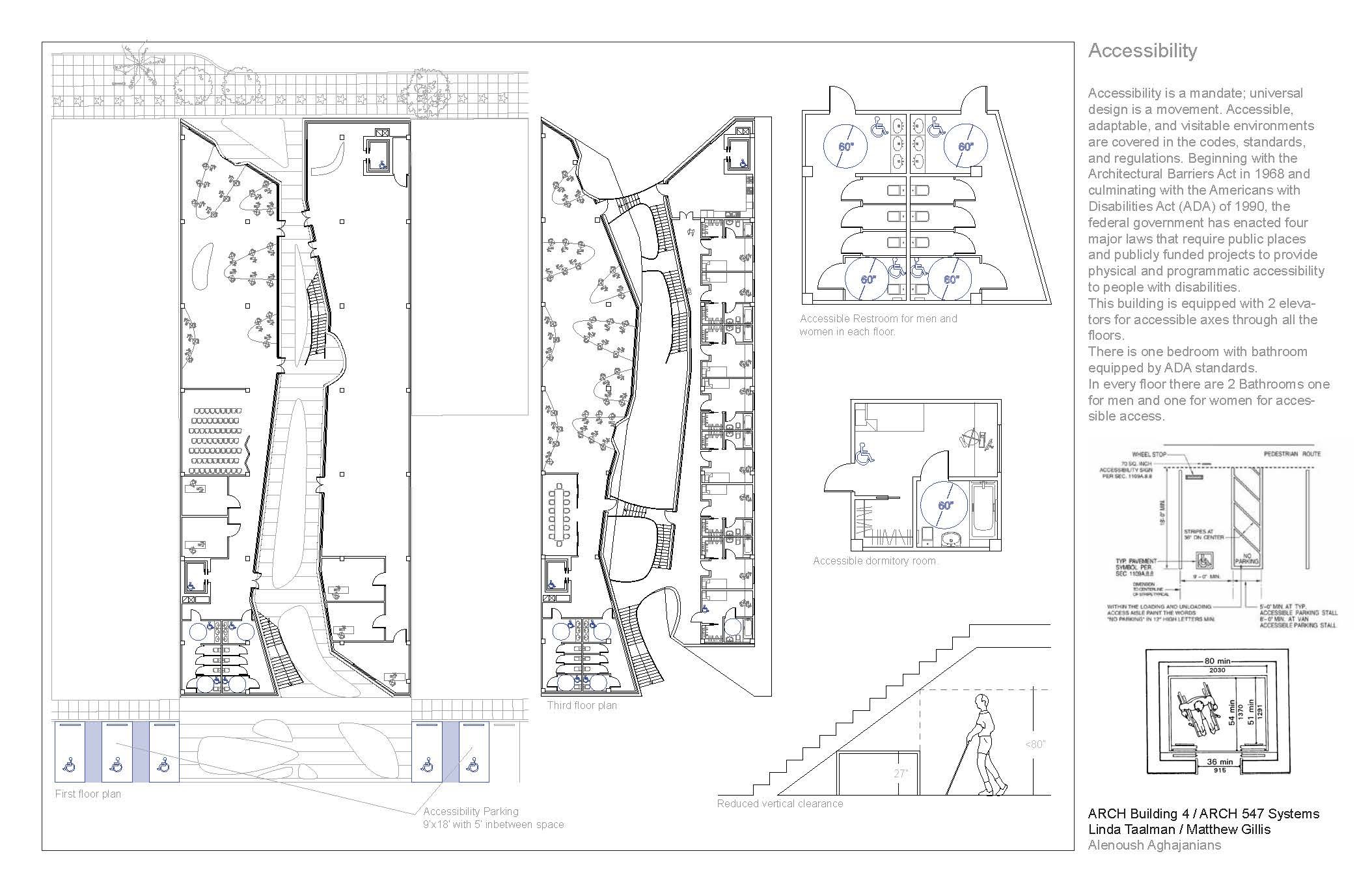

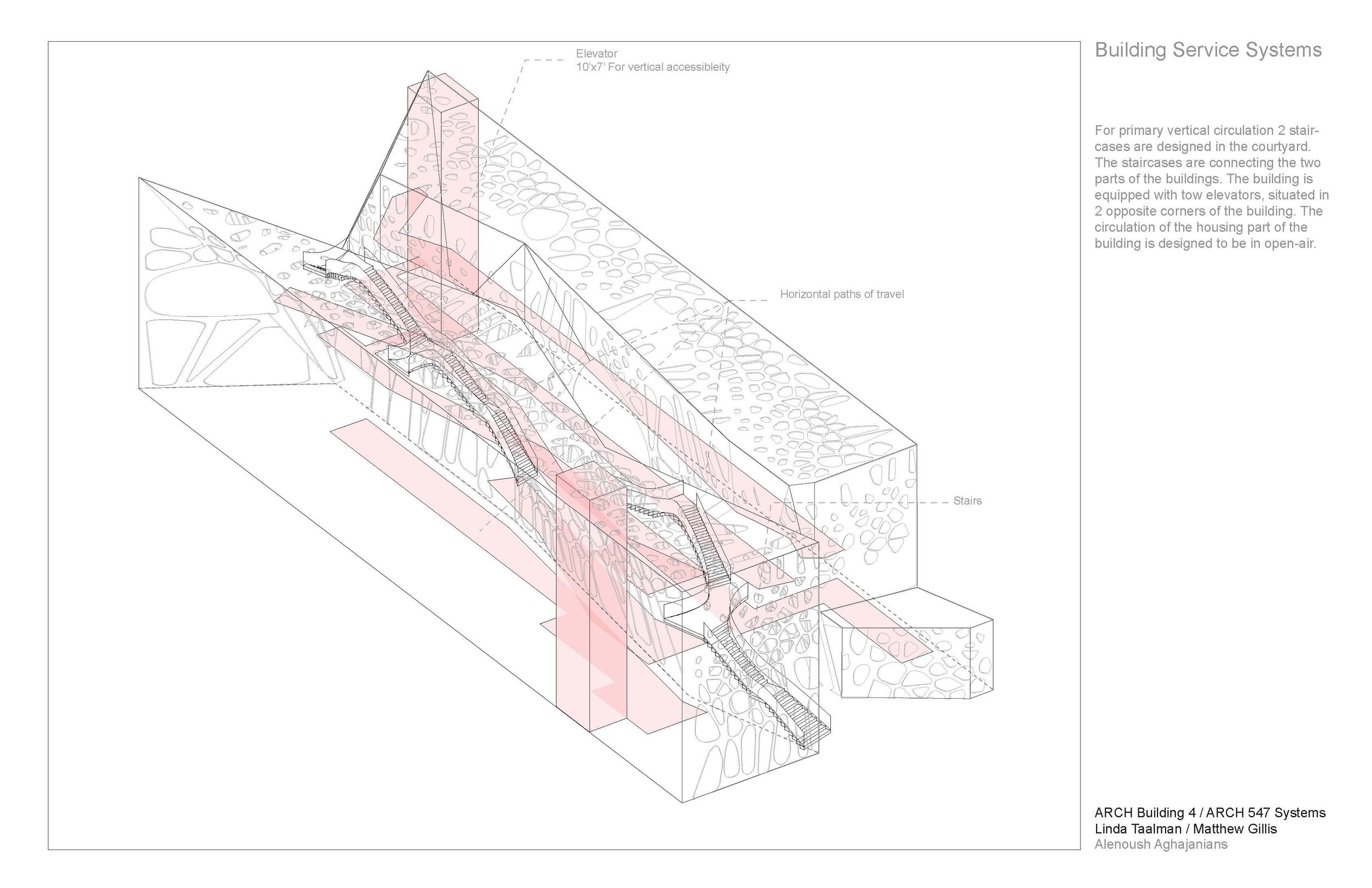
Syllabus and Rubric sample
Following is a sample of a syllabus I prepared for a comprehensive studio with my teaching team. It includes NAAB-related learning outcomes, assignments and rubrics that are handed out to students with each assignment.
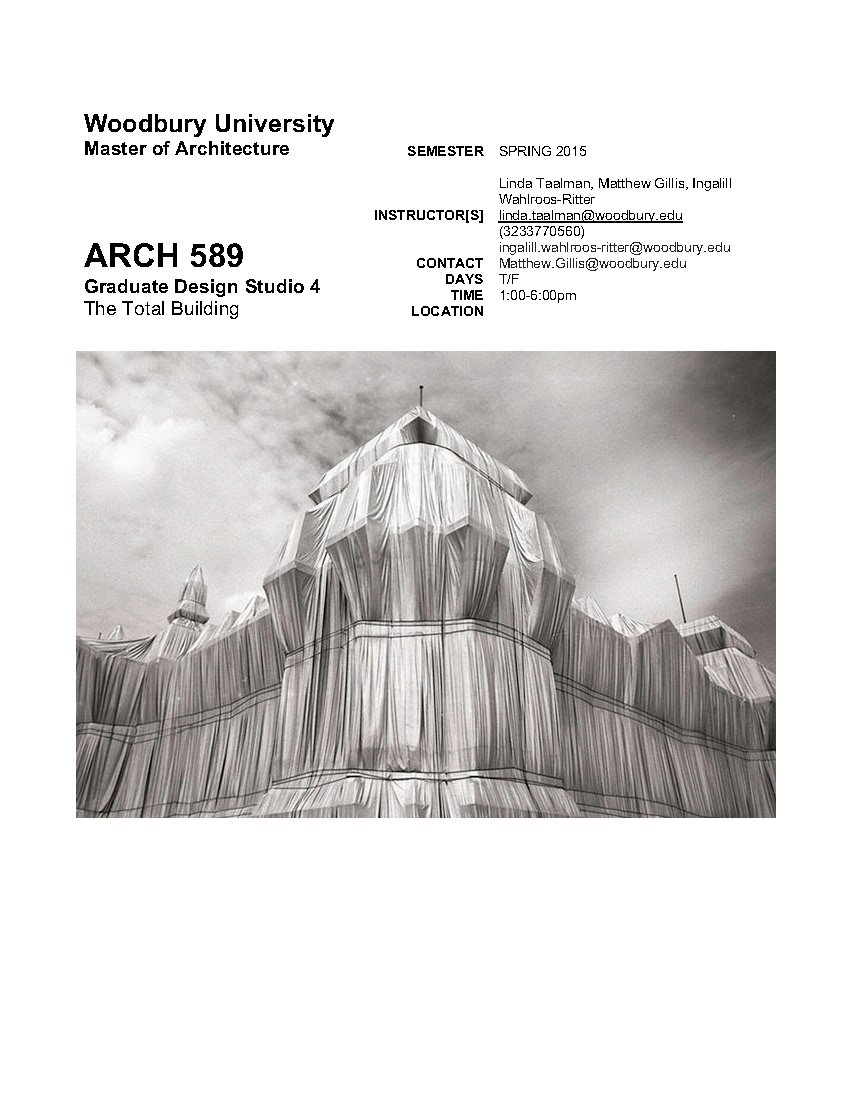

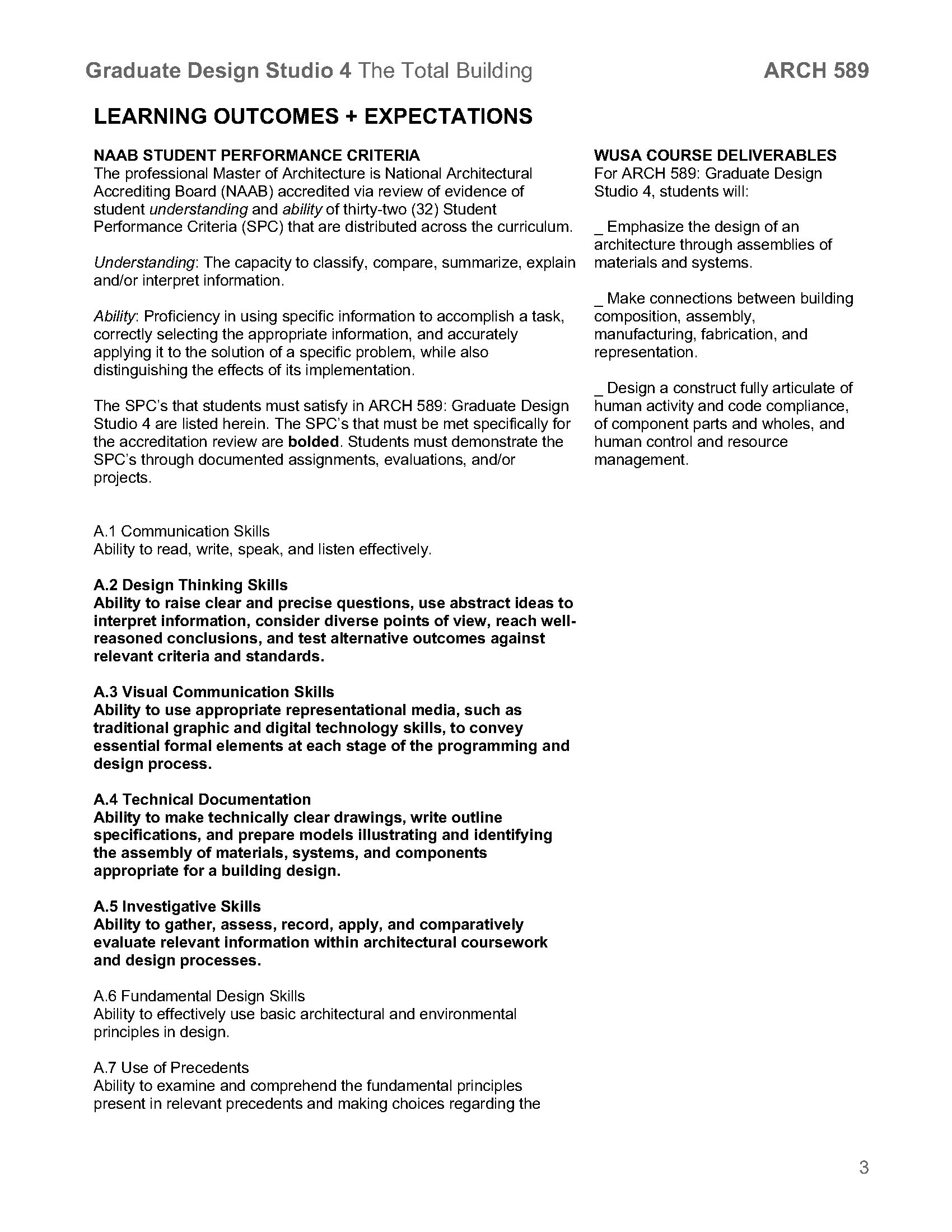
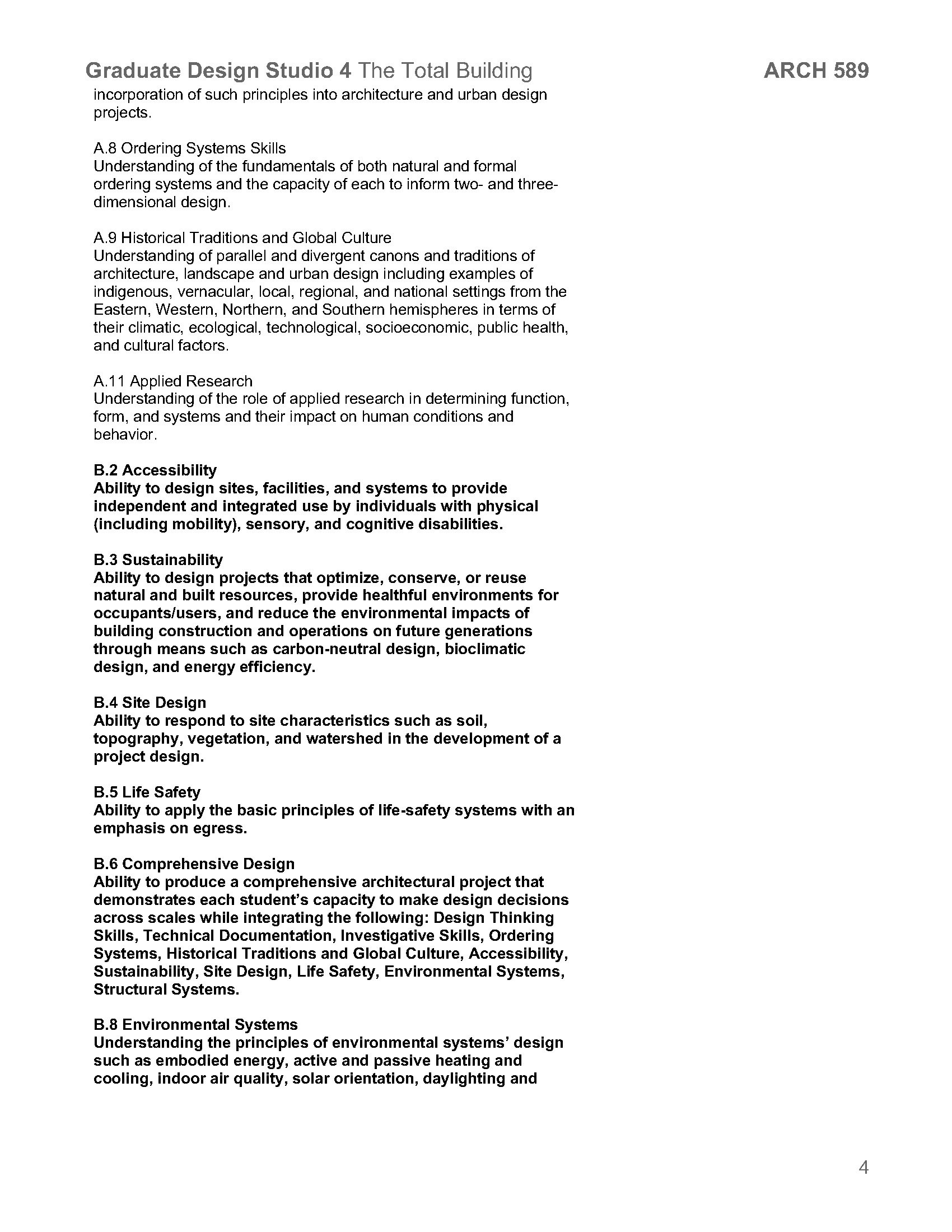





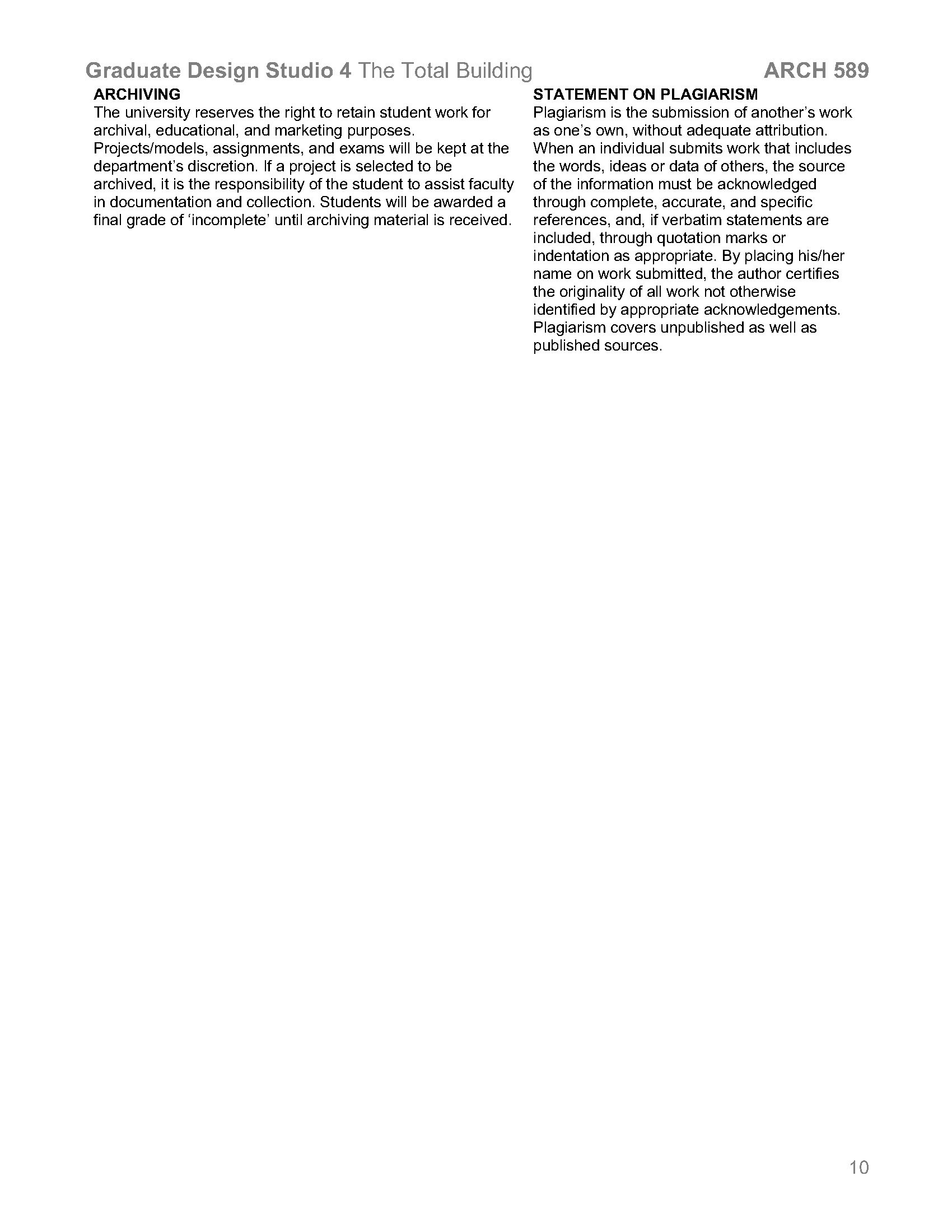
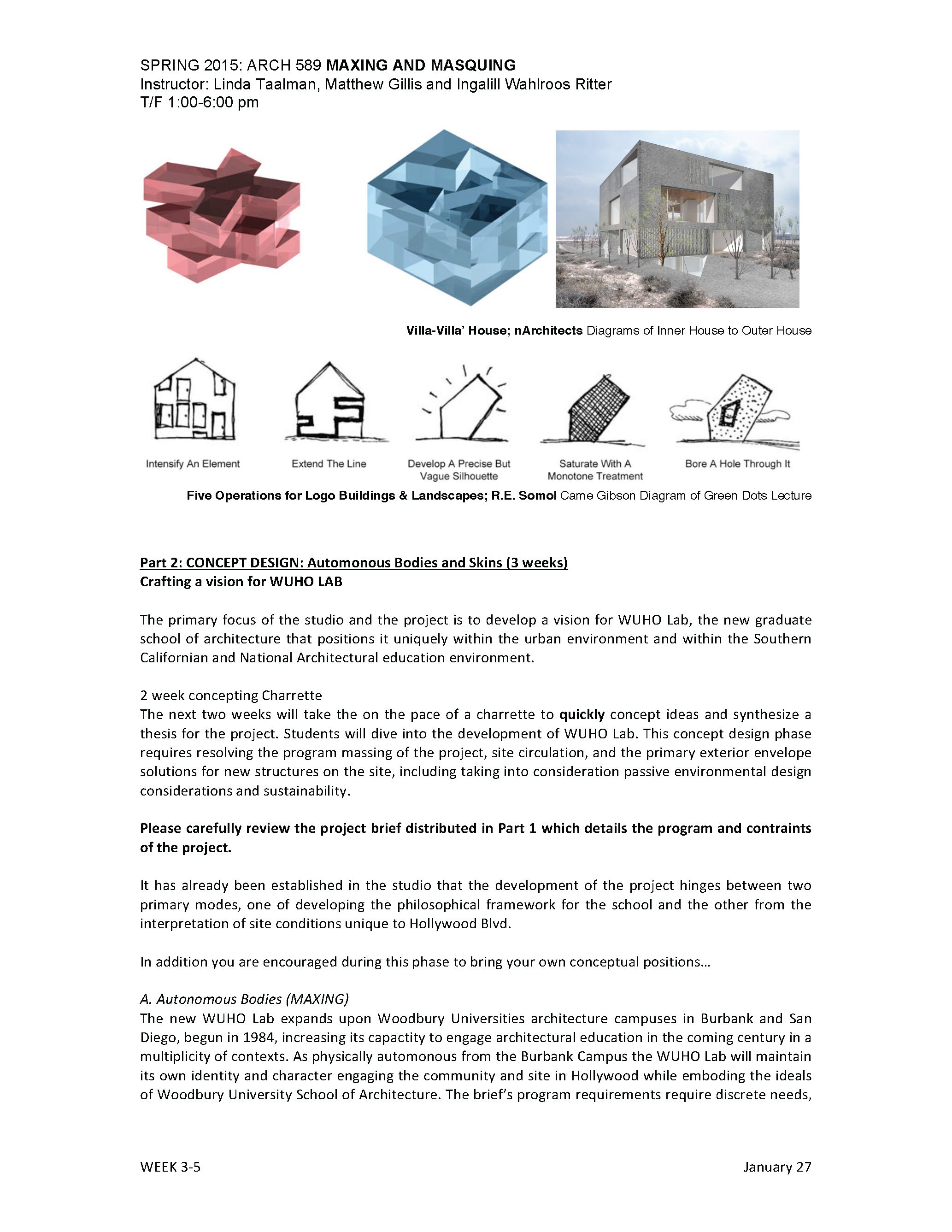

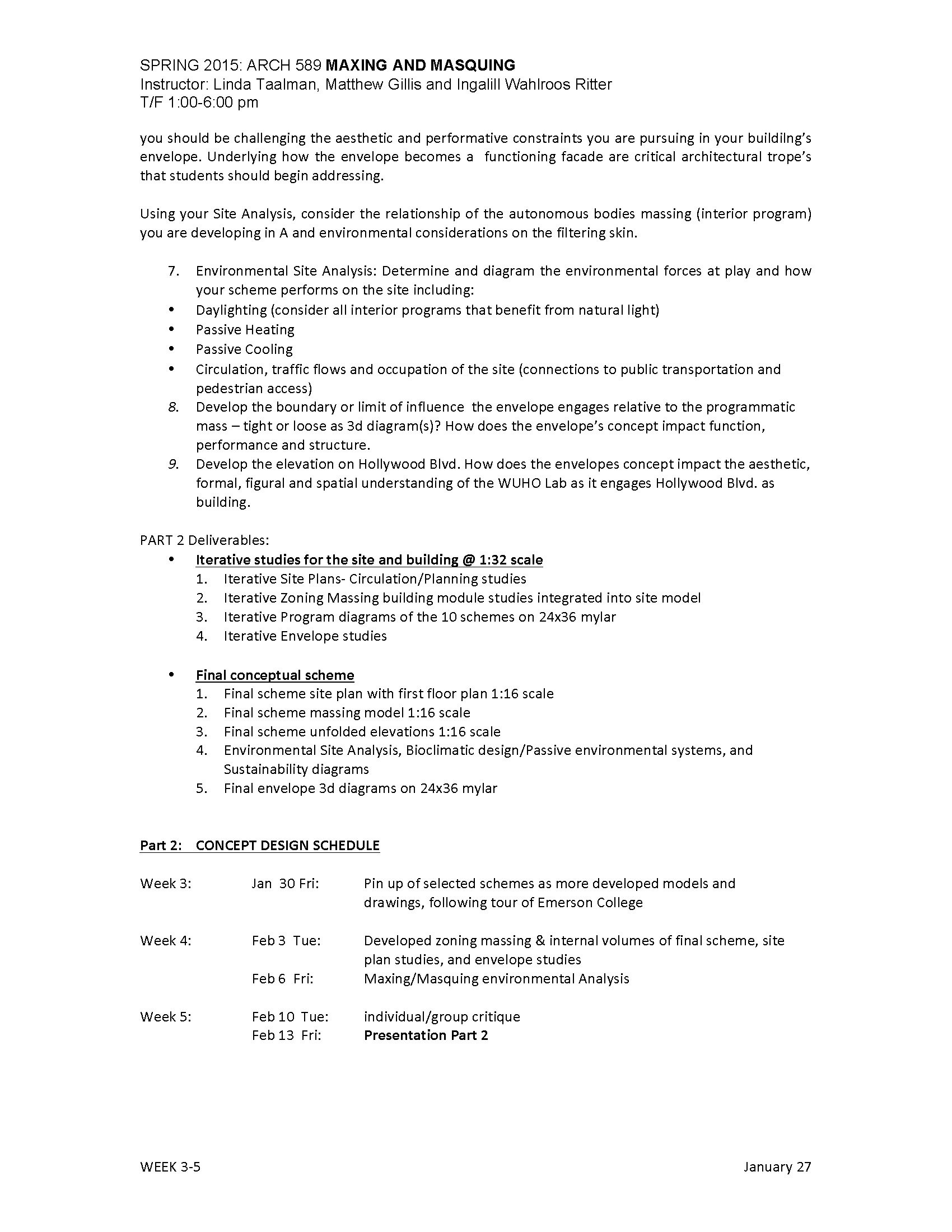

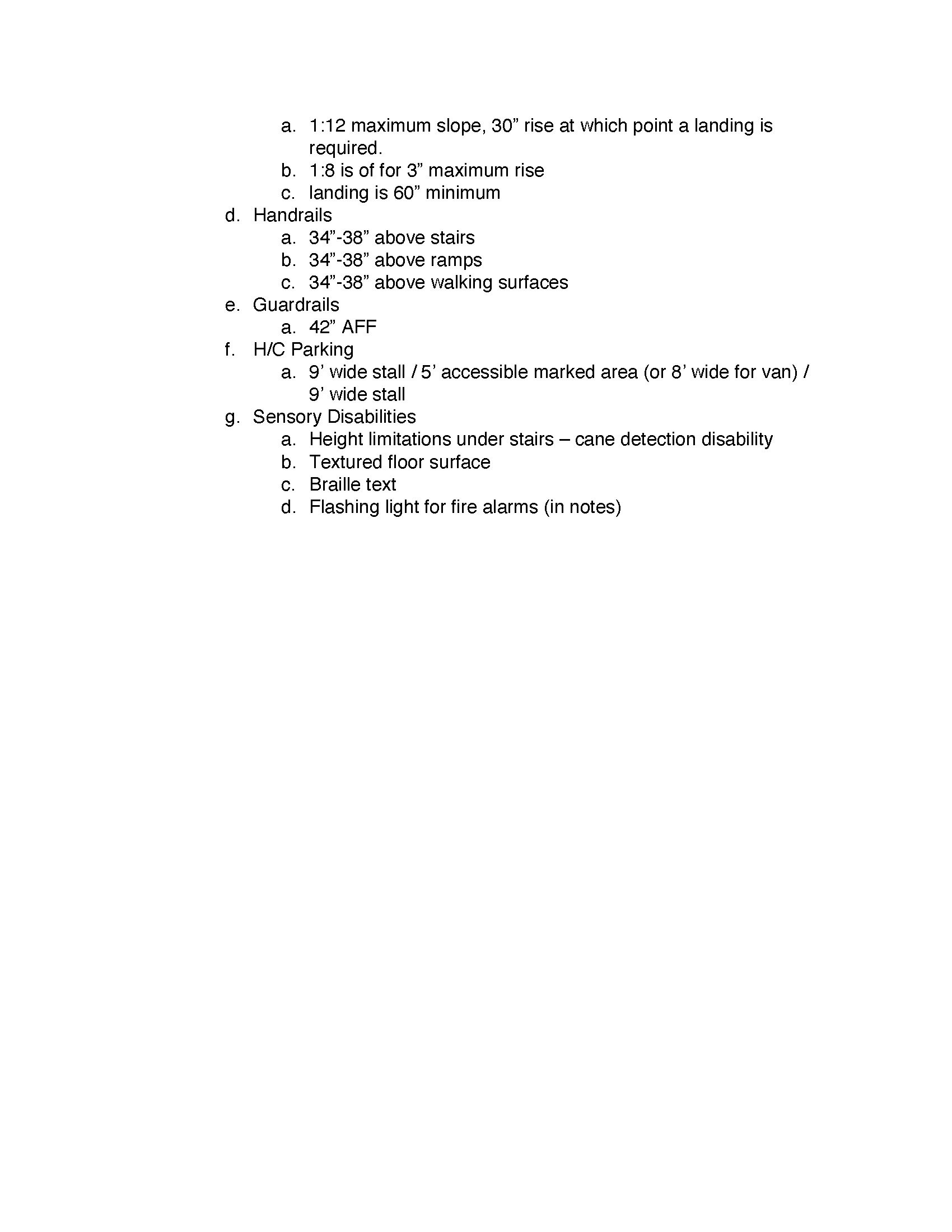

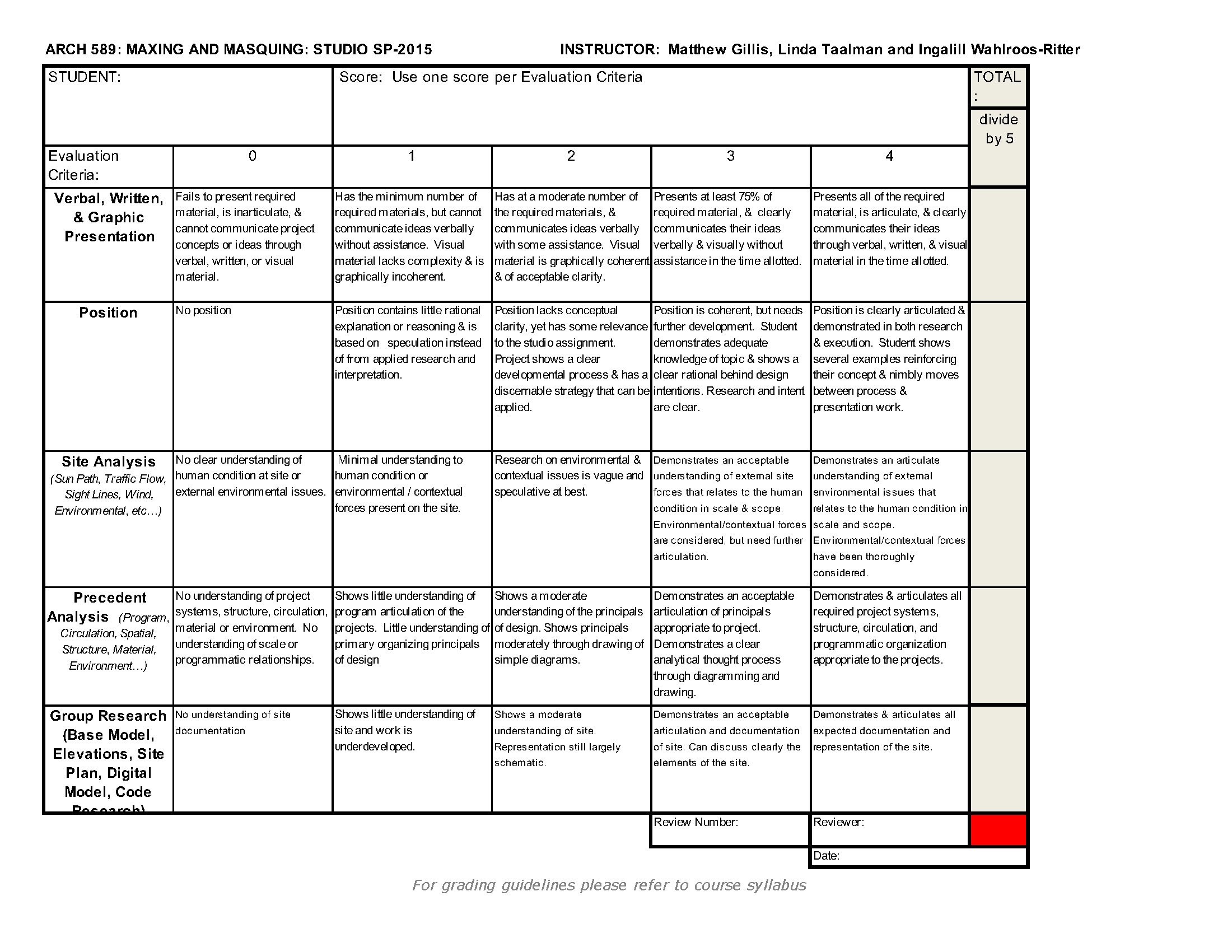





Fieldwork Tahiti
I have led multiple study-away studios with undergraduate architecture and interior design students who are in their 2nd through 4th years of study. Three of these studios were to the islands of Polynesia where the design prompt was to use common, local materials to mitigate the effects of climate change through designs of simple dwellings.














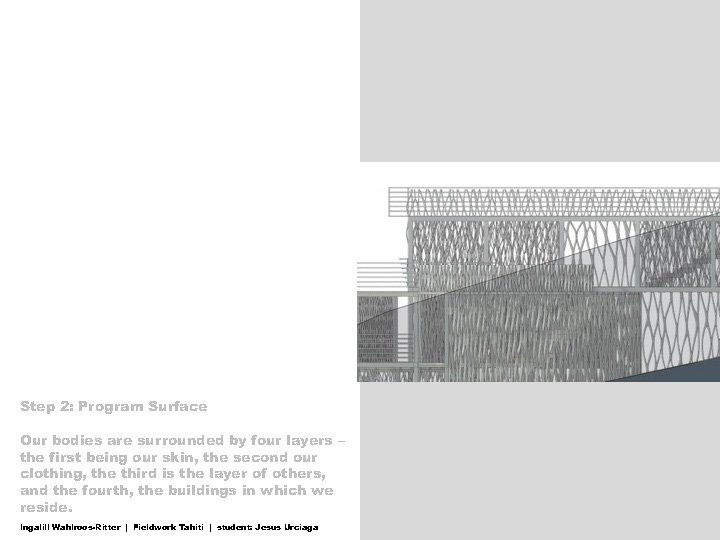






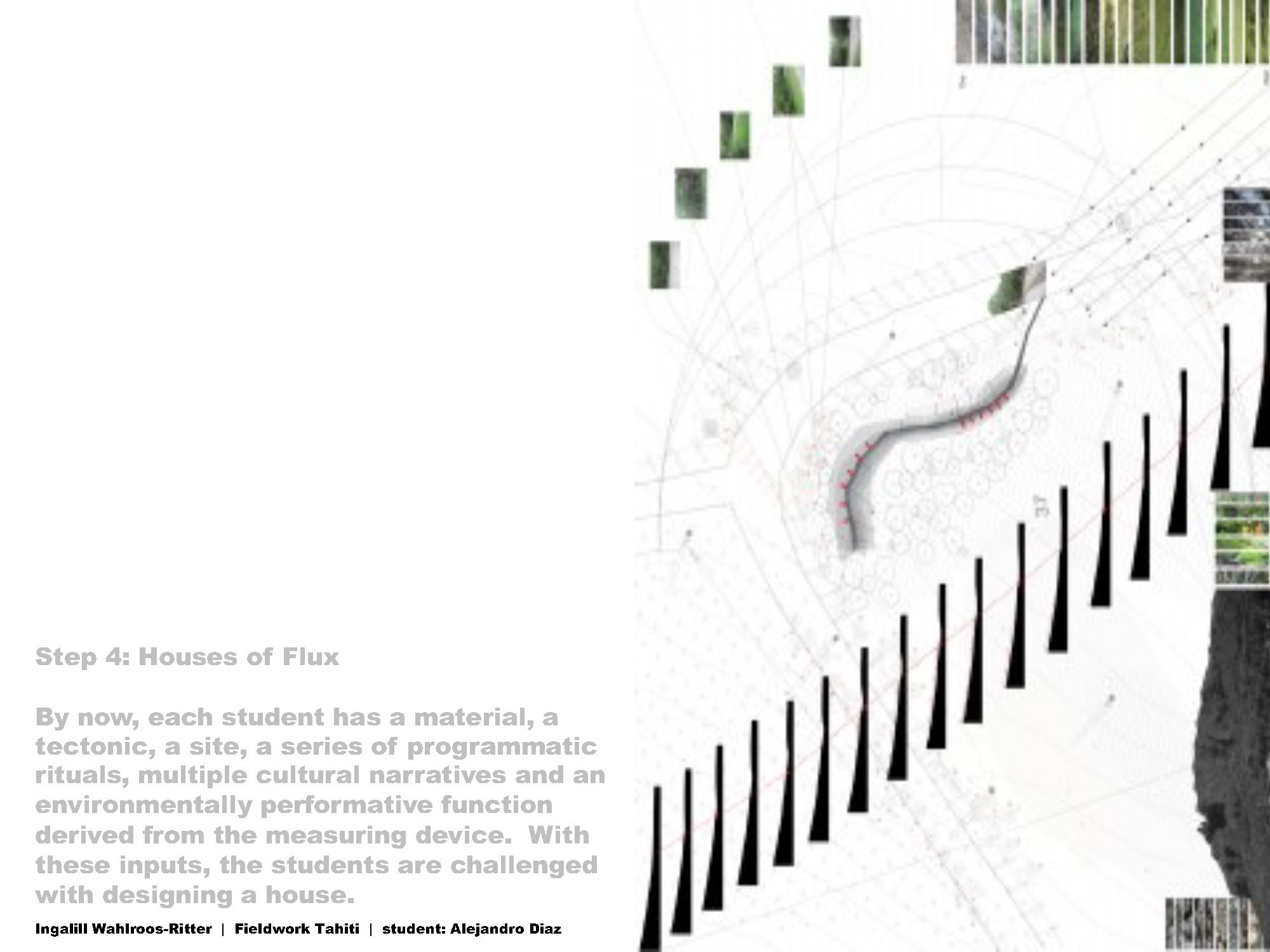

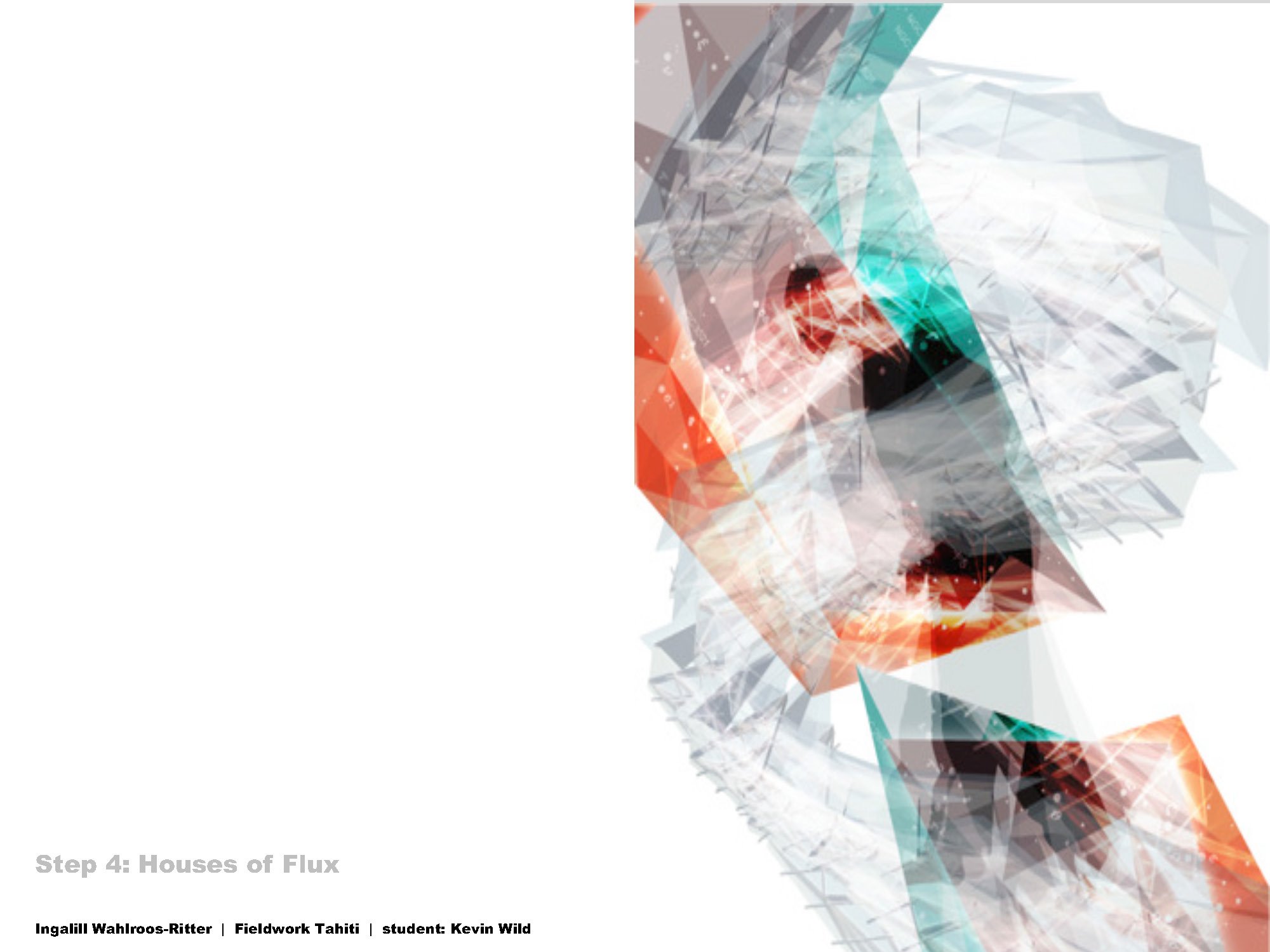
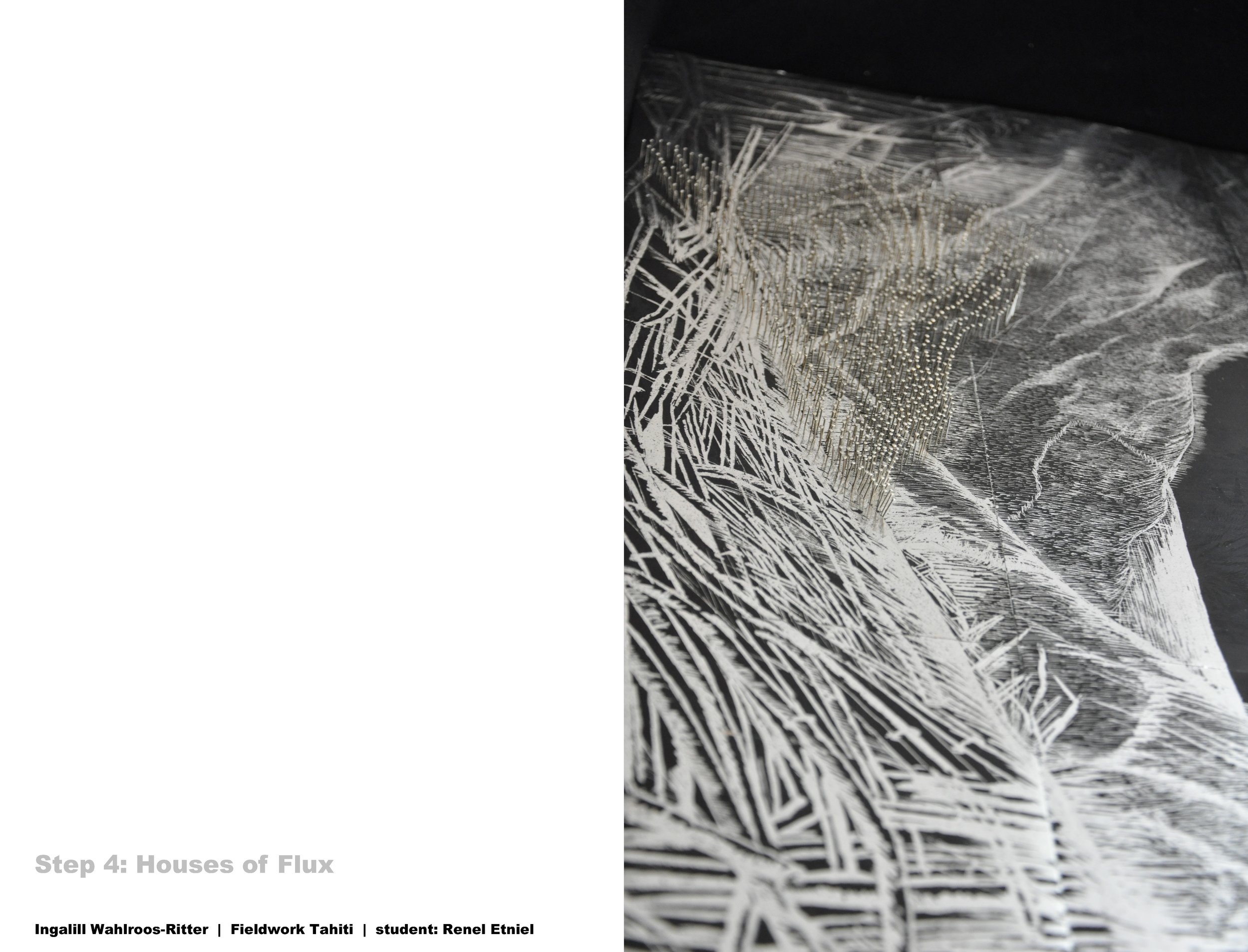







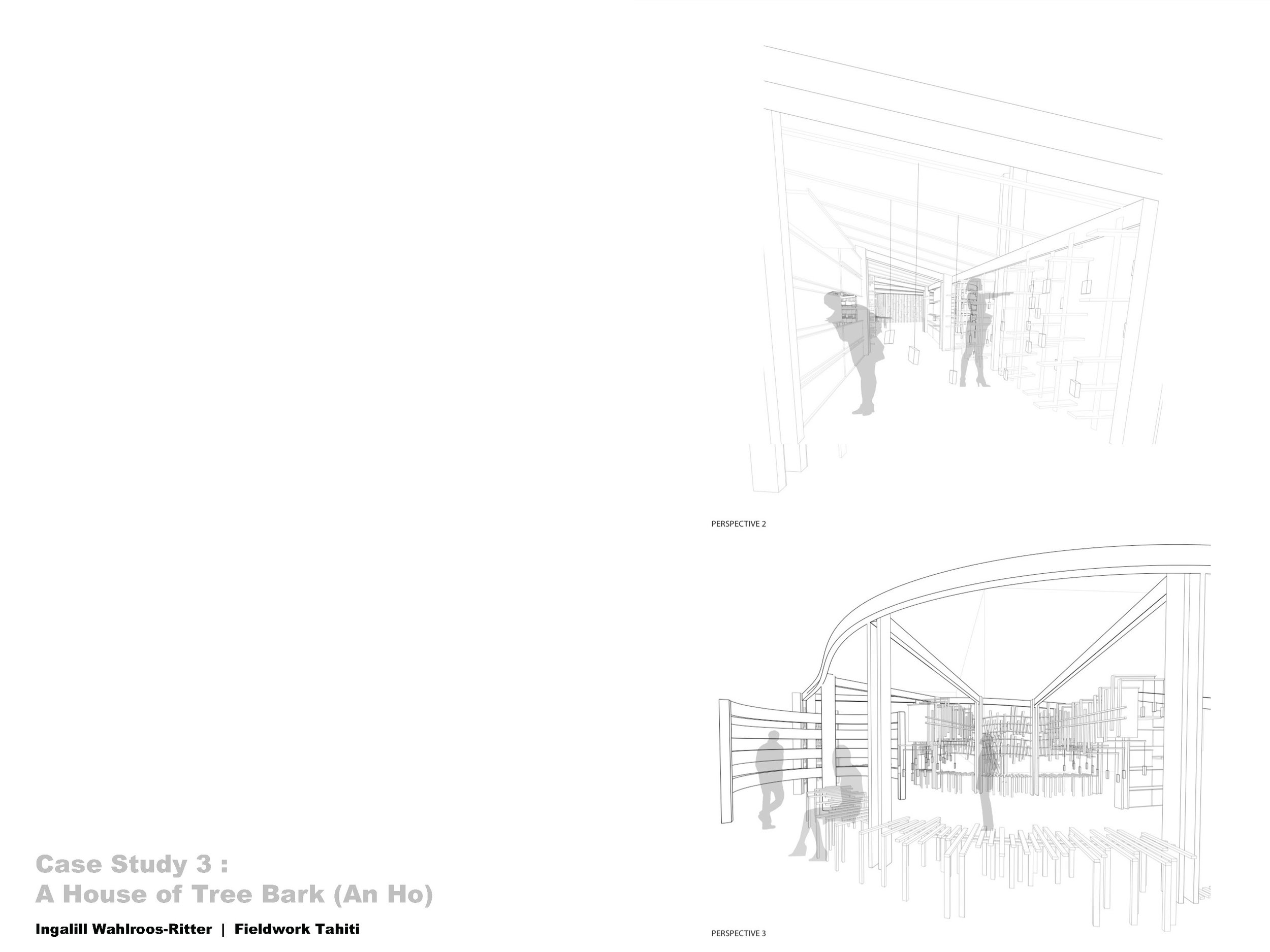







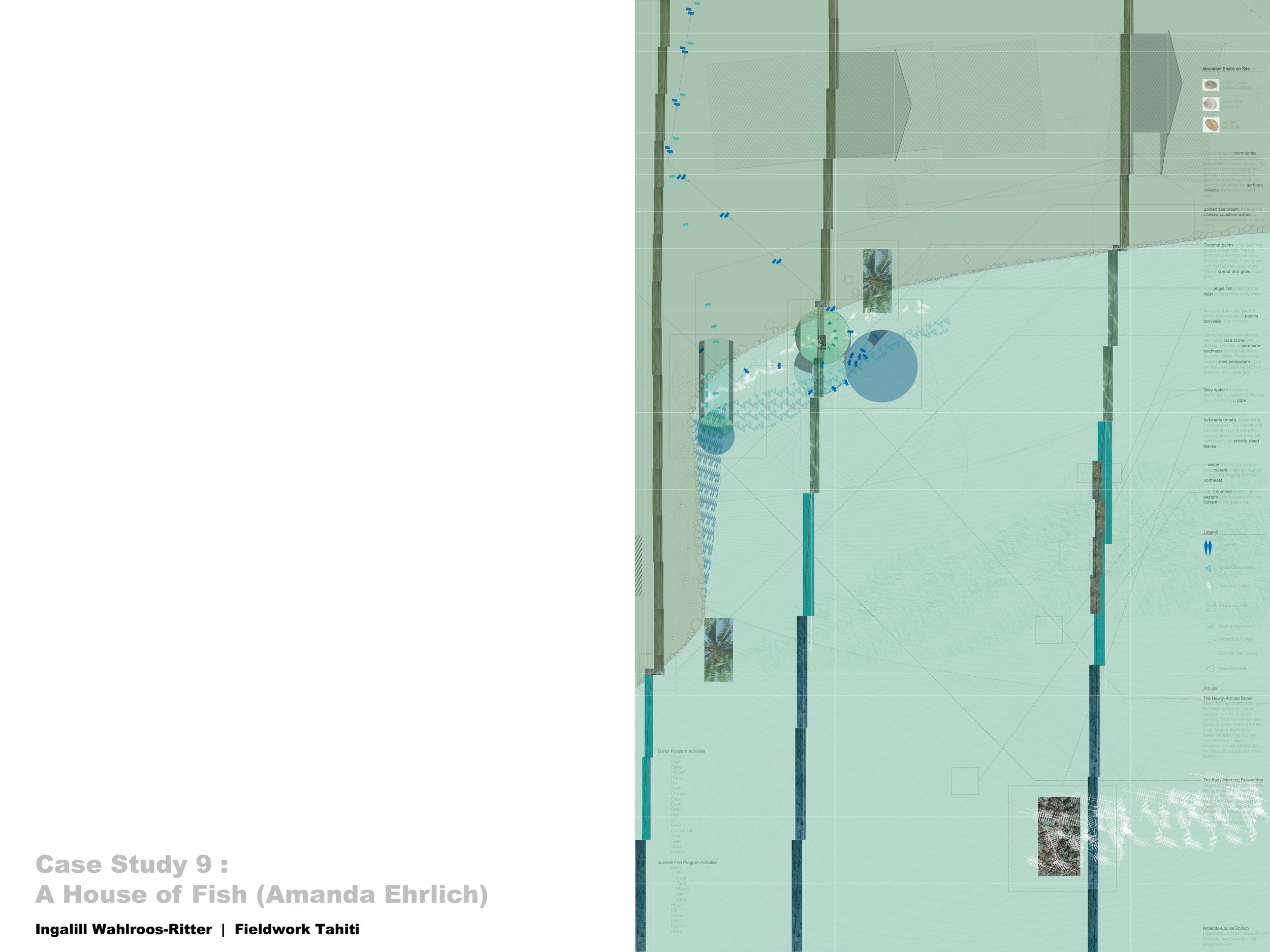







Creative Portfolio
The creative portfolio below includes samples of my student’s work, architecture projects I have designed and built, projects on which I acted as façade consultant, and exhibitions I have produced.
I am an educator and a practicing architect and strive for a seamlessness between my professional work – focused on building sciences, sustainable technologies, and social justice – and what I teach. I bring my professional experience to the classroom while helping each student develop her/his/their unique design voice.
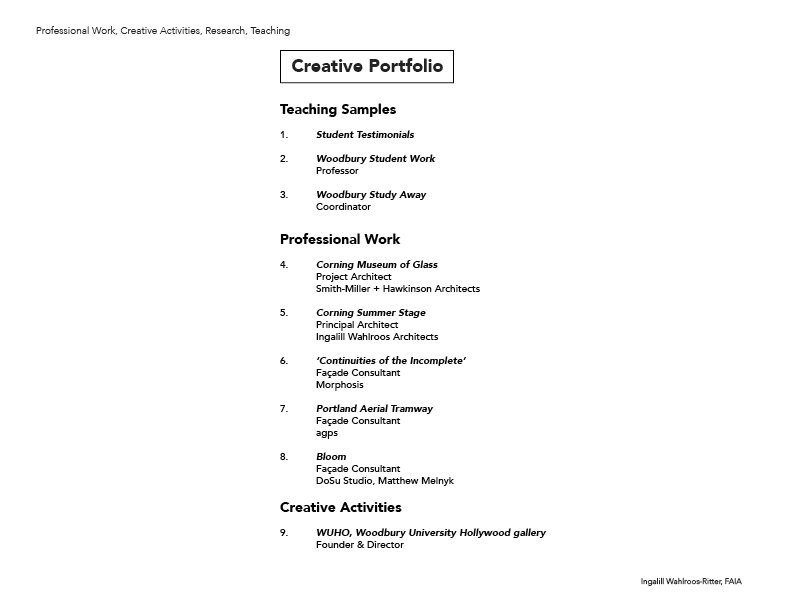
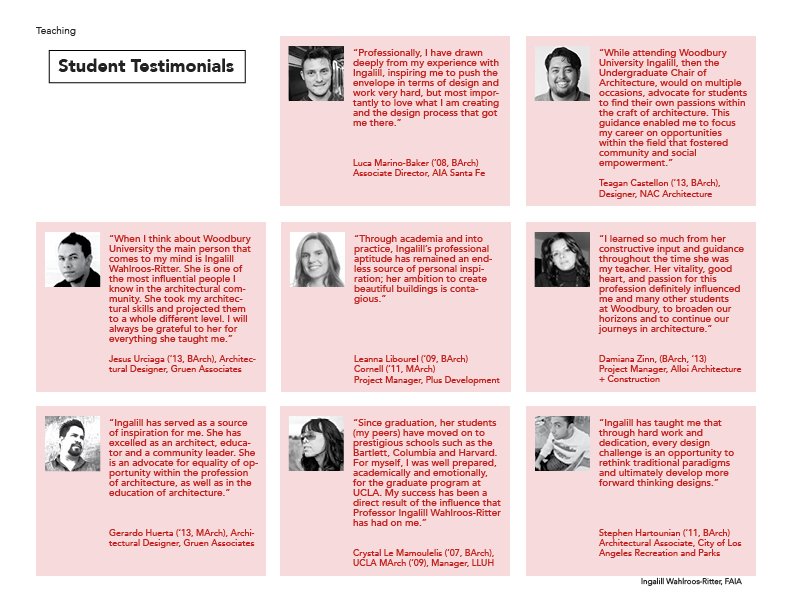
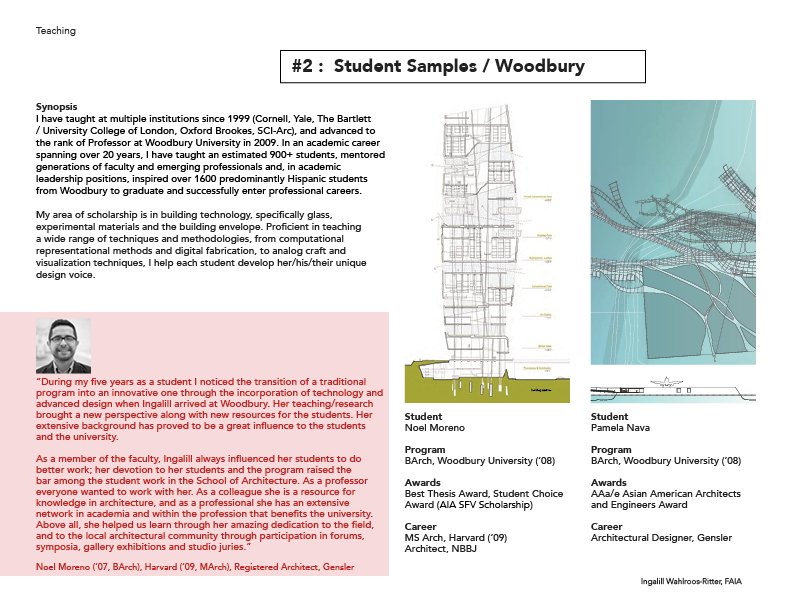
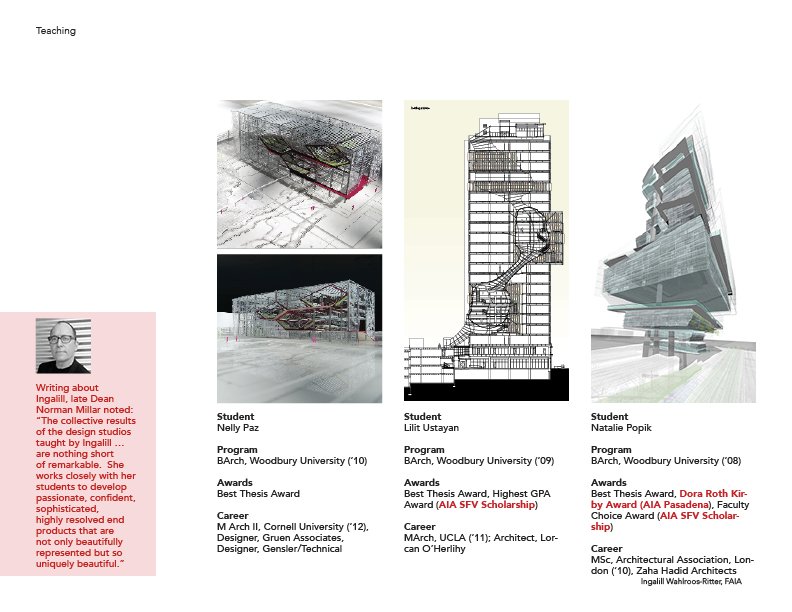
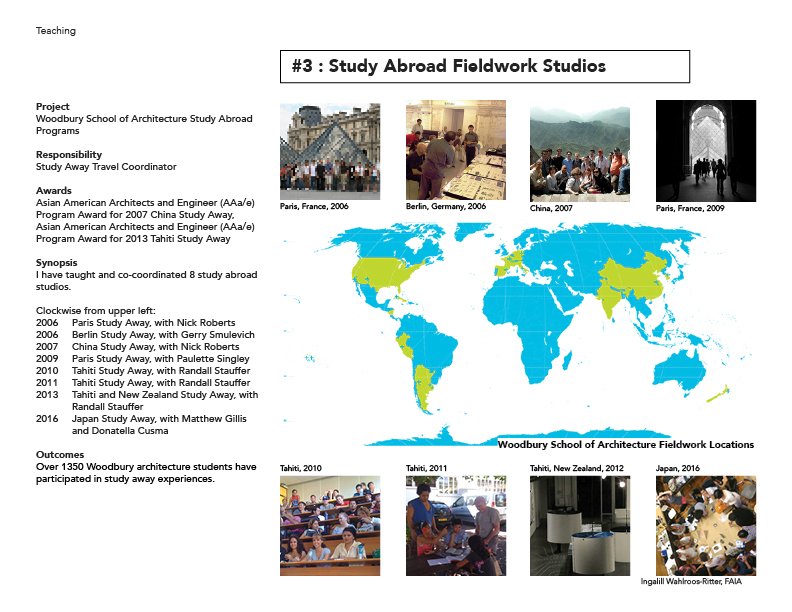
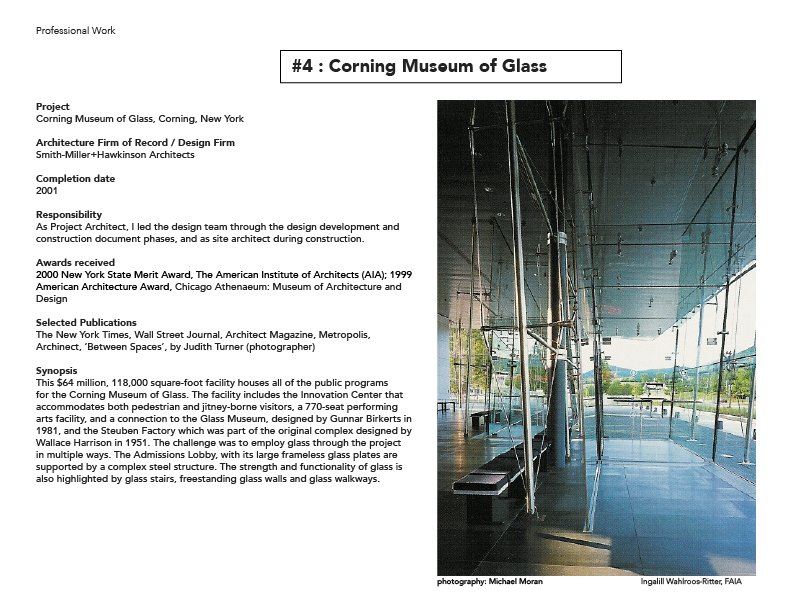





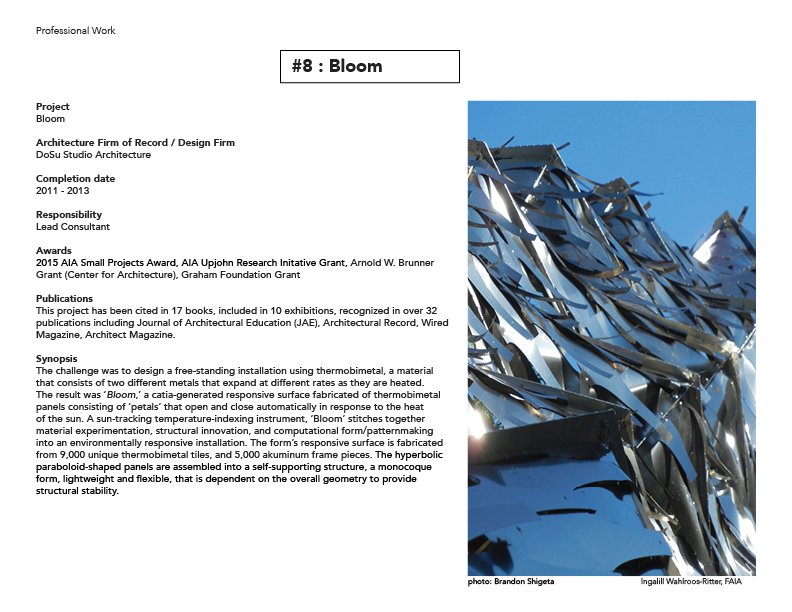
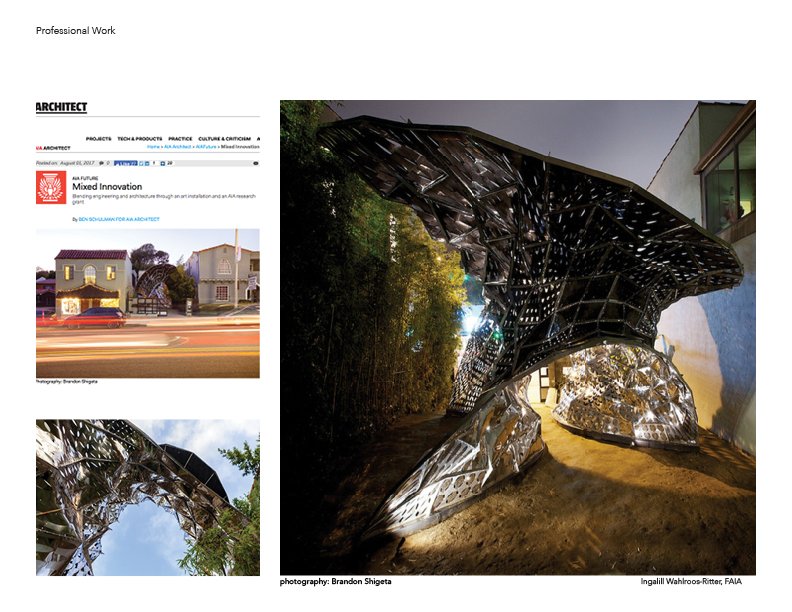

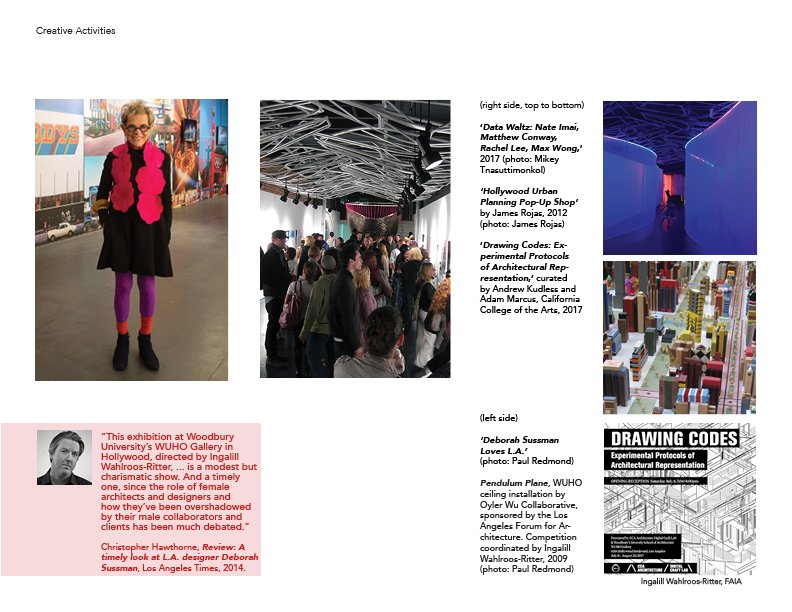
Teaching Experience
2005-2022 Professor, Woodbury University
2003-2005 Building Technology Coordinator, SCI-Arc
2003-2006 Professor of Practice, Yale University
2002-2003 Design & Technical Tutor, The Bartlett (University College of London)
2002-2003 Design Tutor, Oxford Brookes
2002 Visiting Lecturer, Pilchuck Glass School
1999-2002 Visiting Professor, Cornell University
Additional samples
… of student work, syllabi and other teaching material are available upon request.
Thank you
BACK TO MAIN PAGE